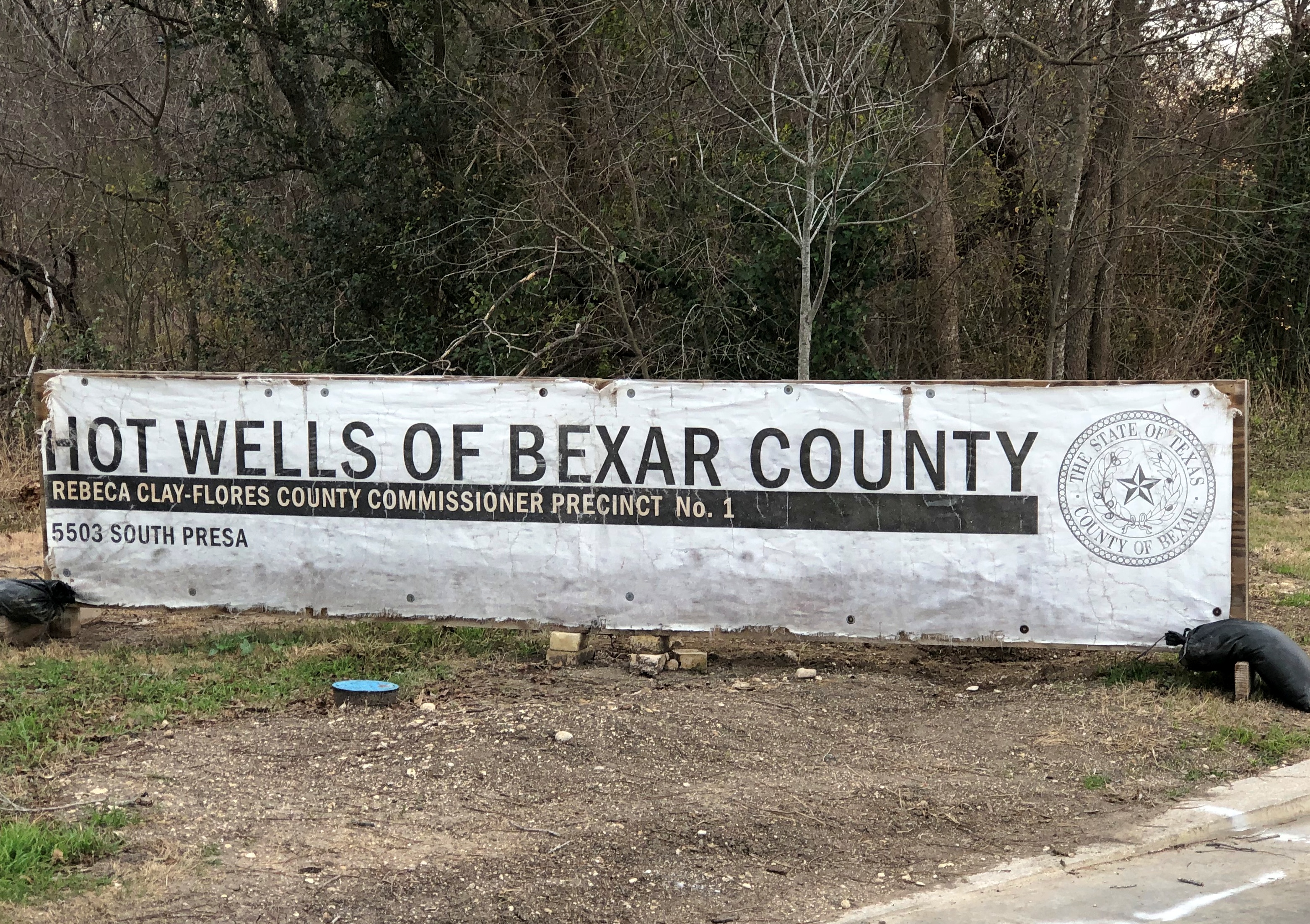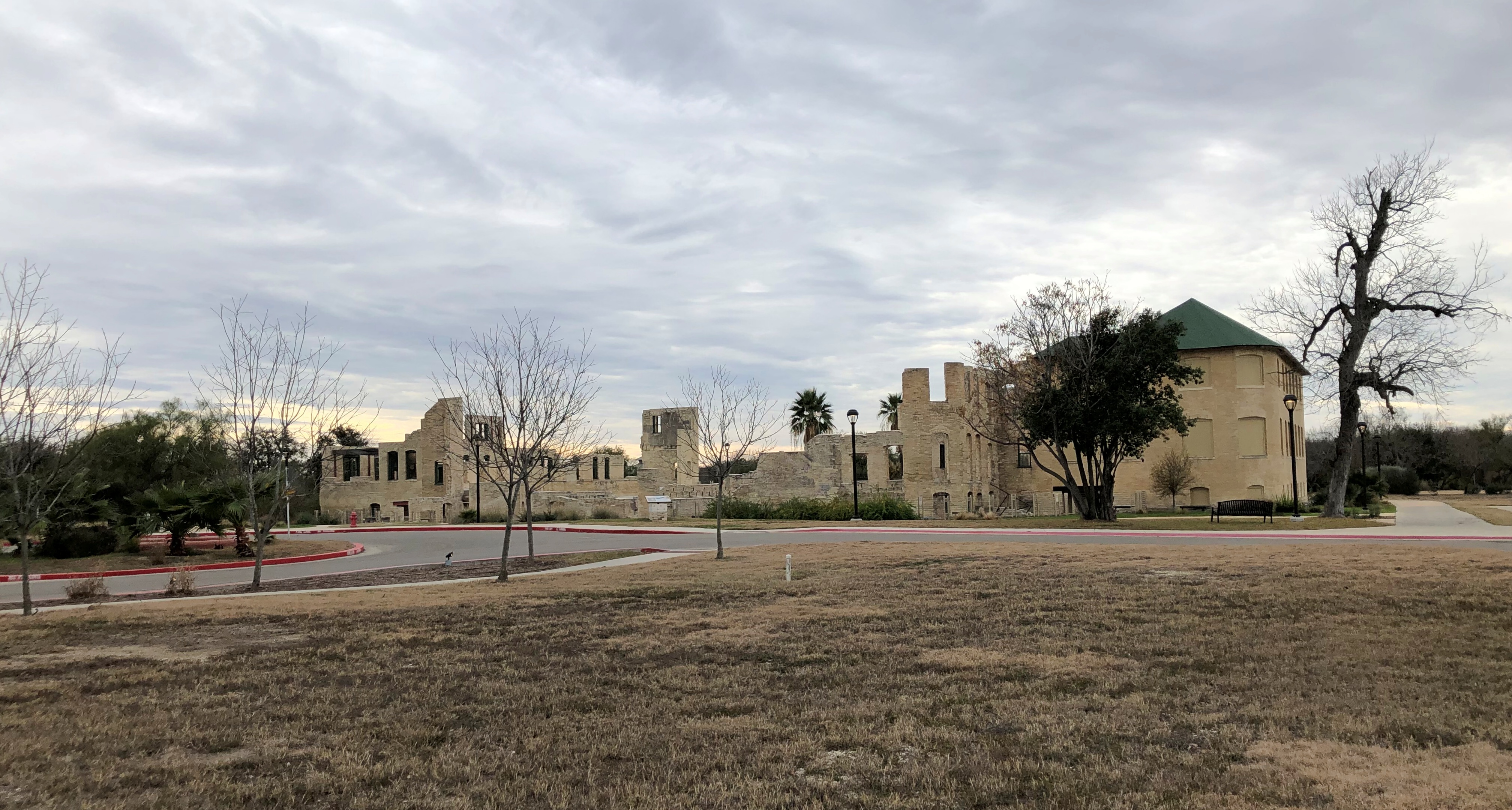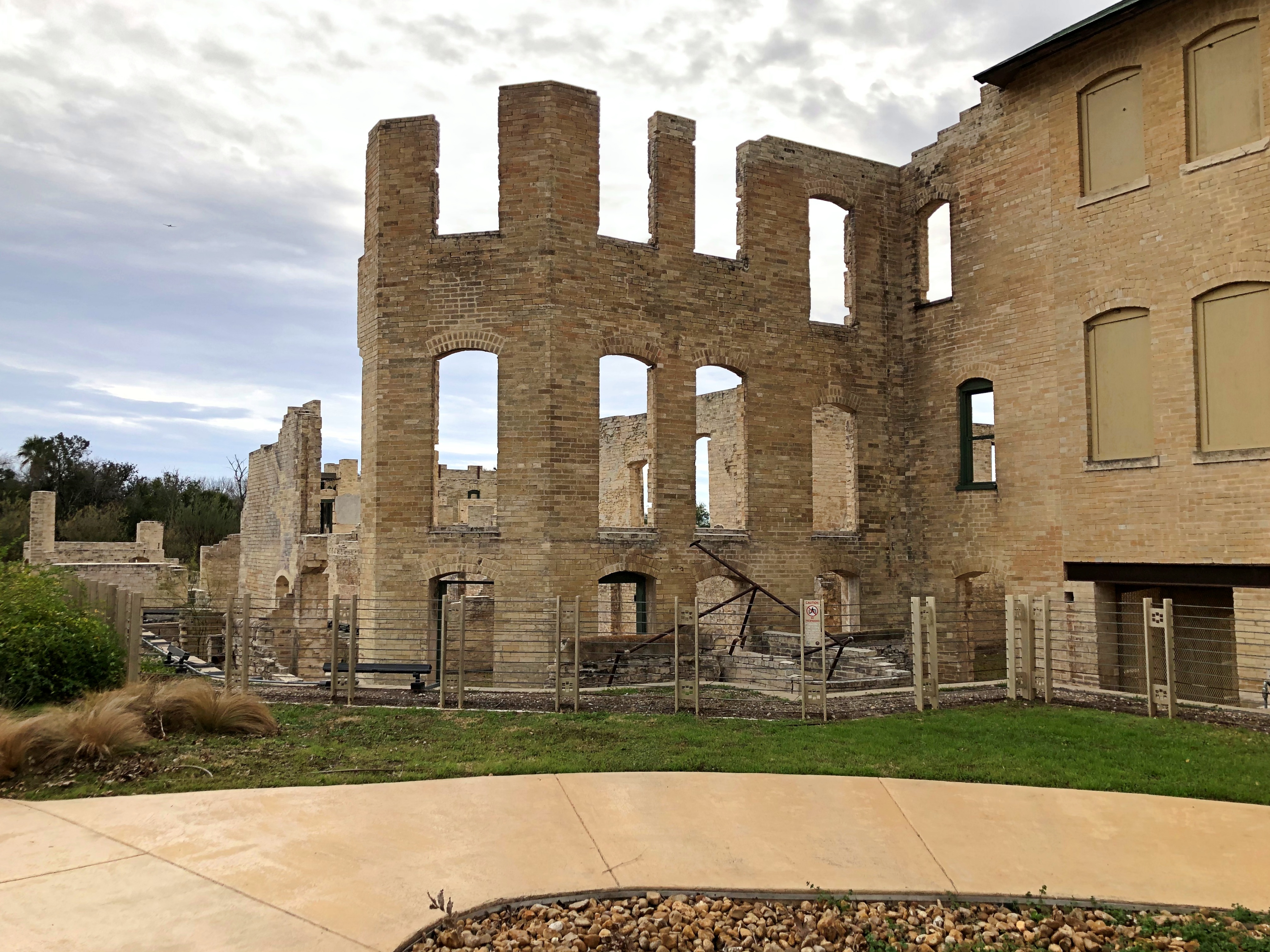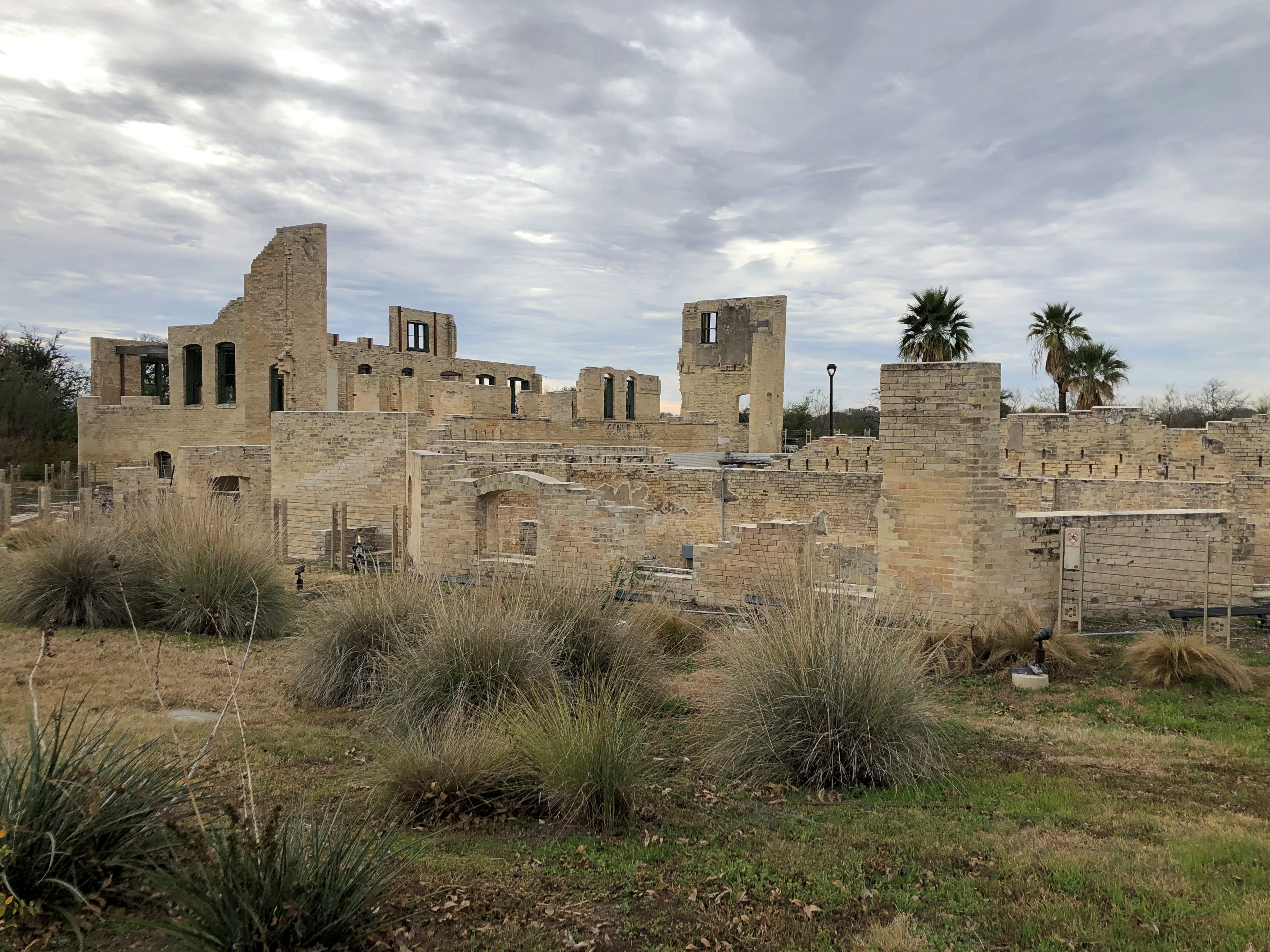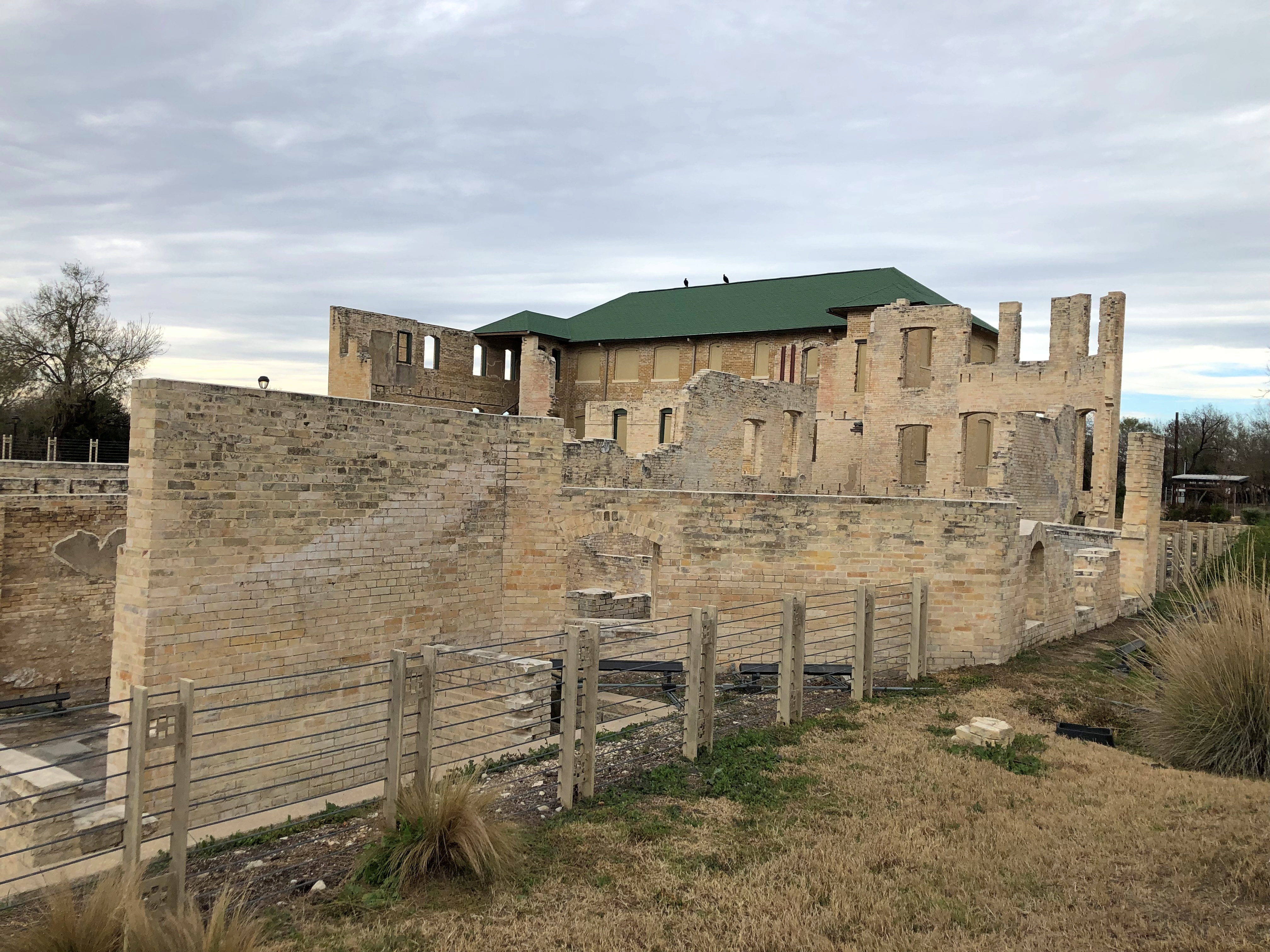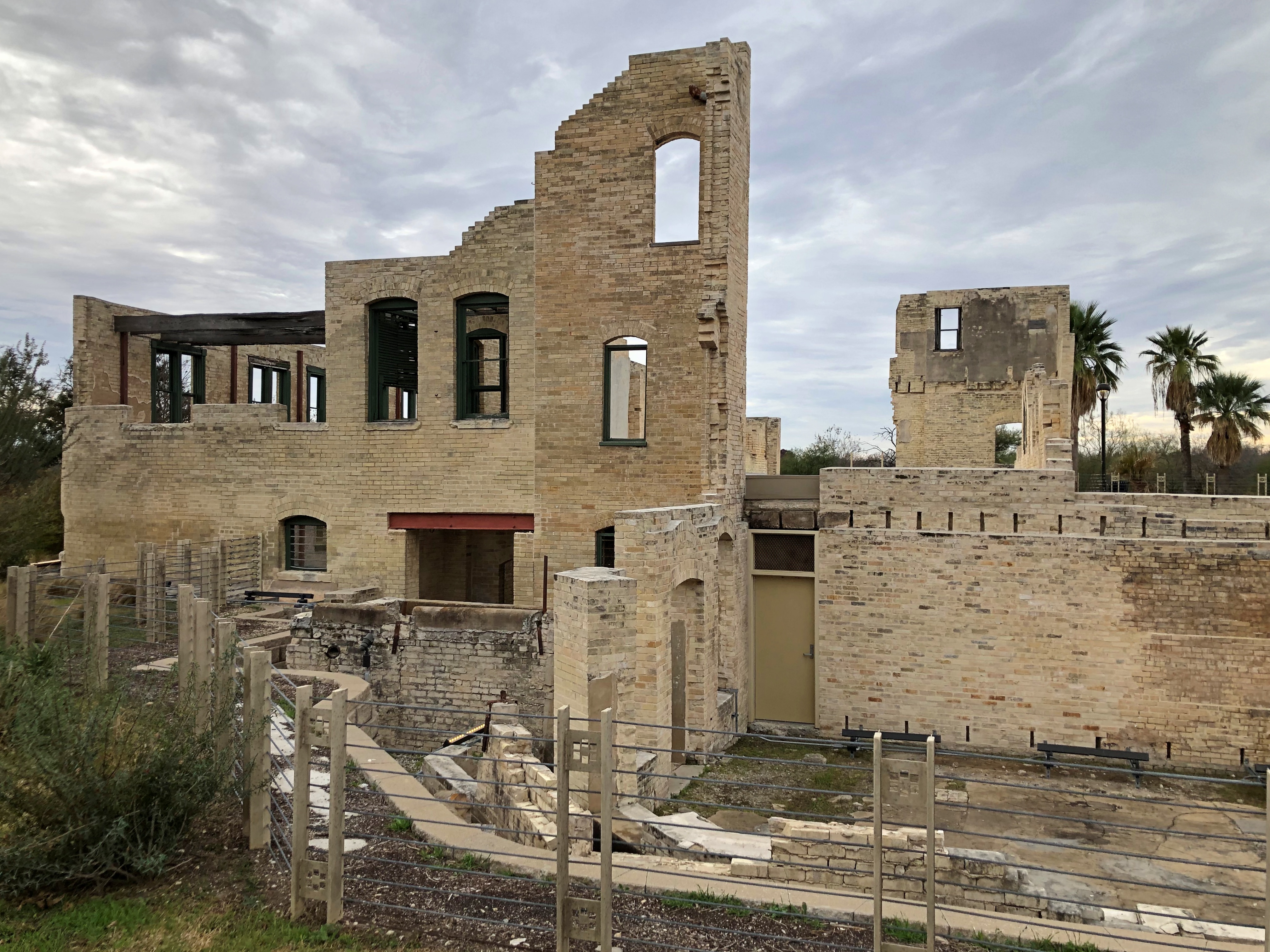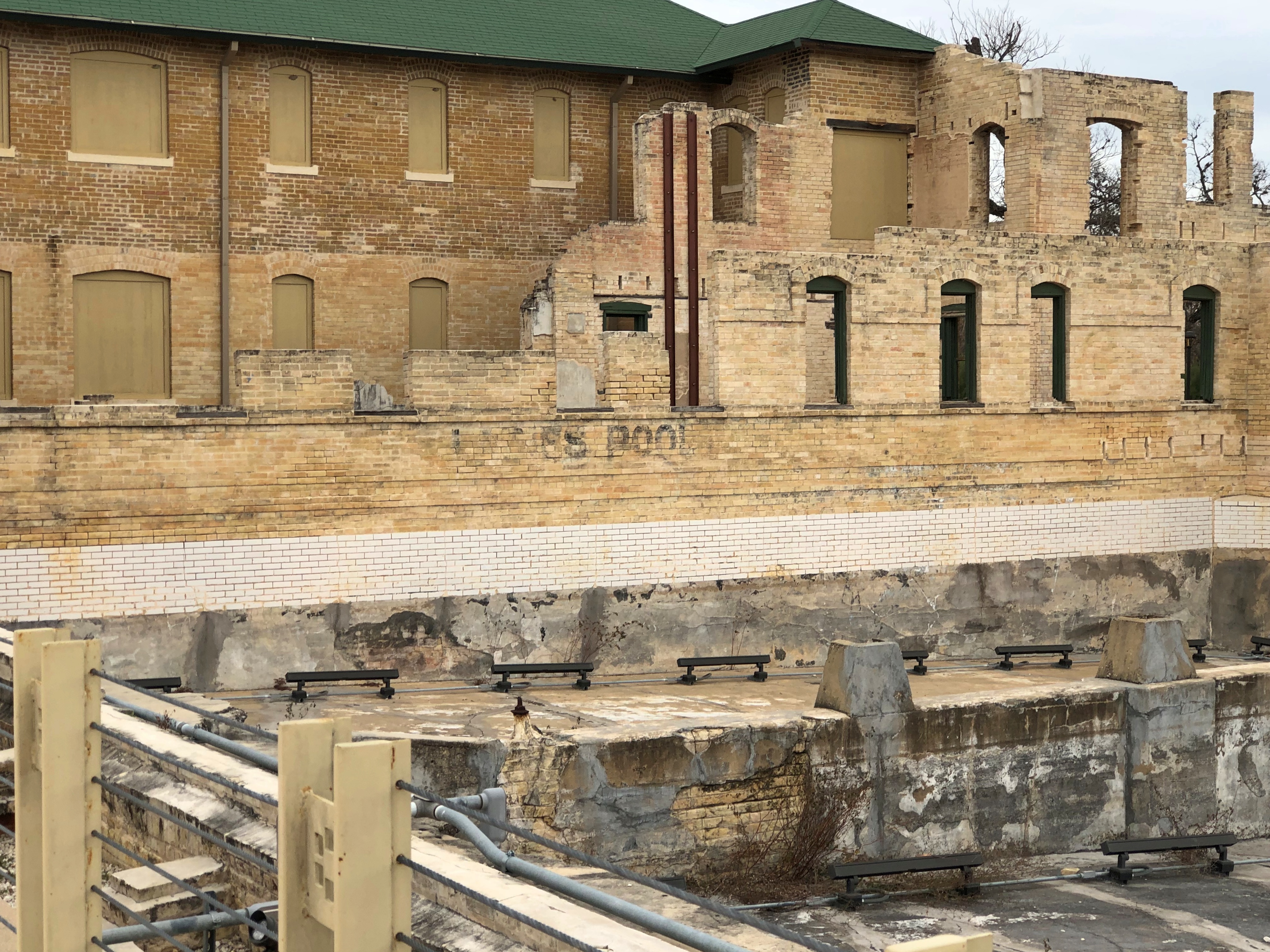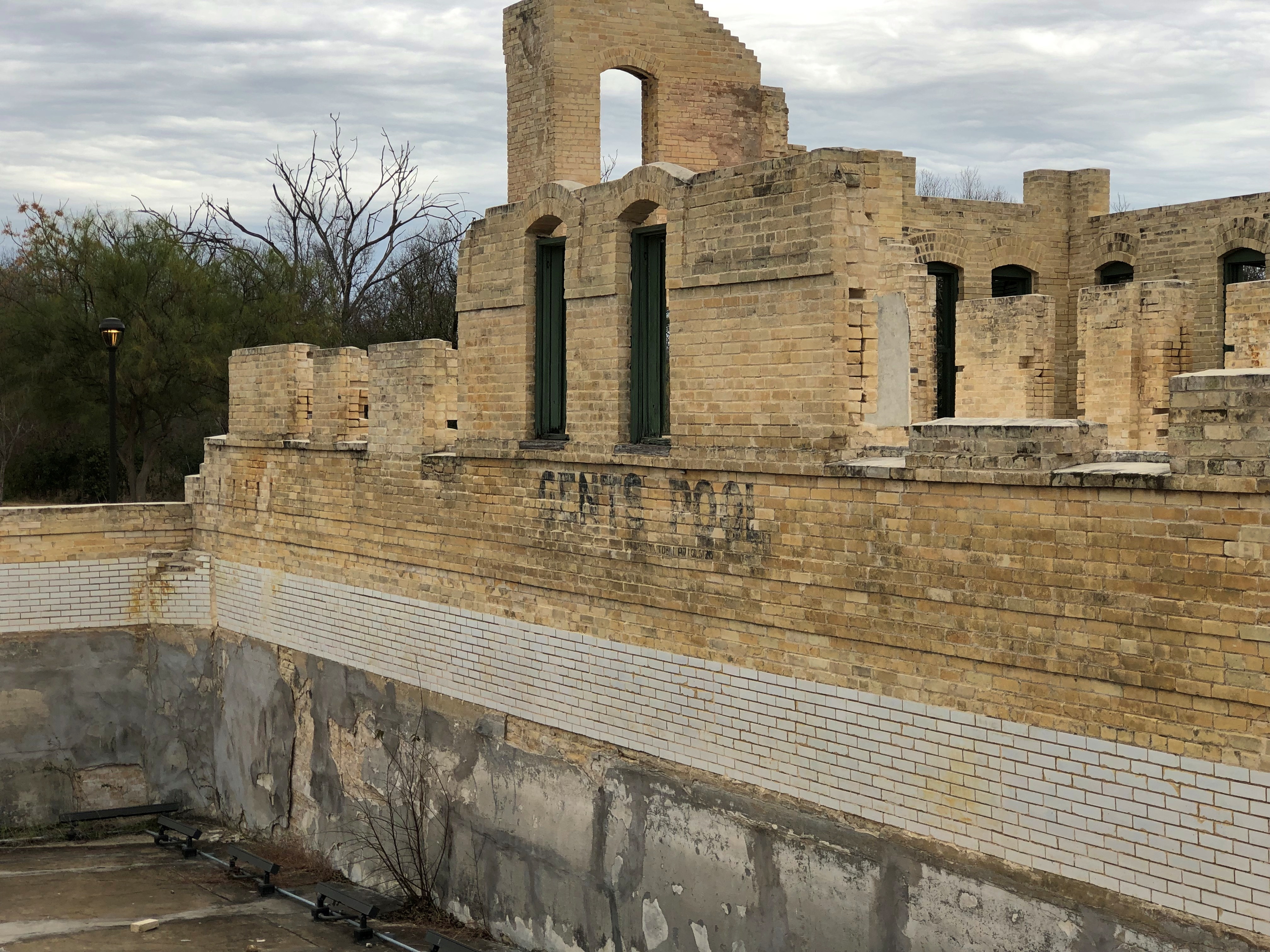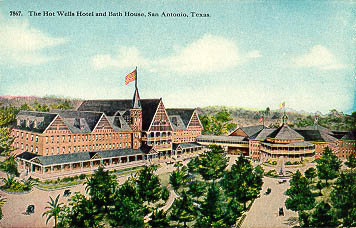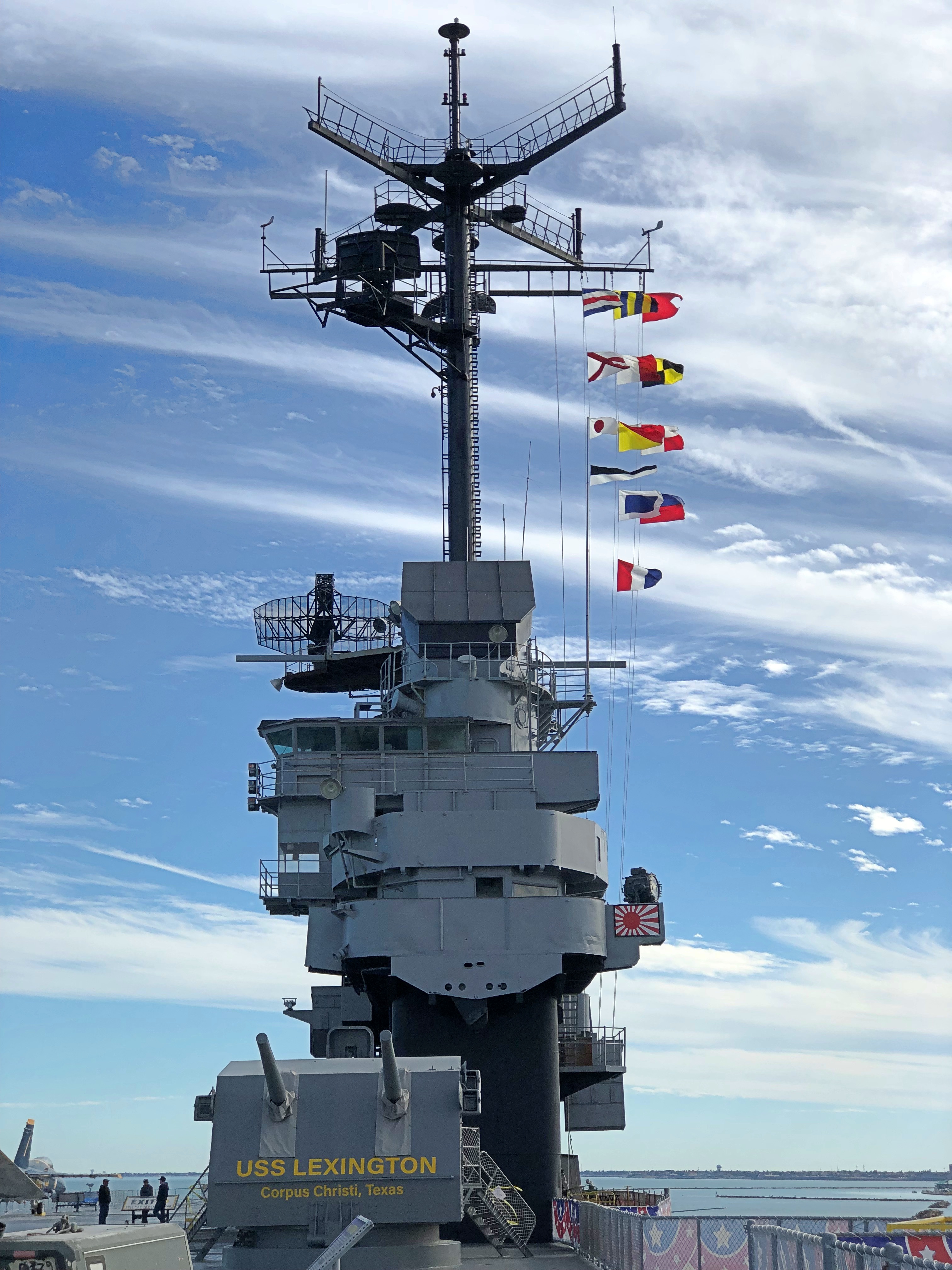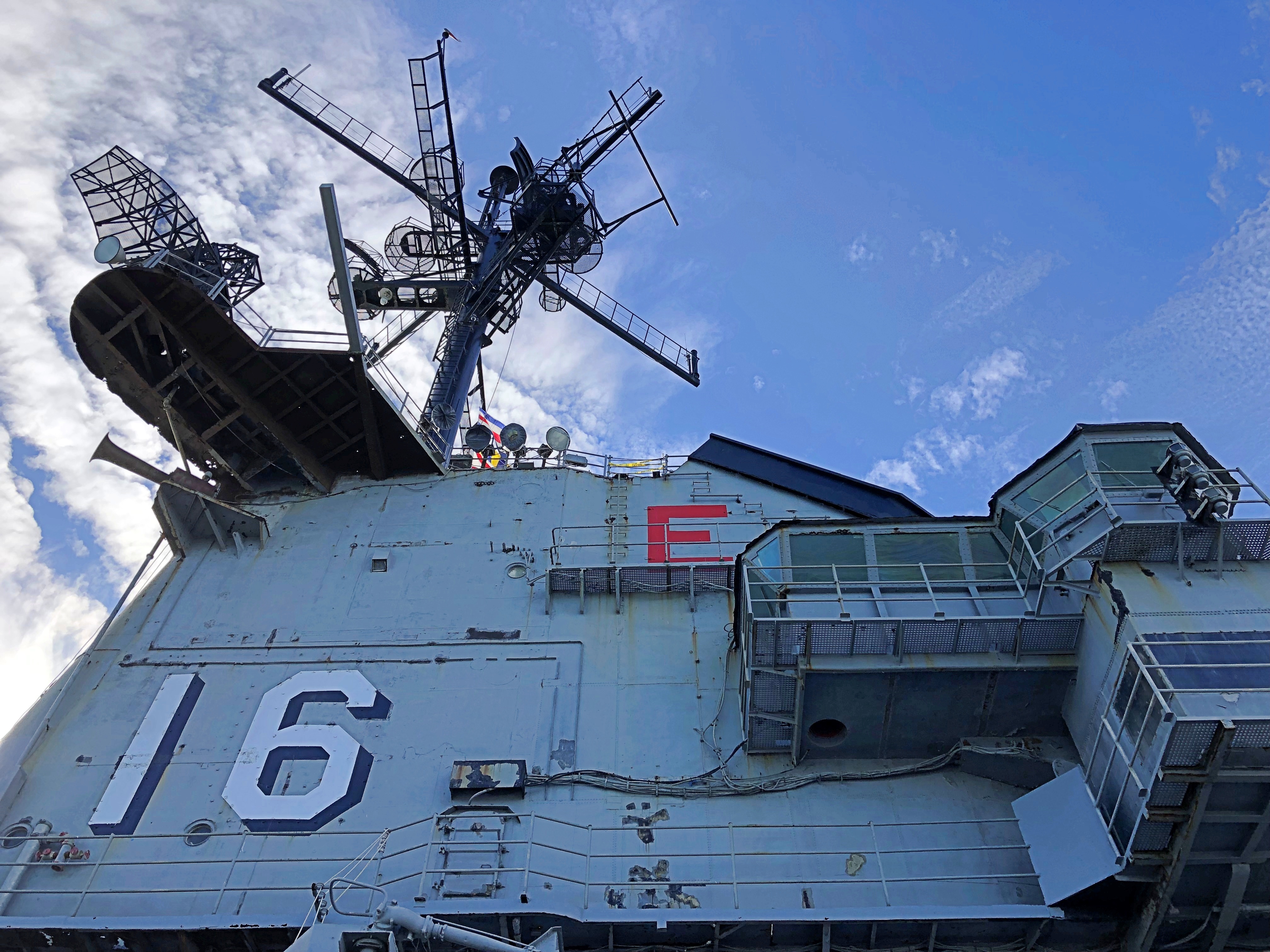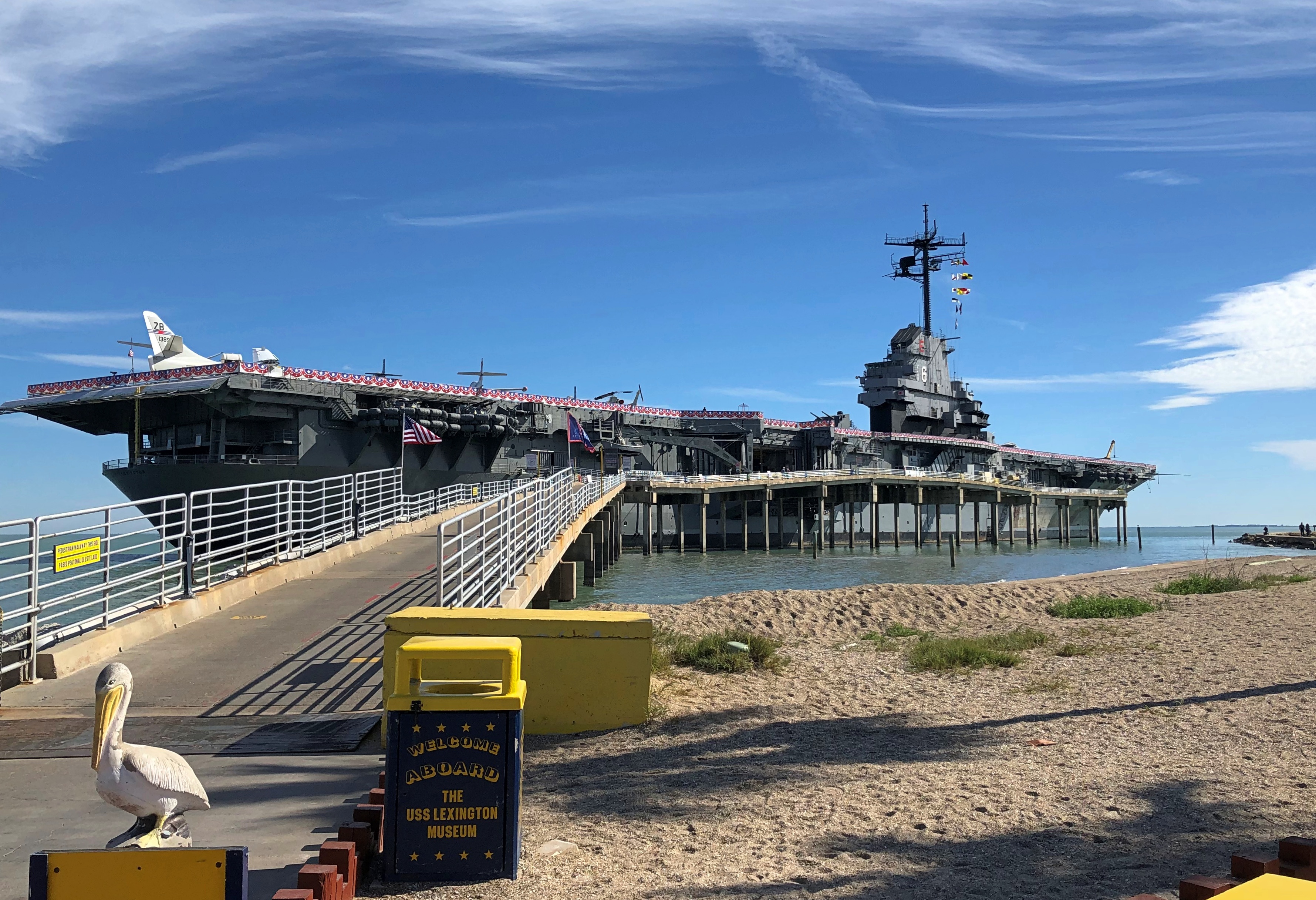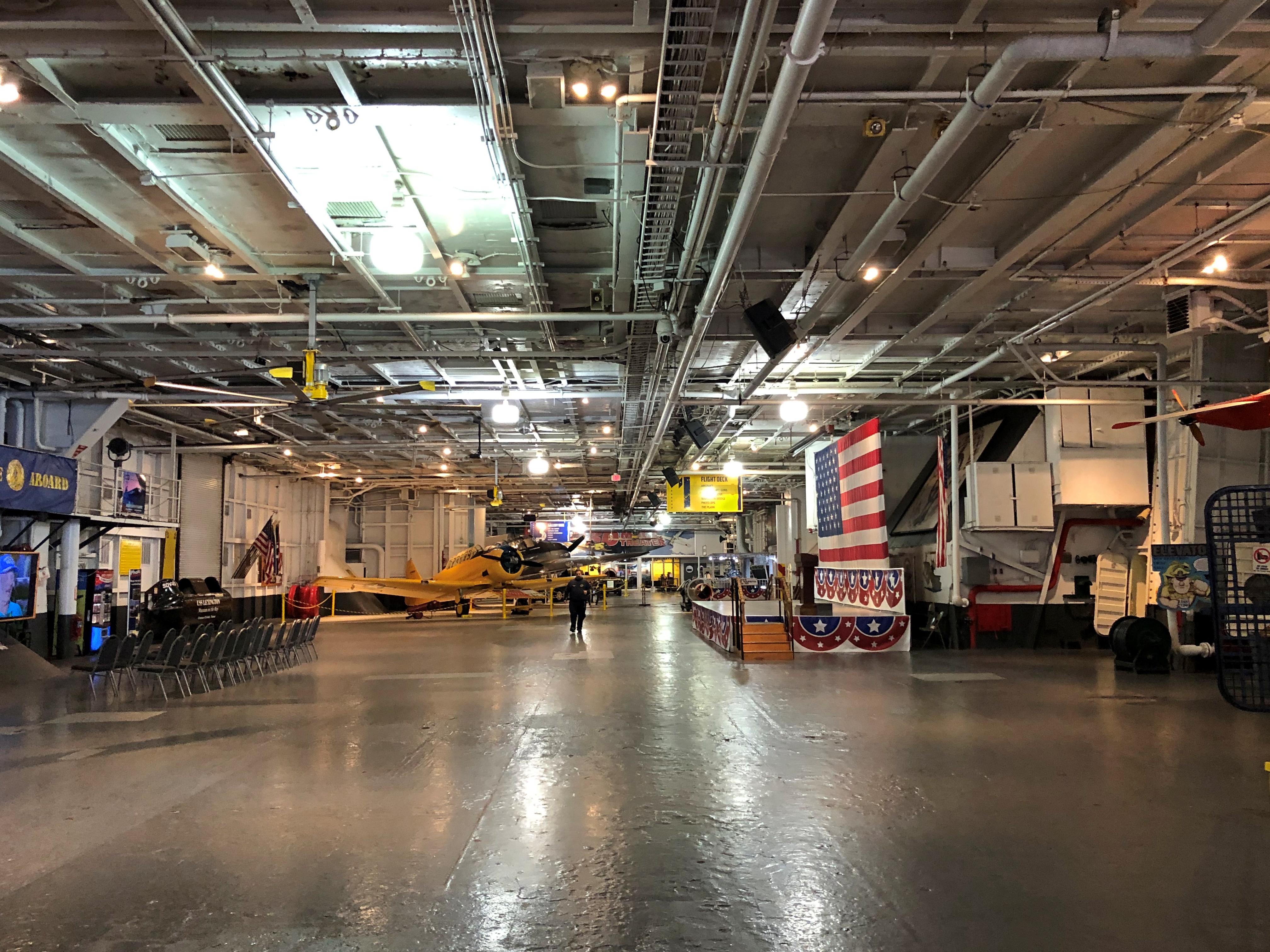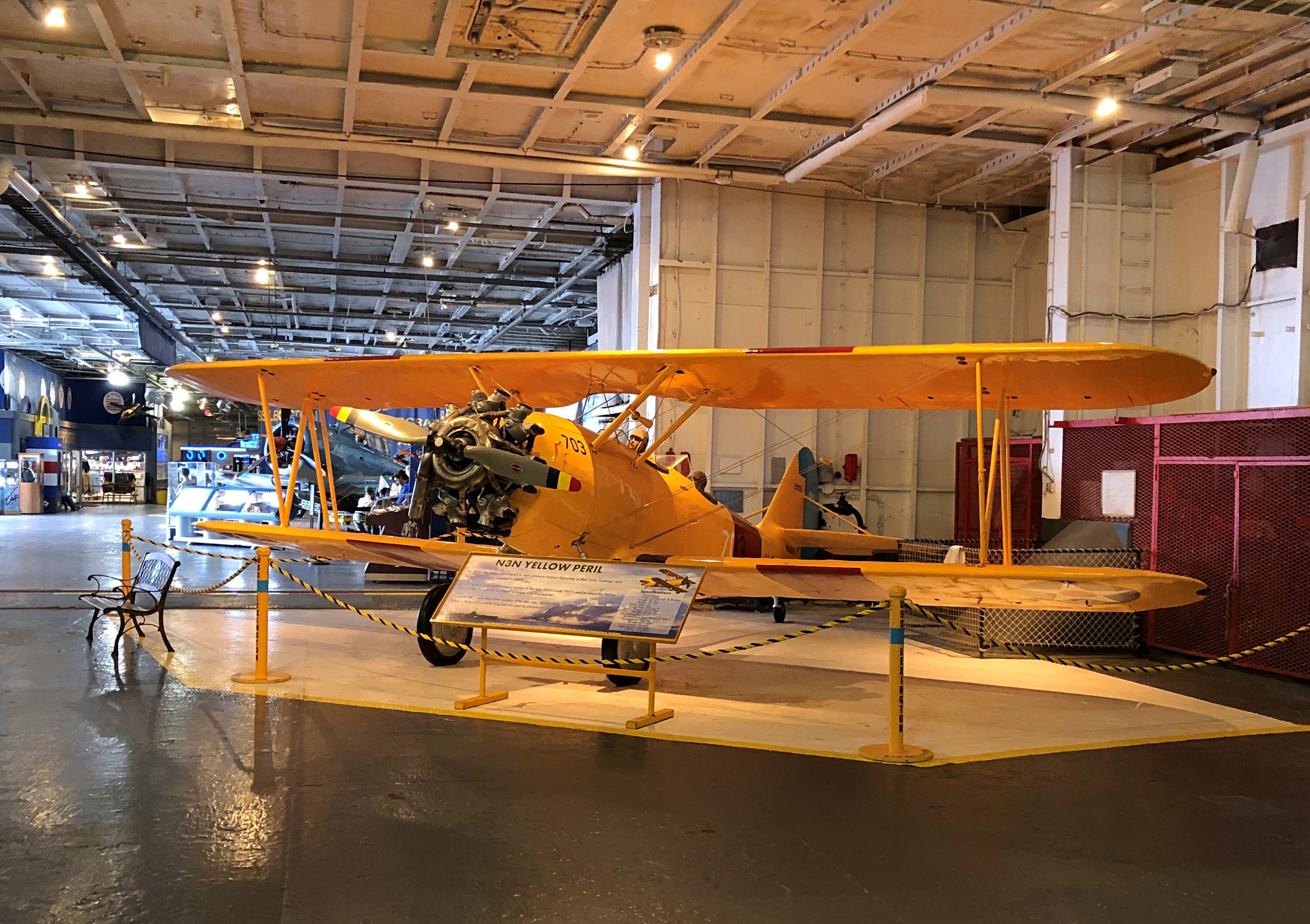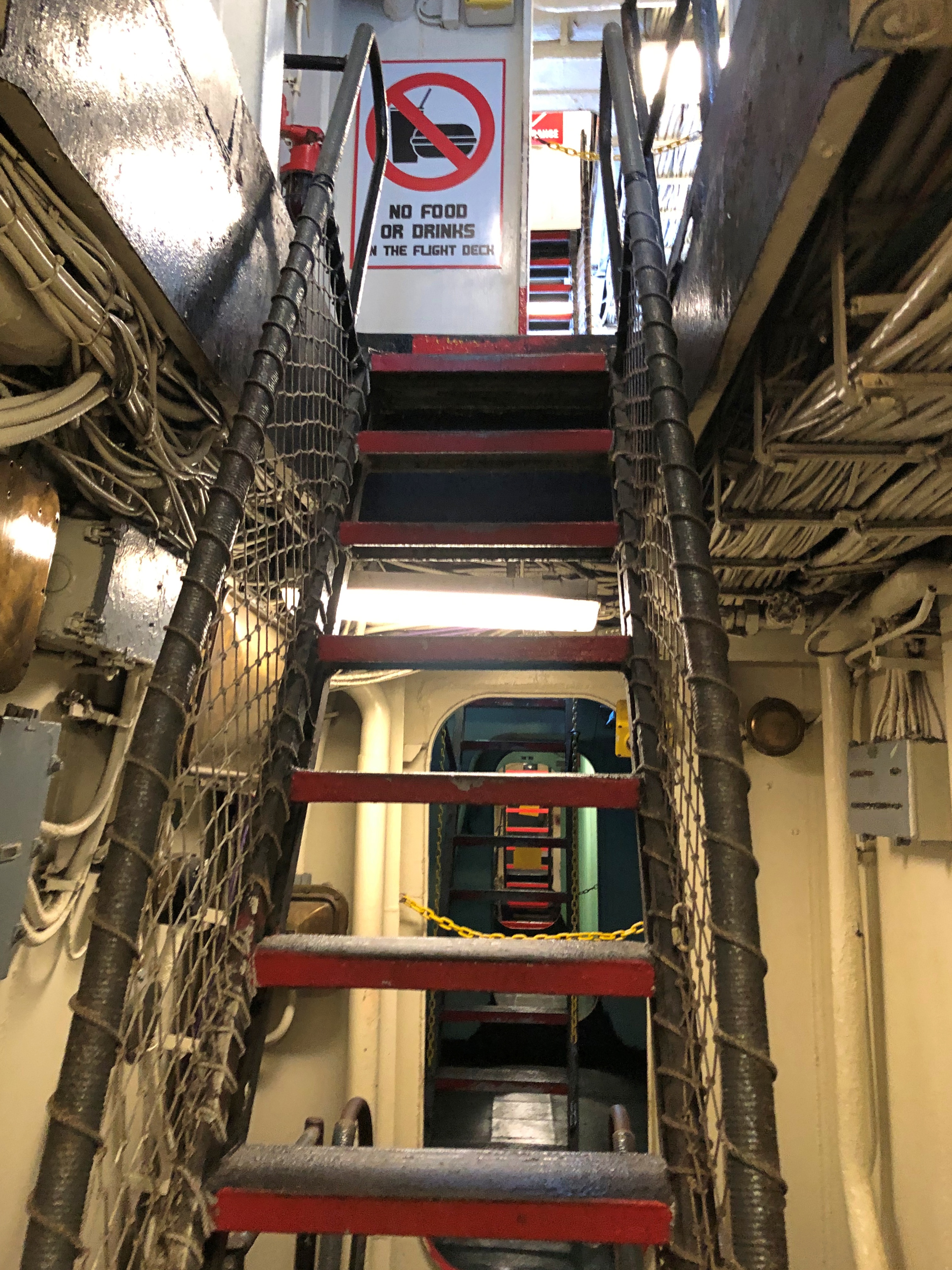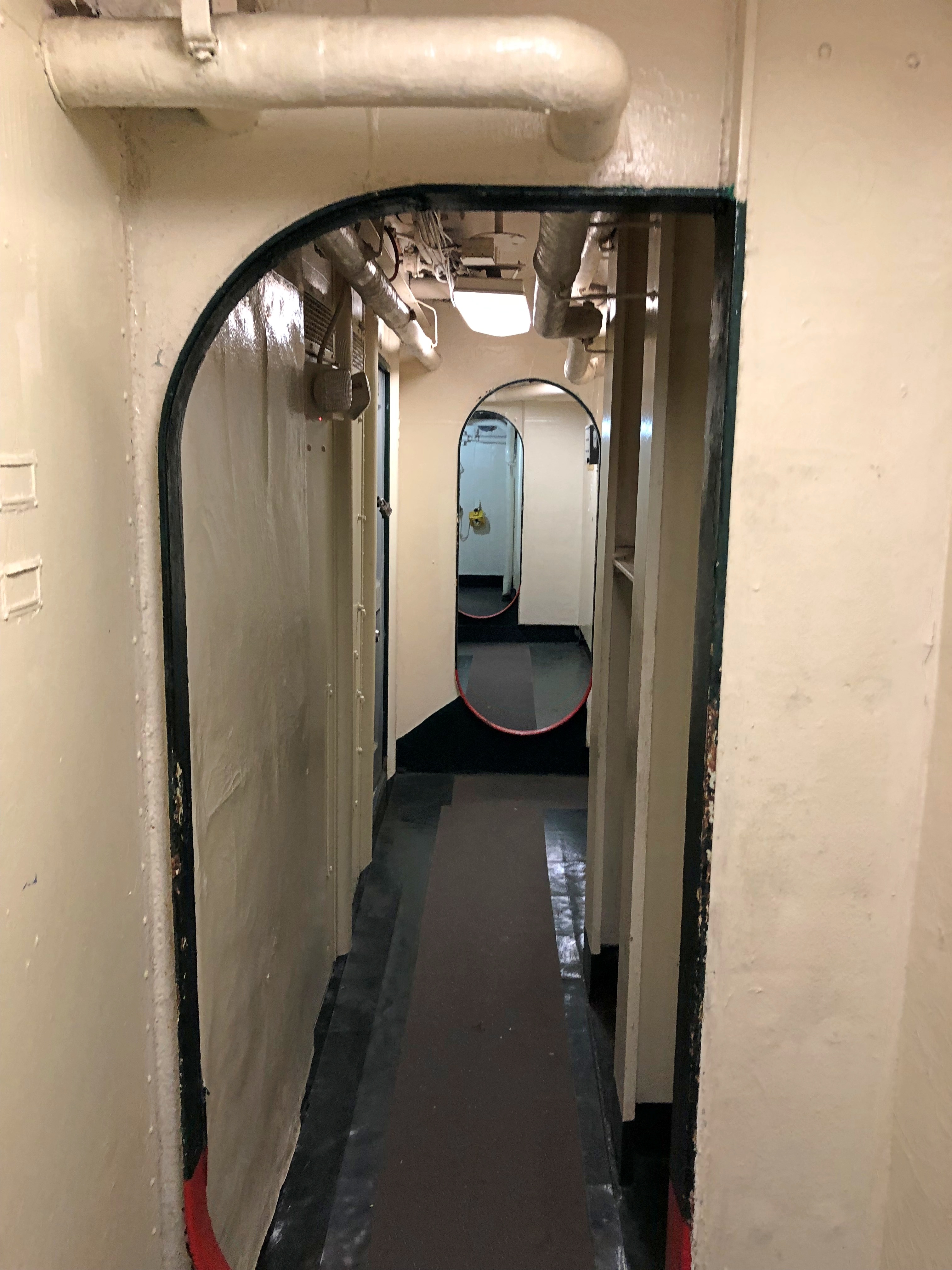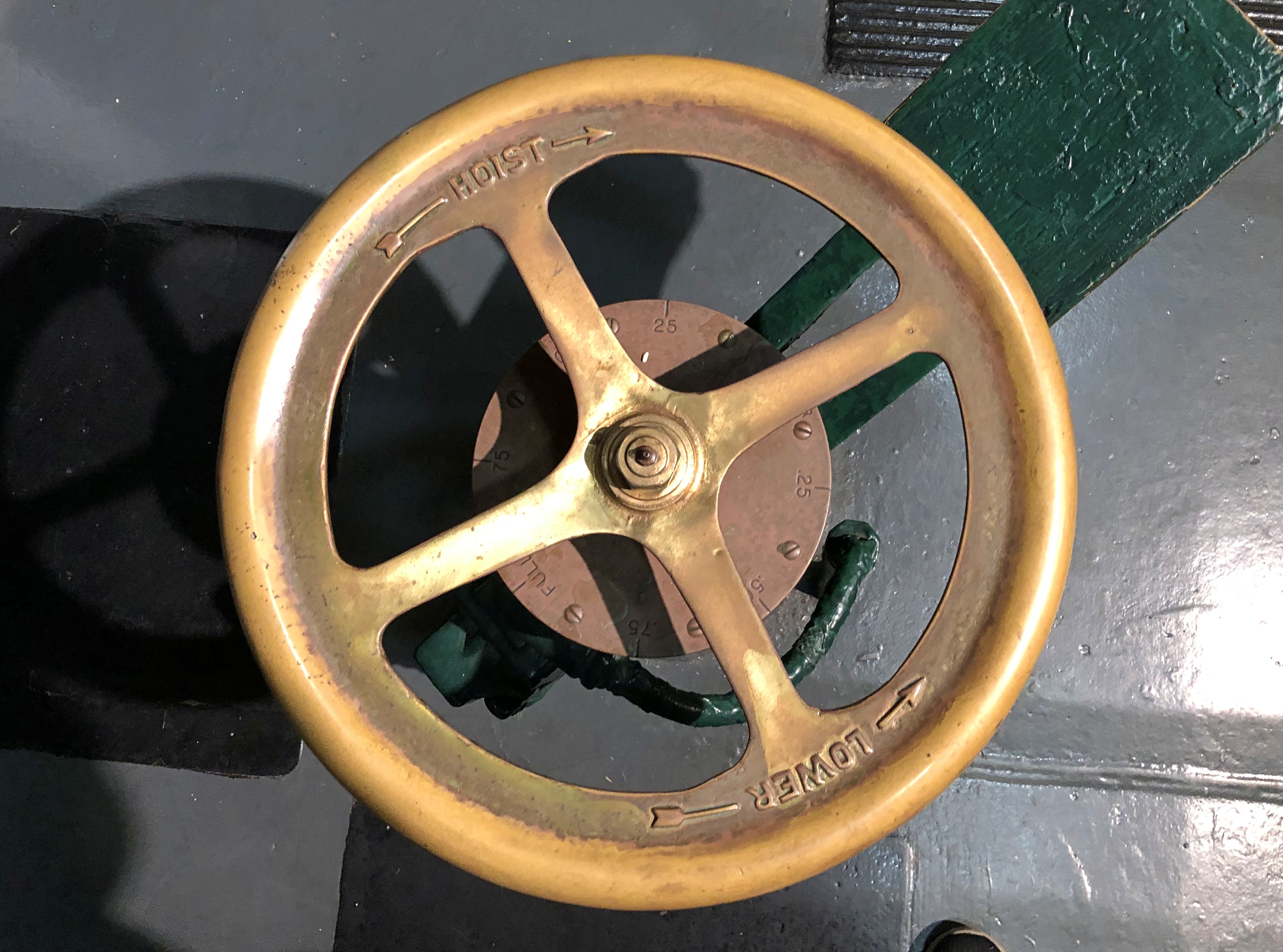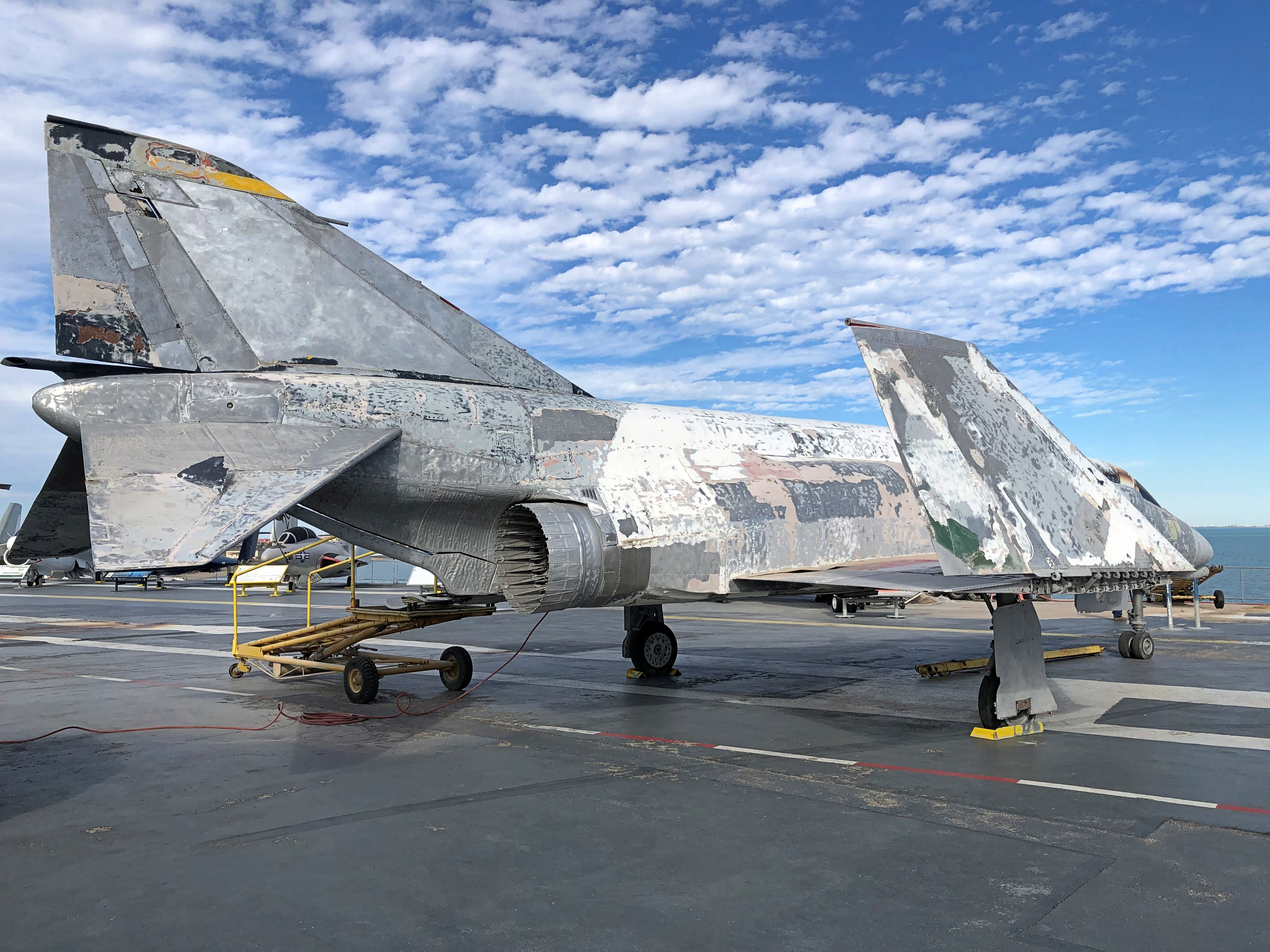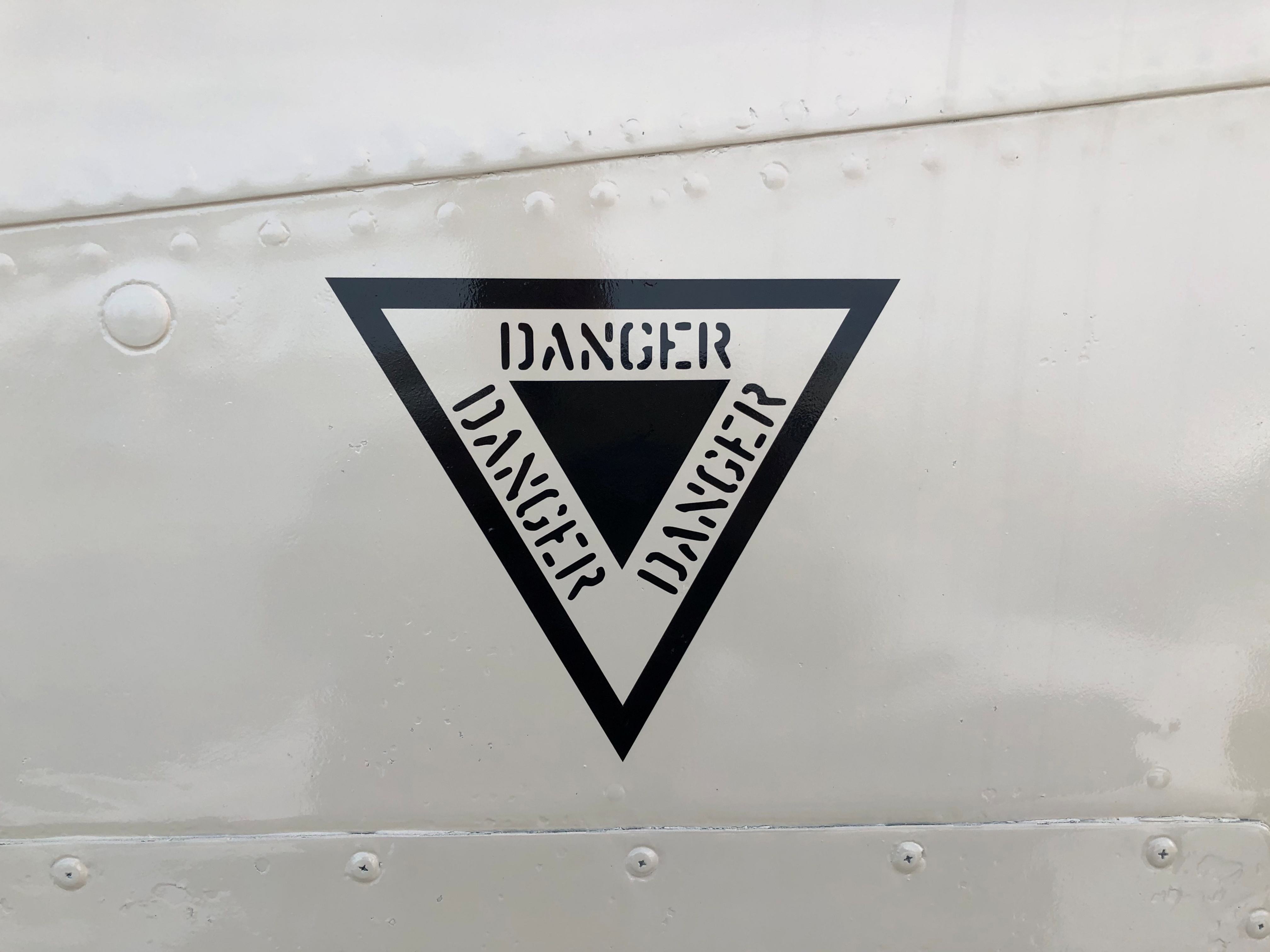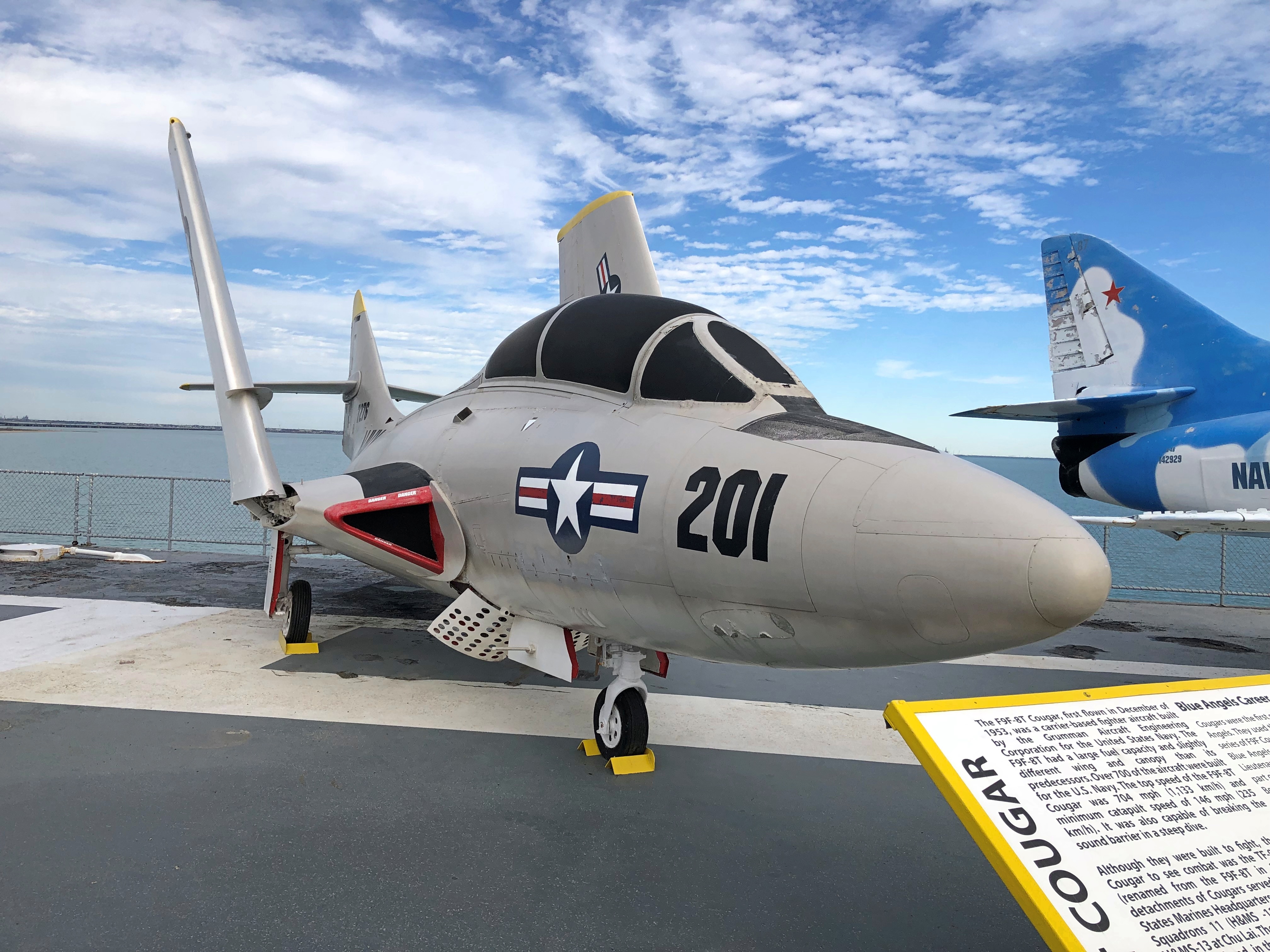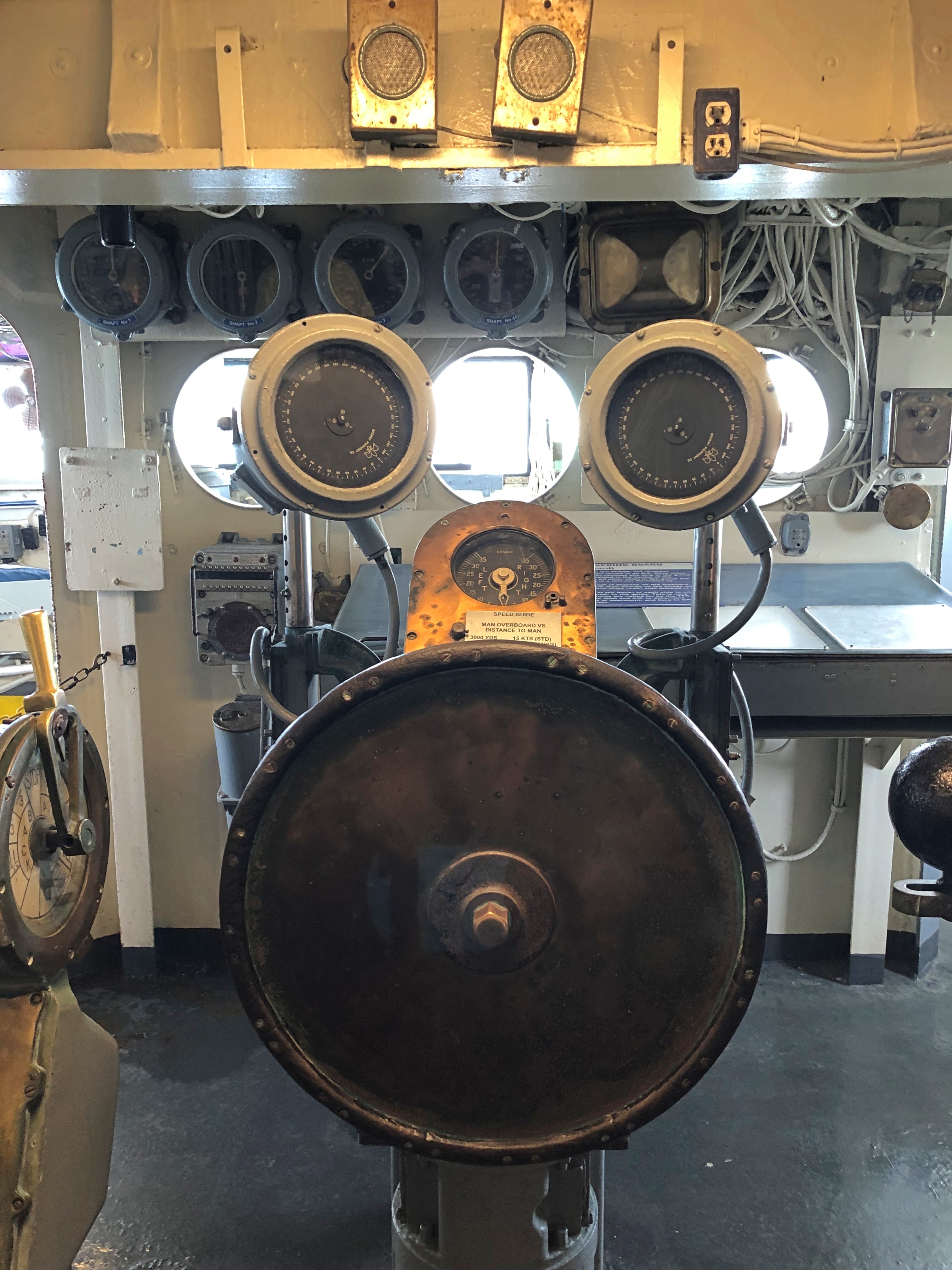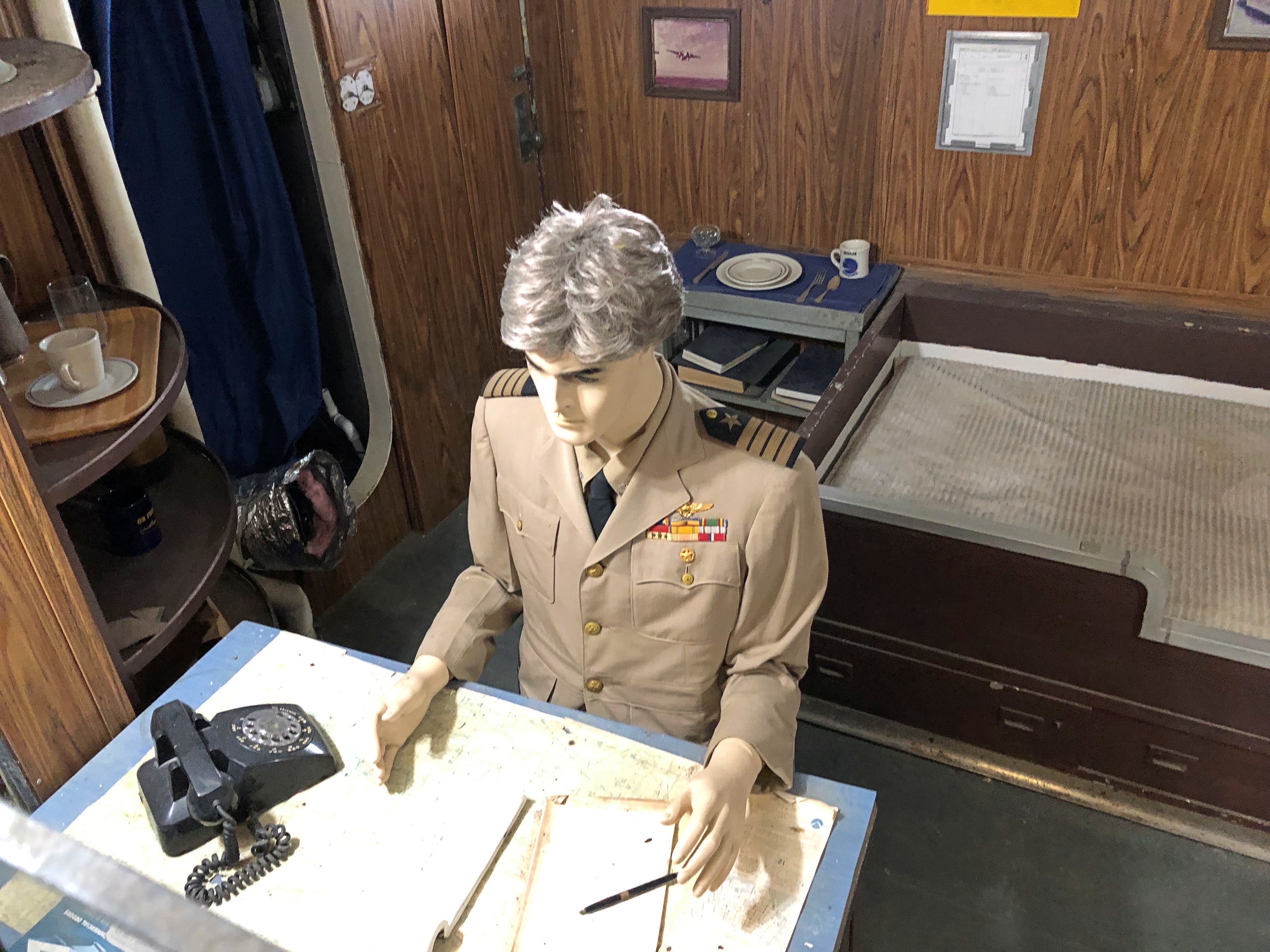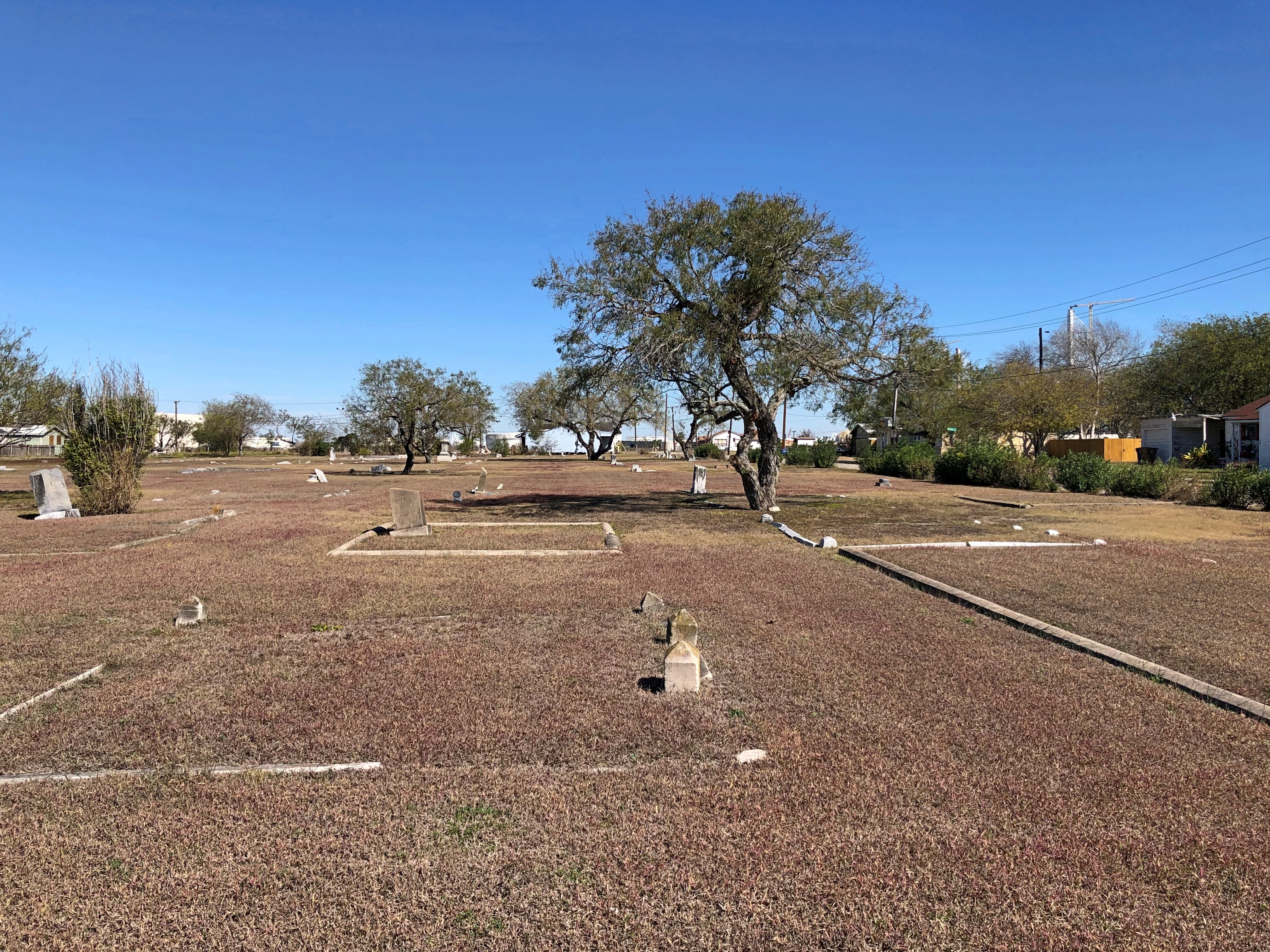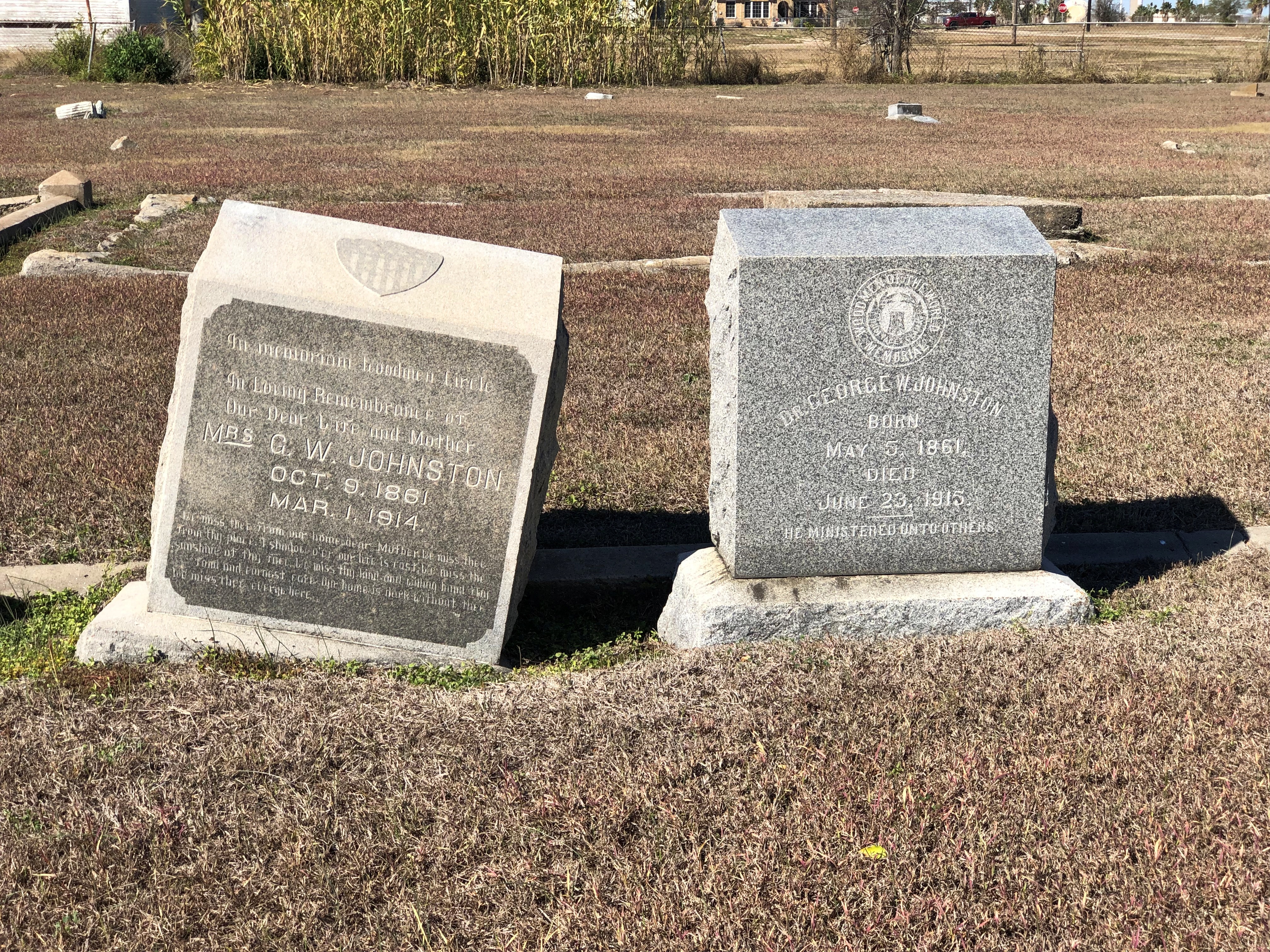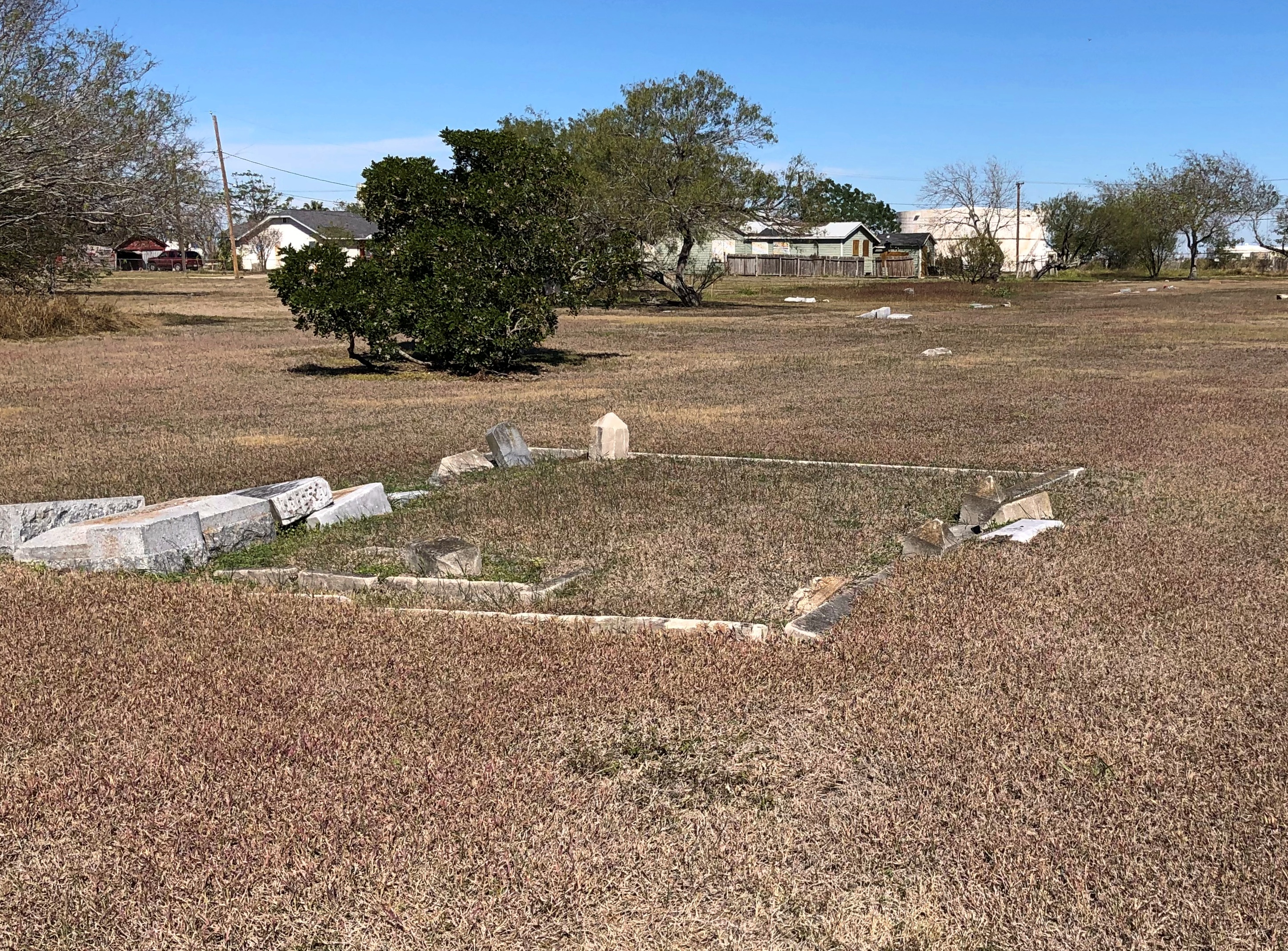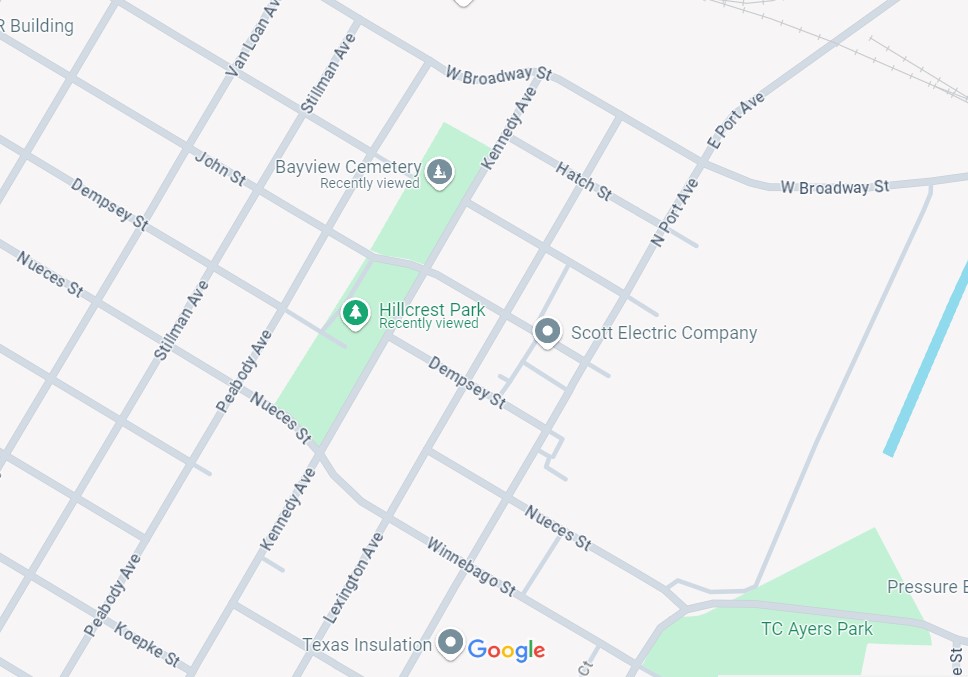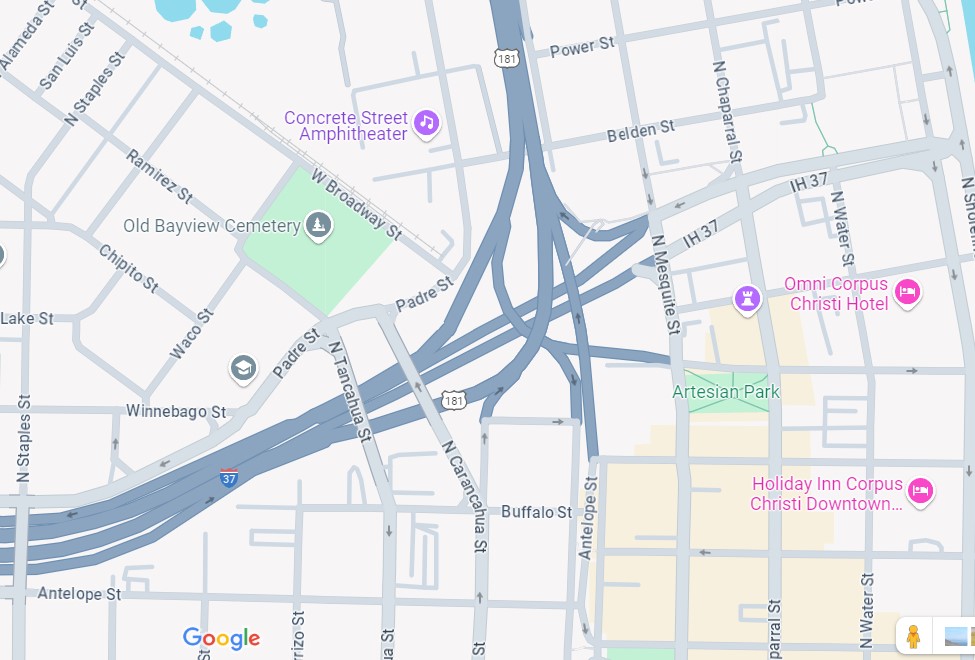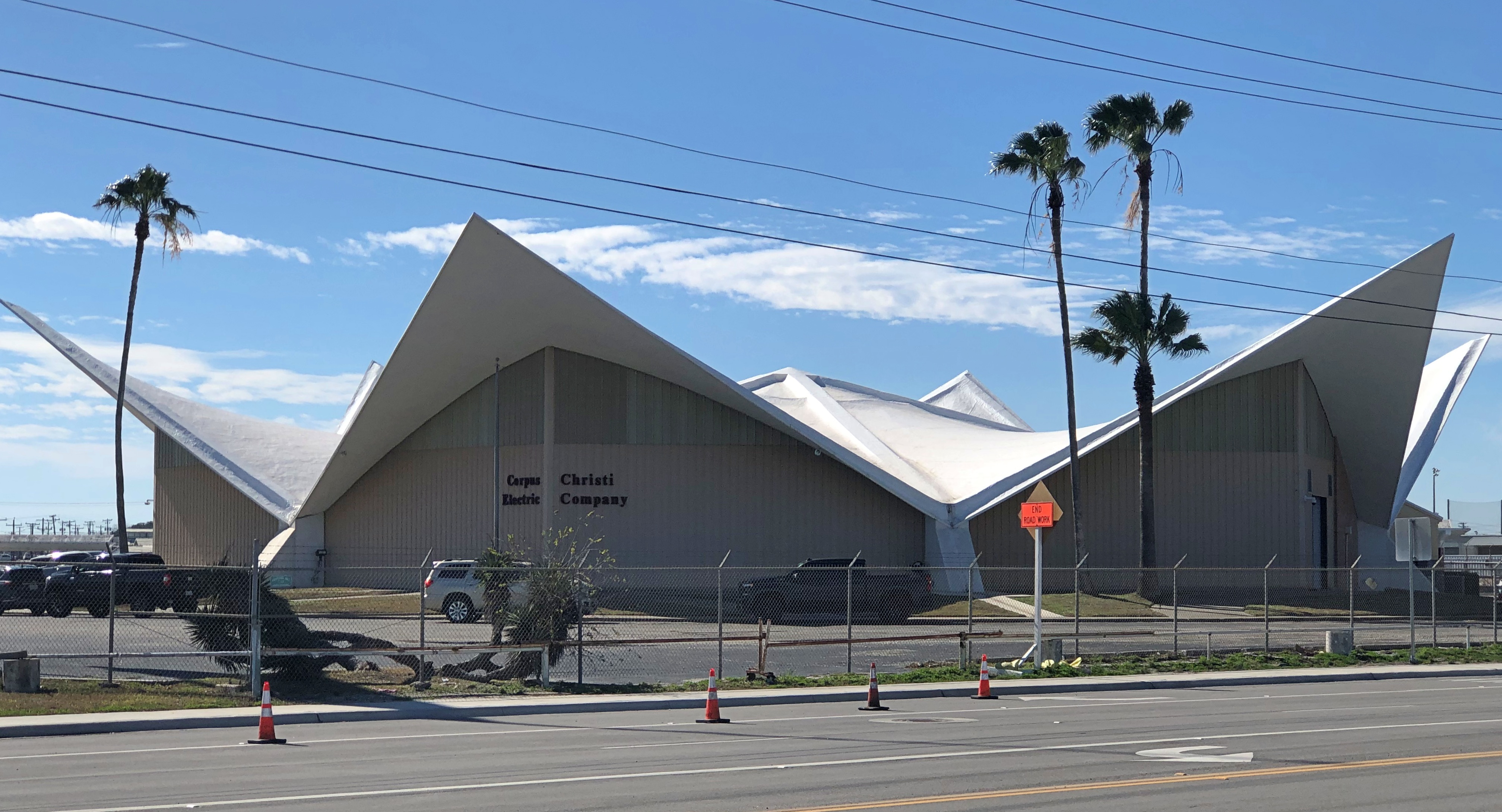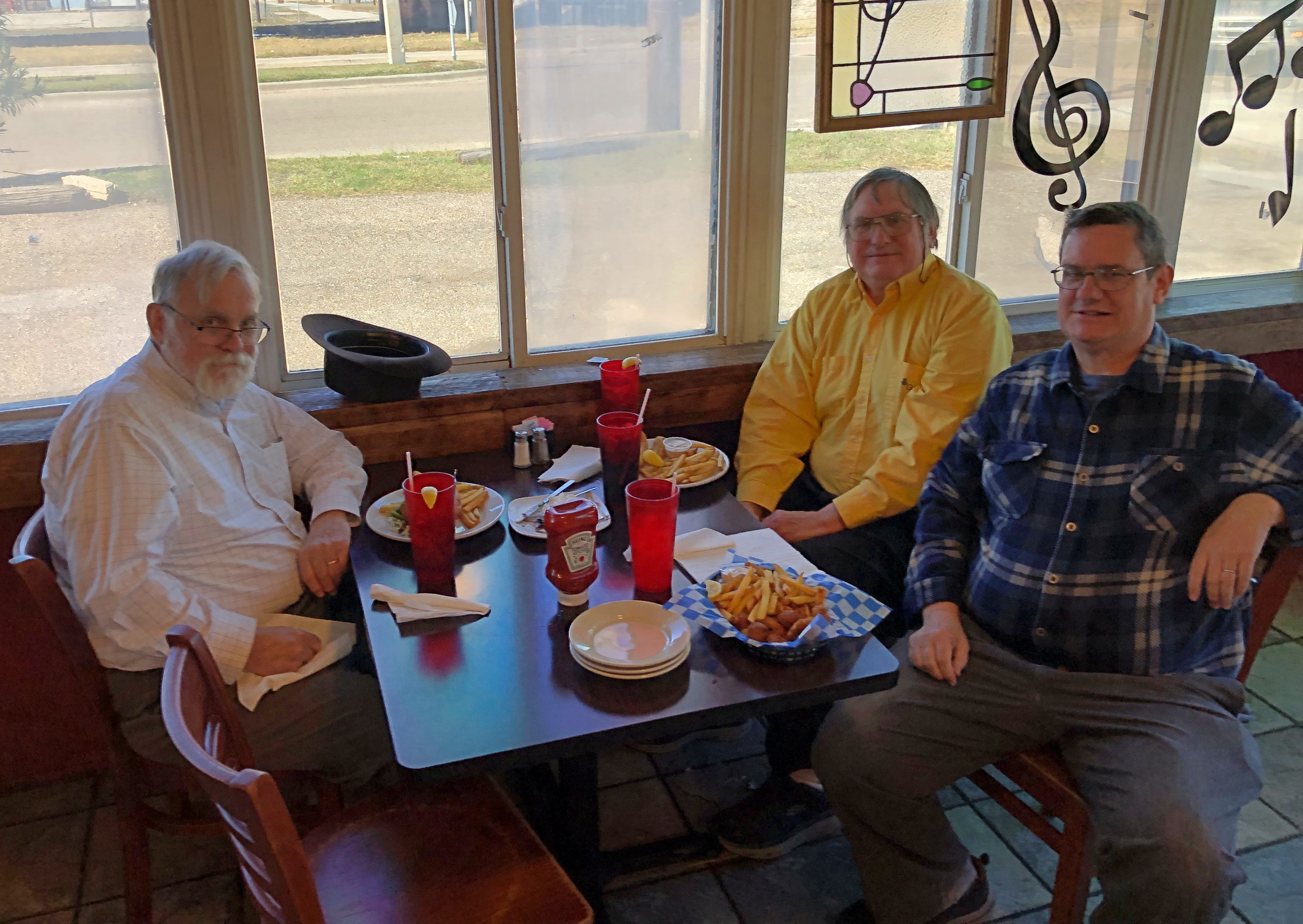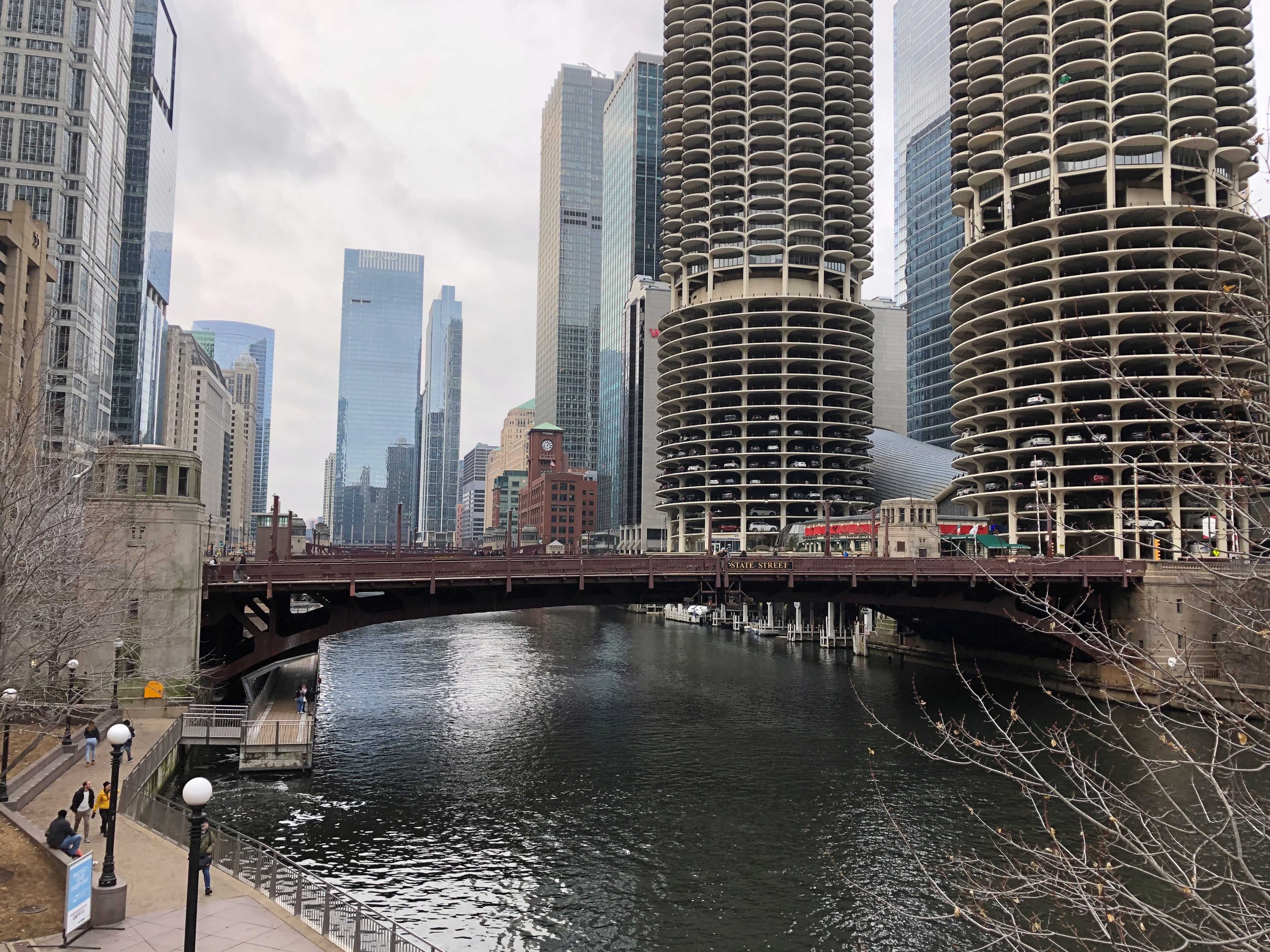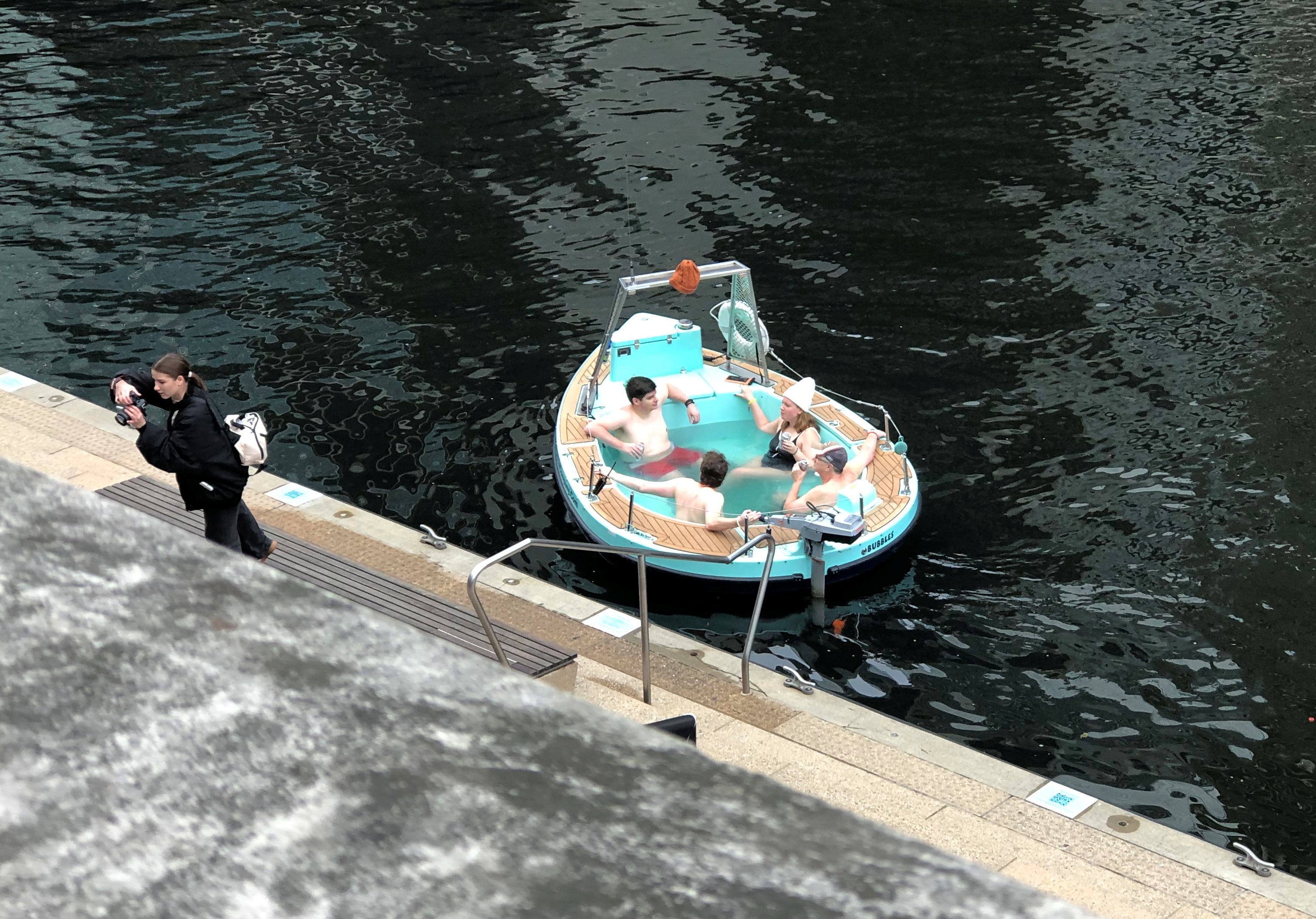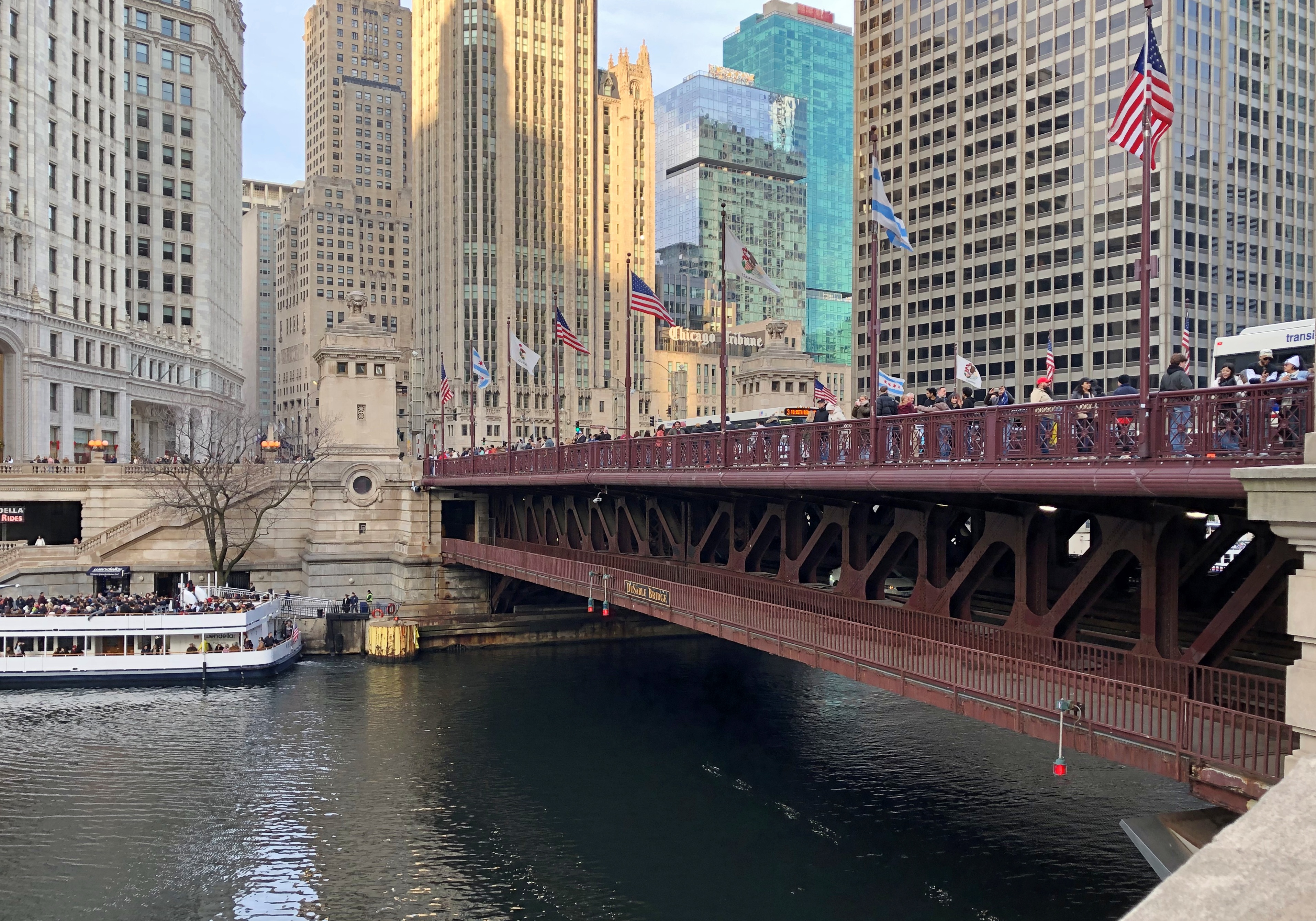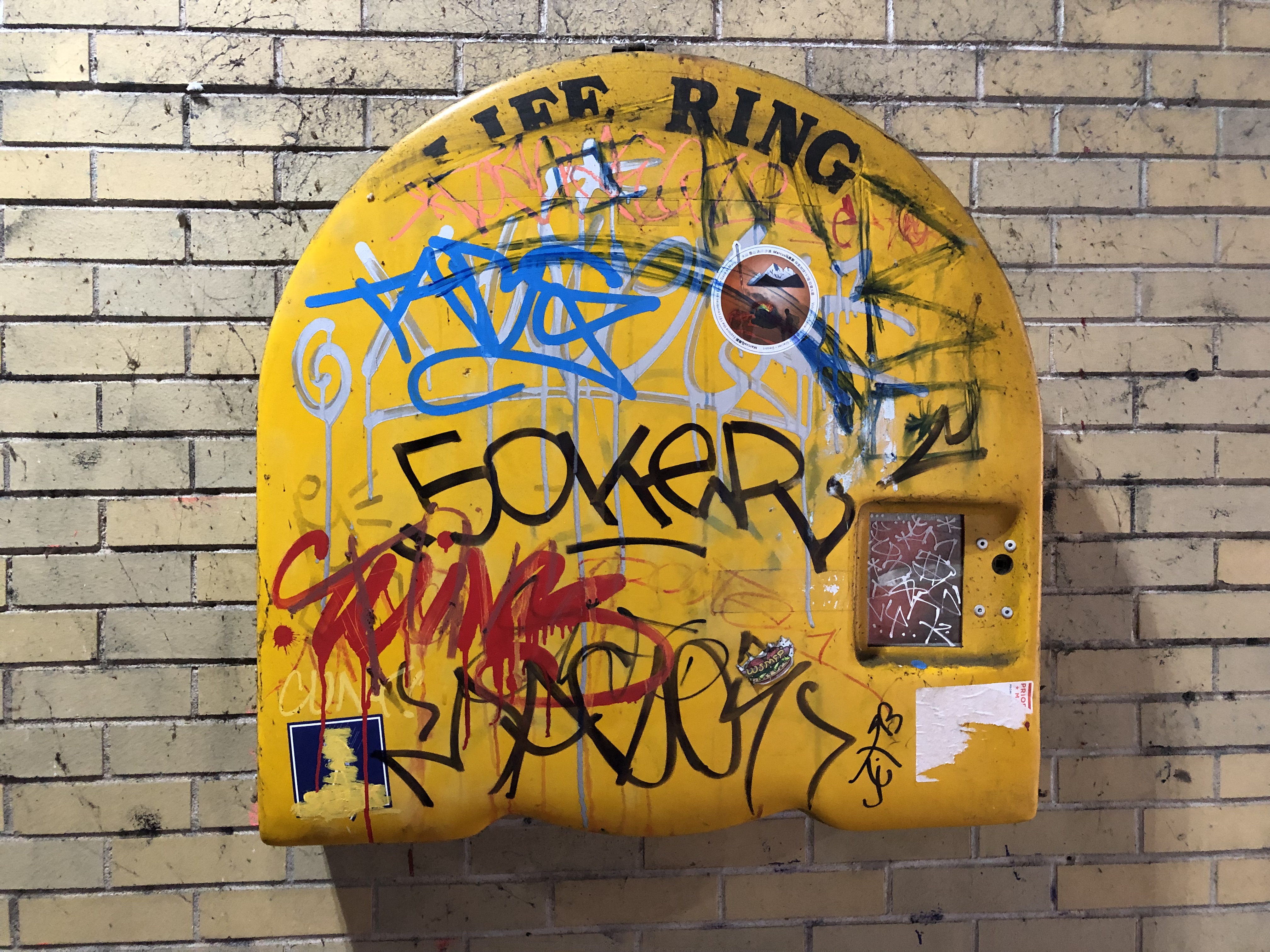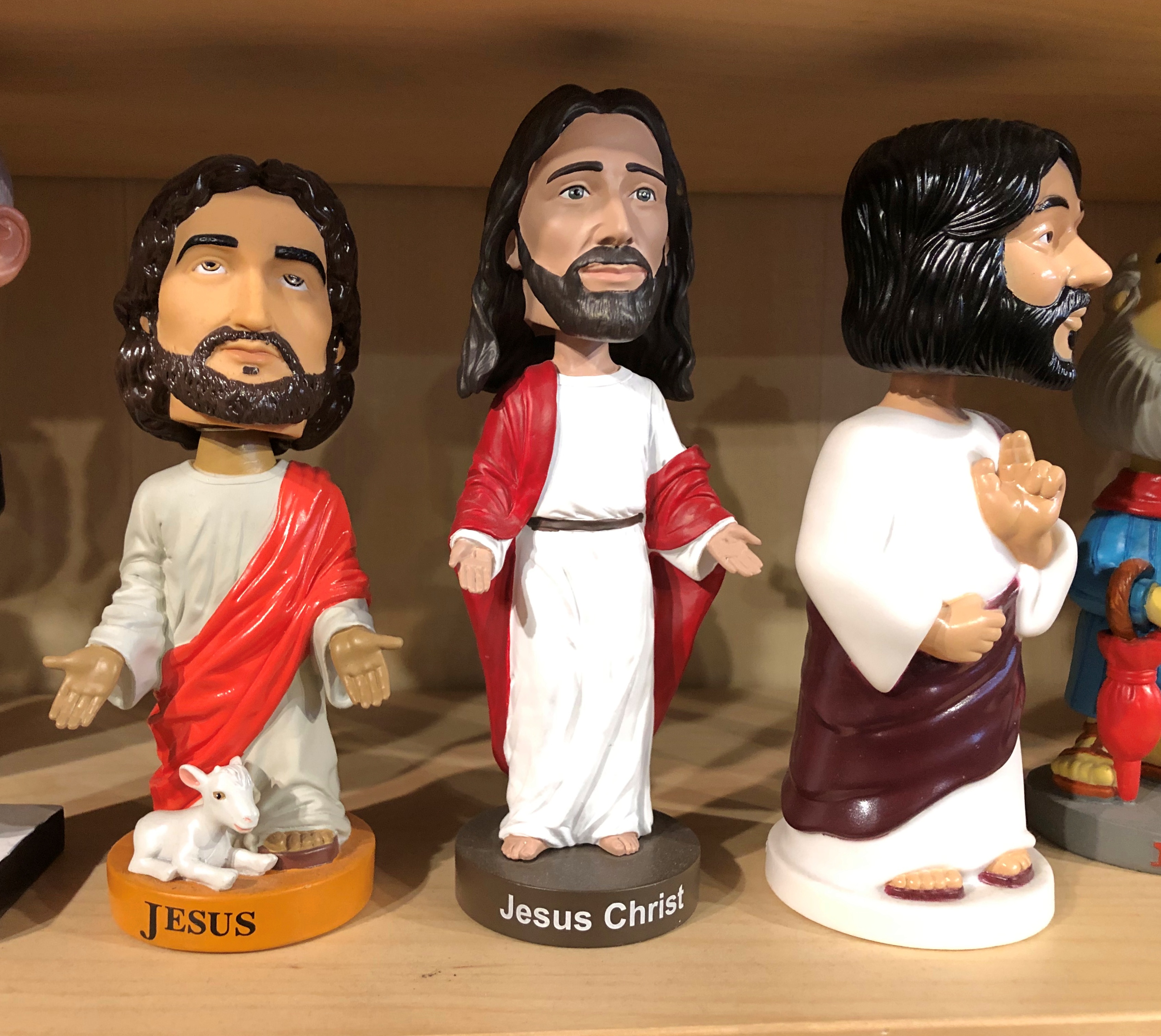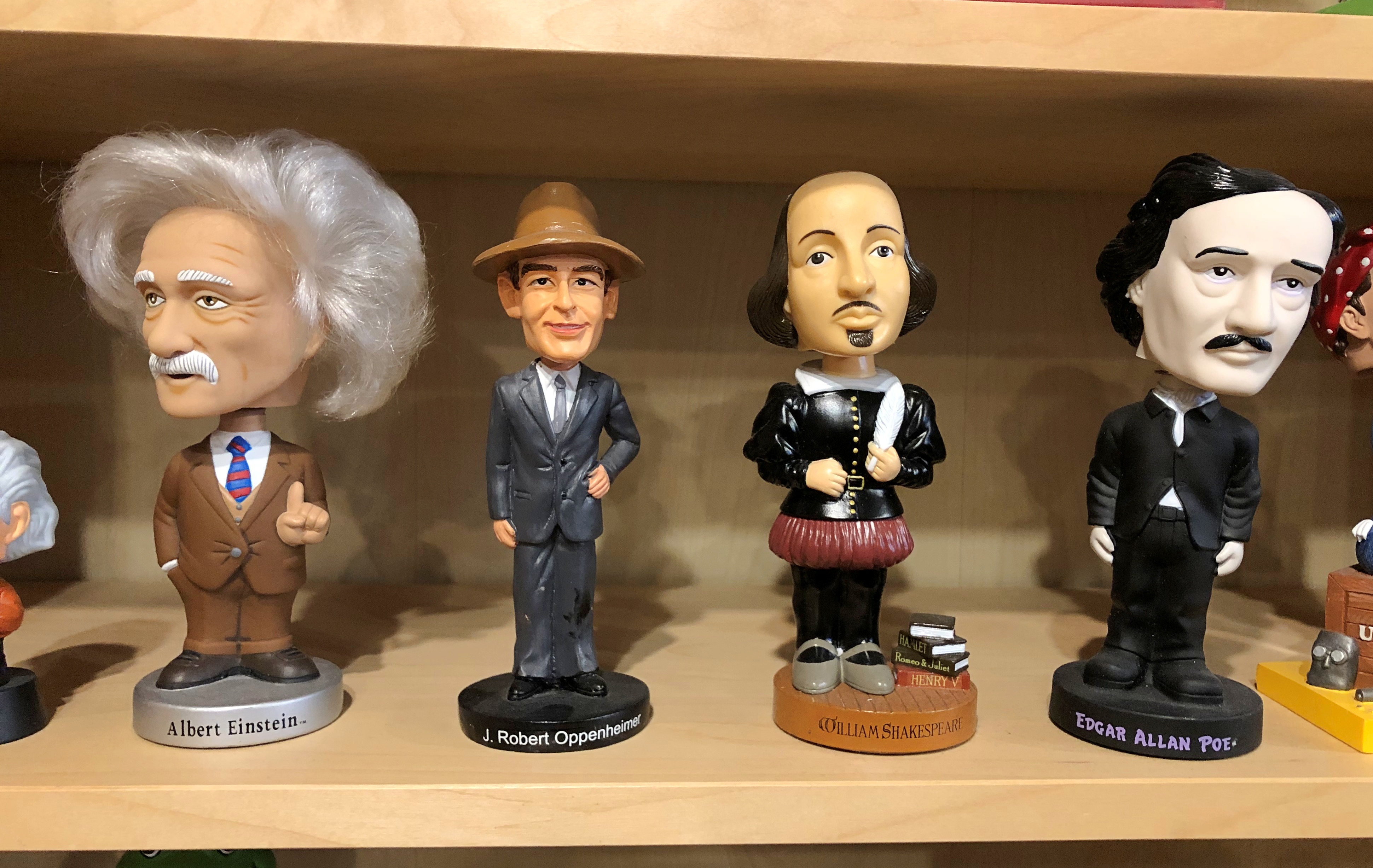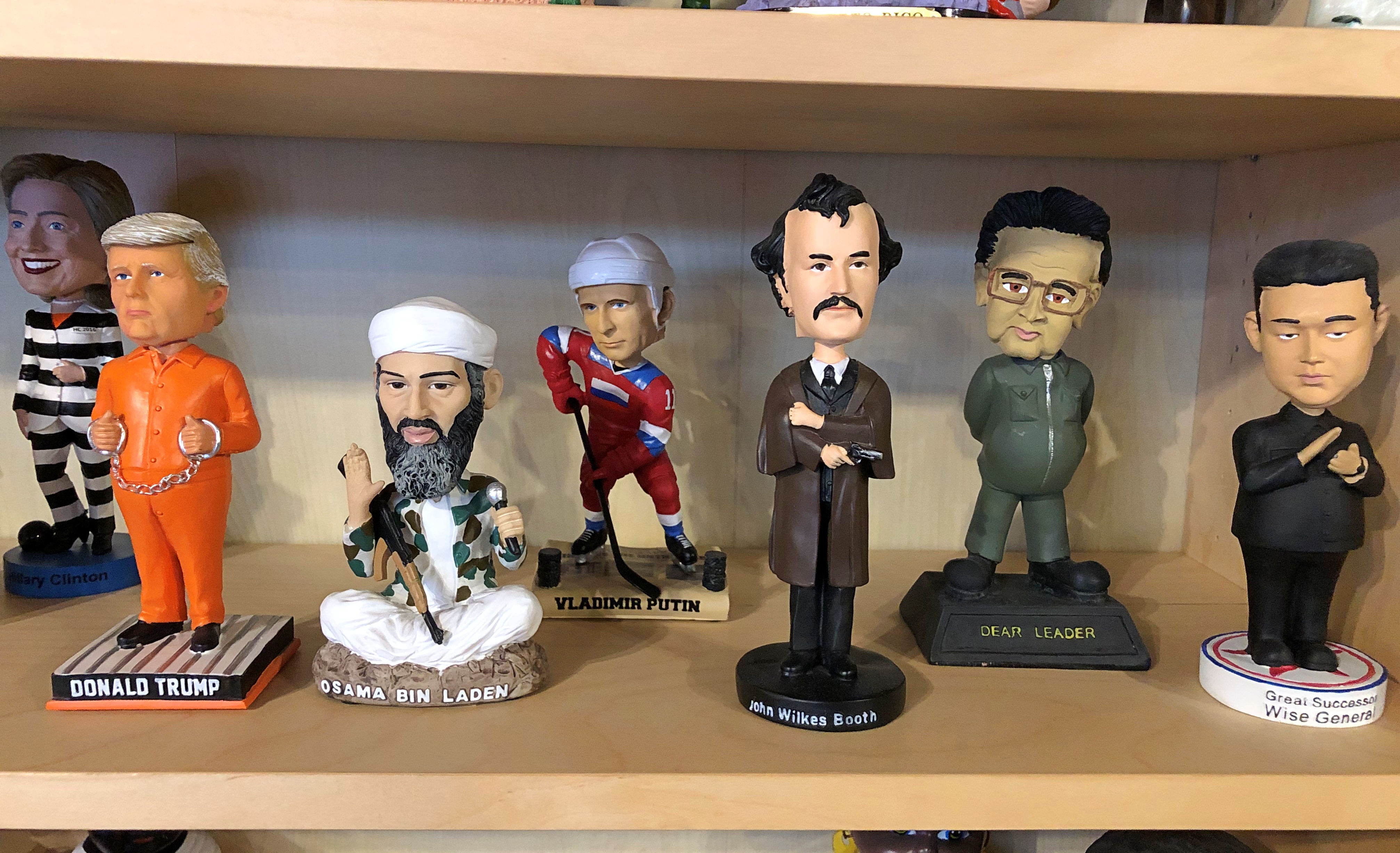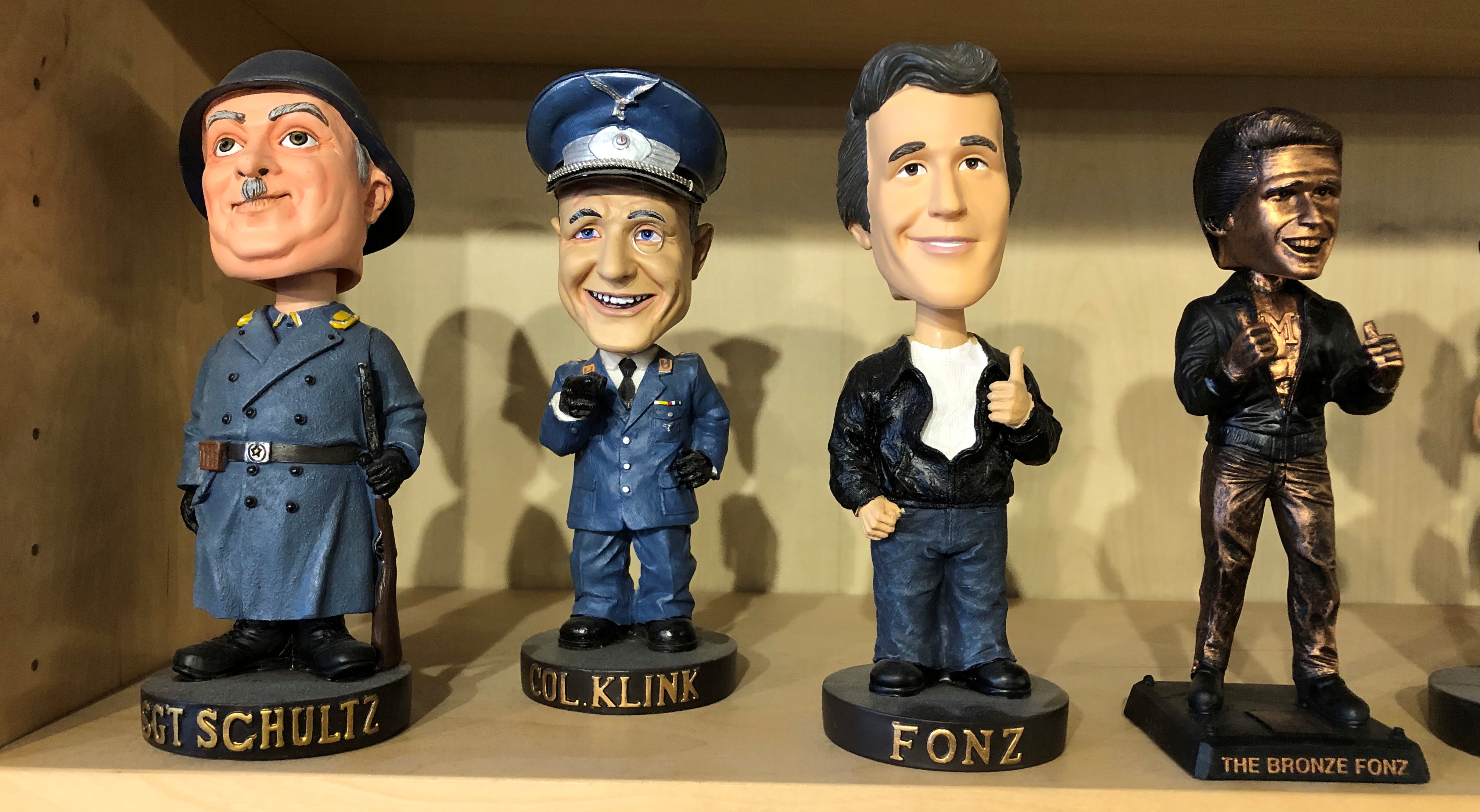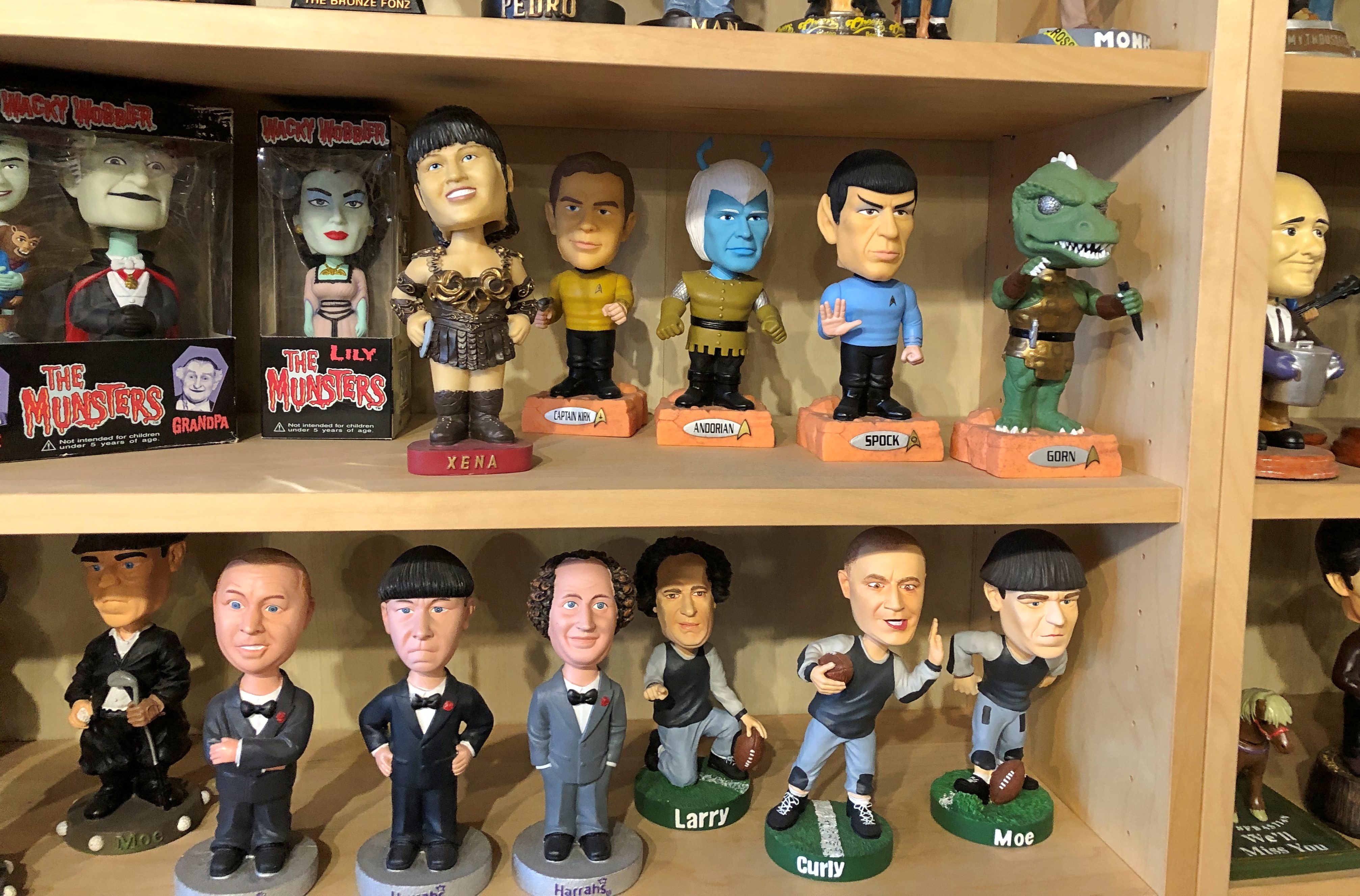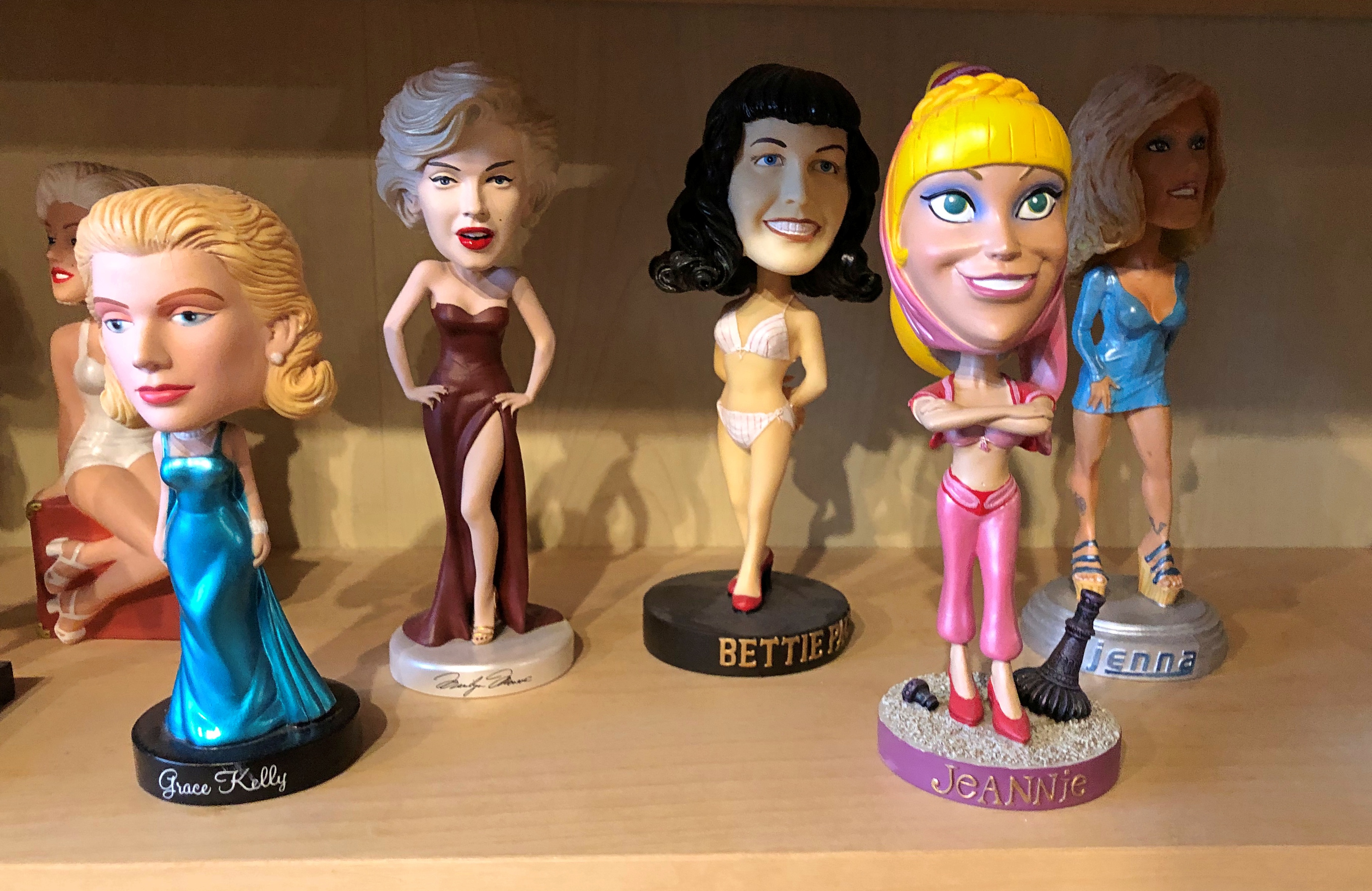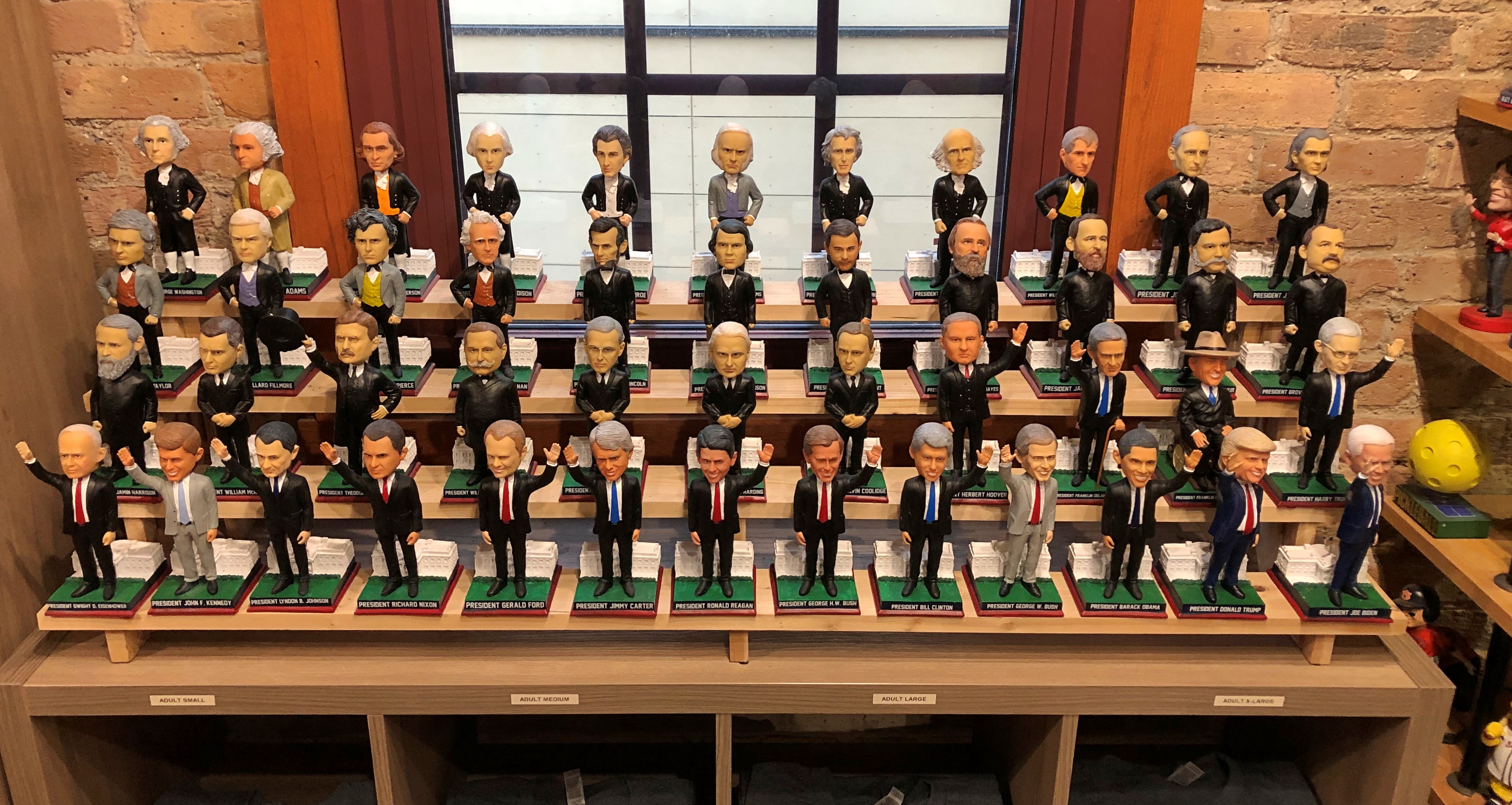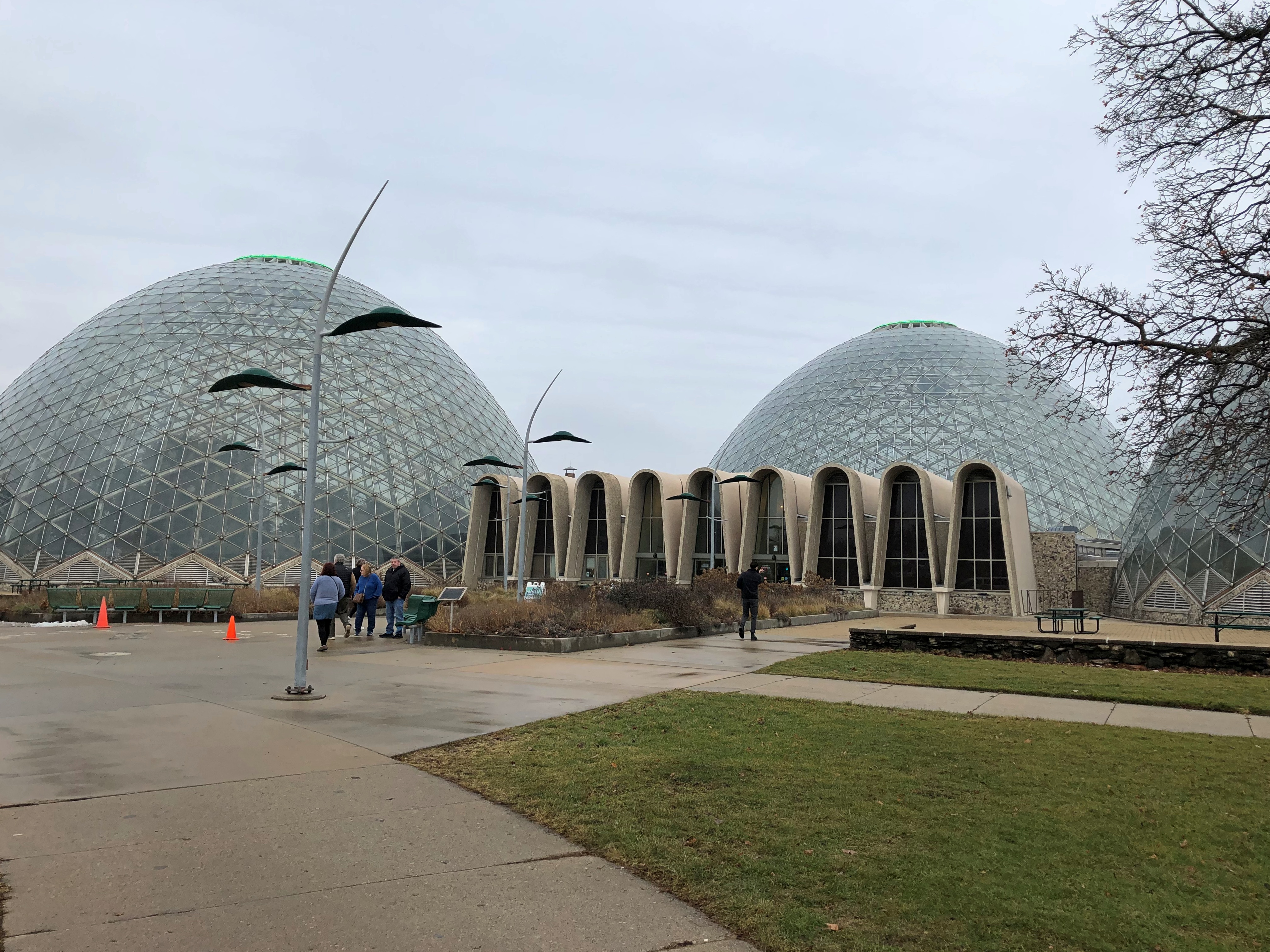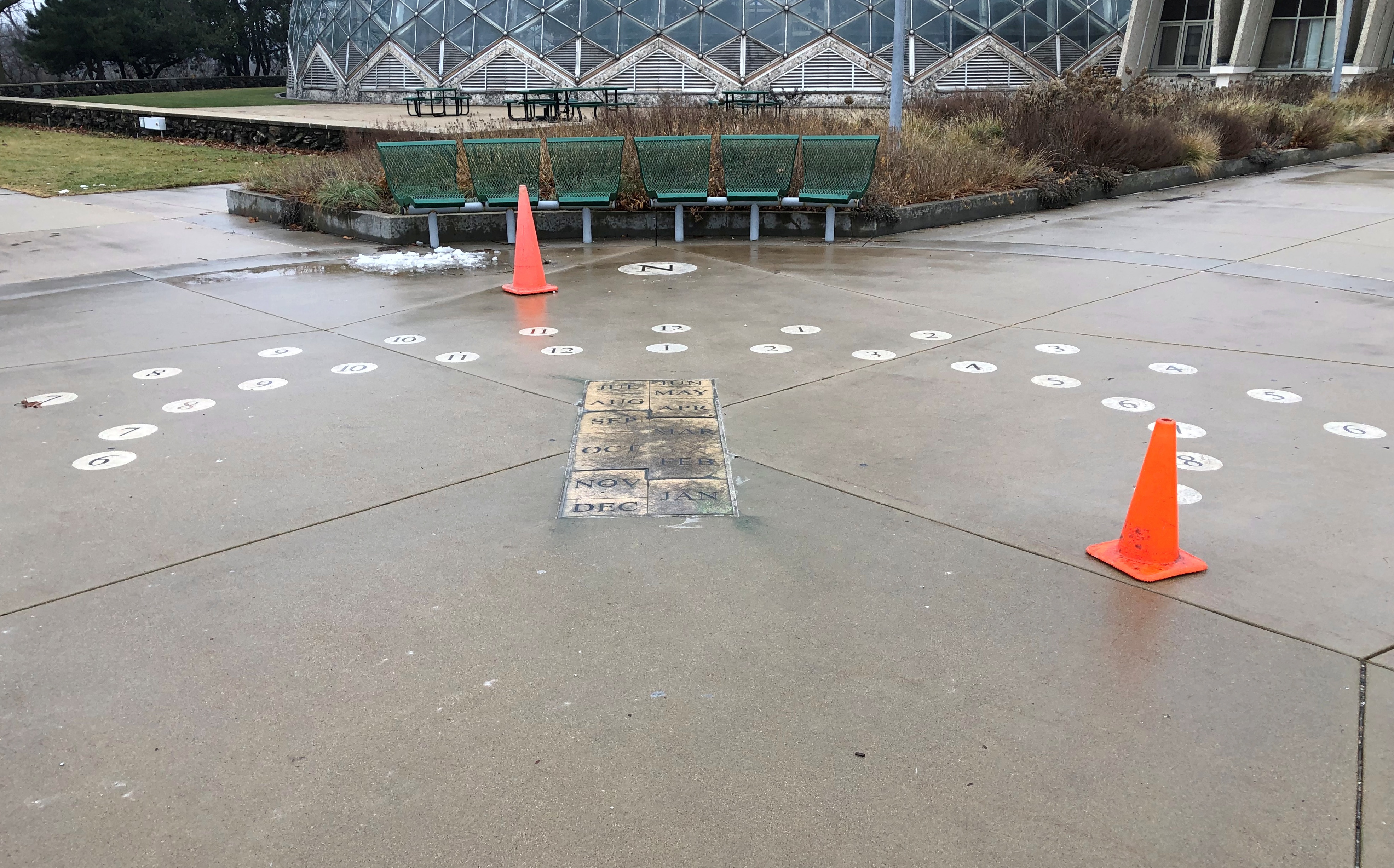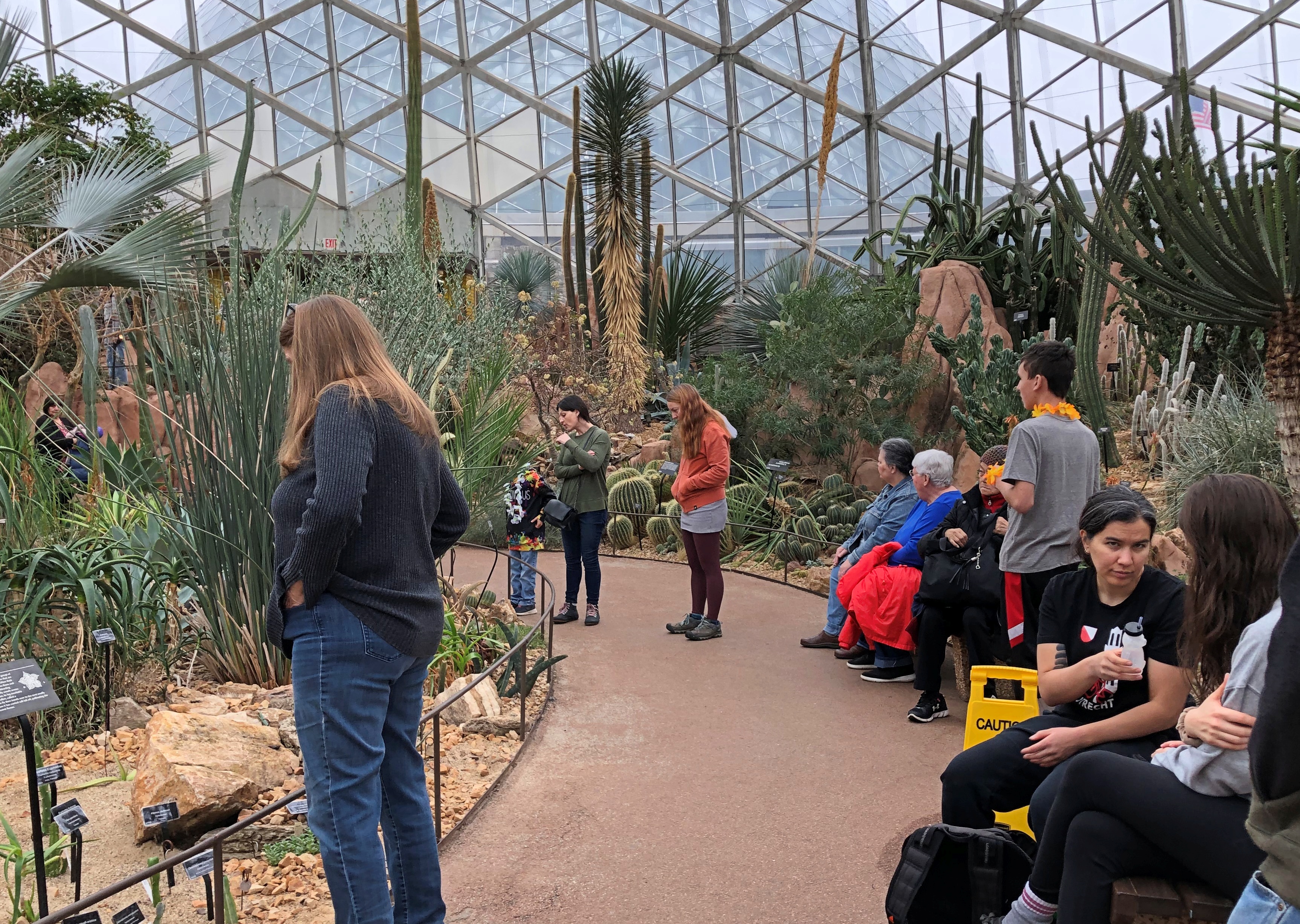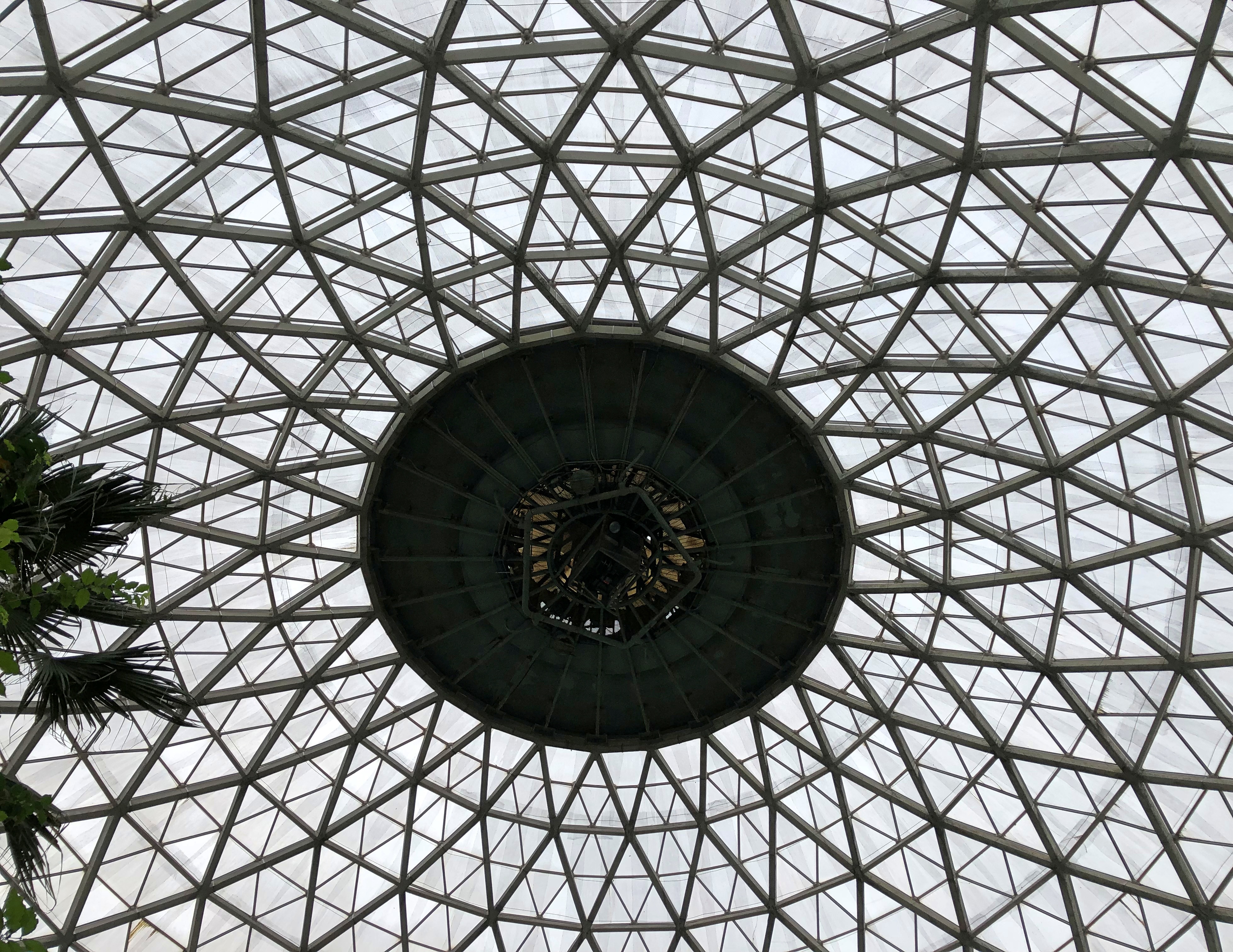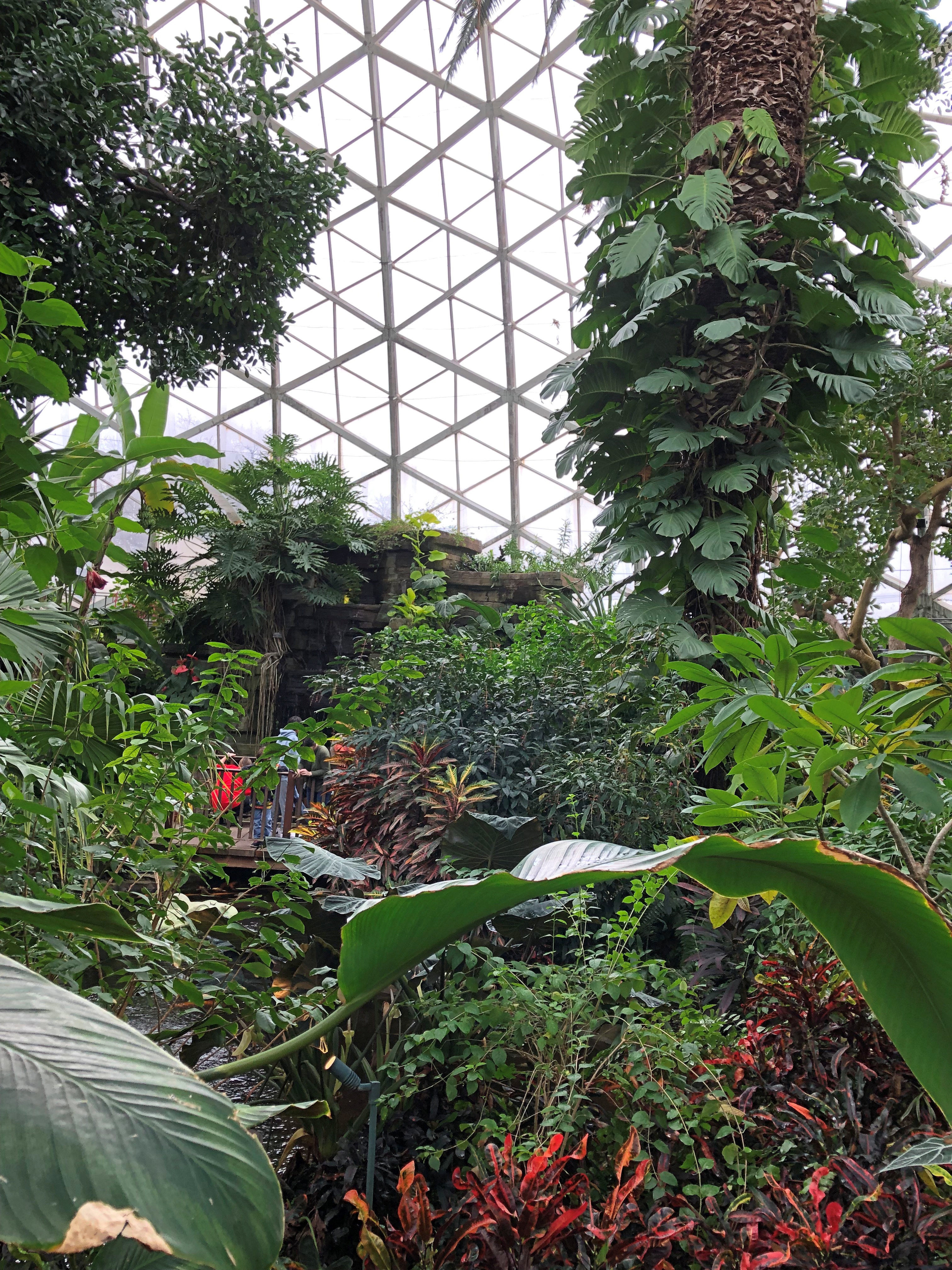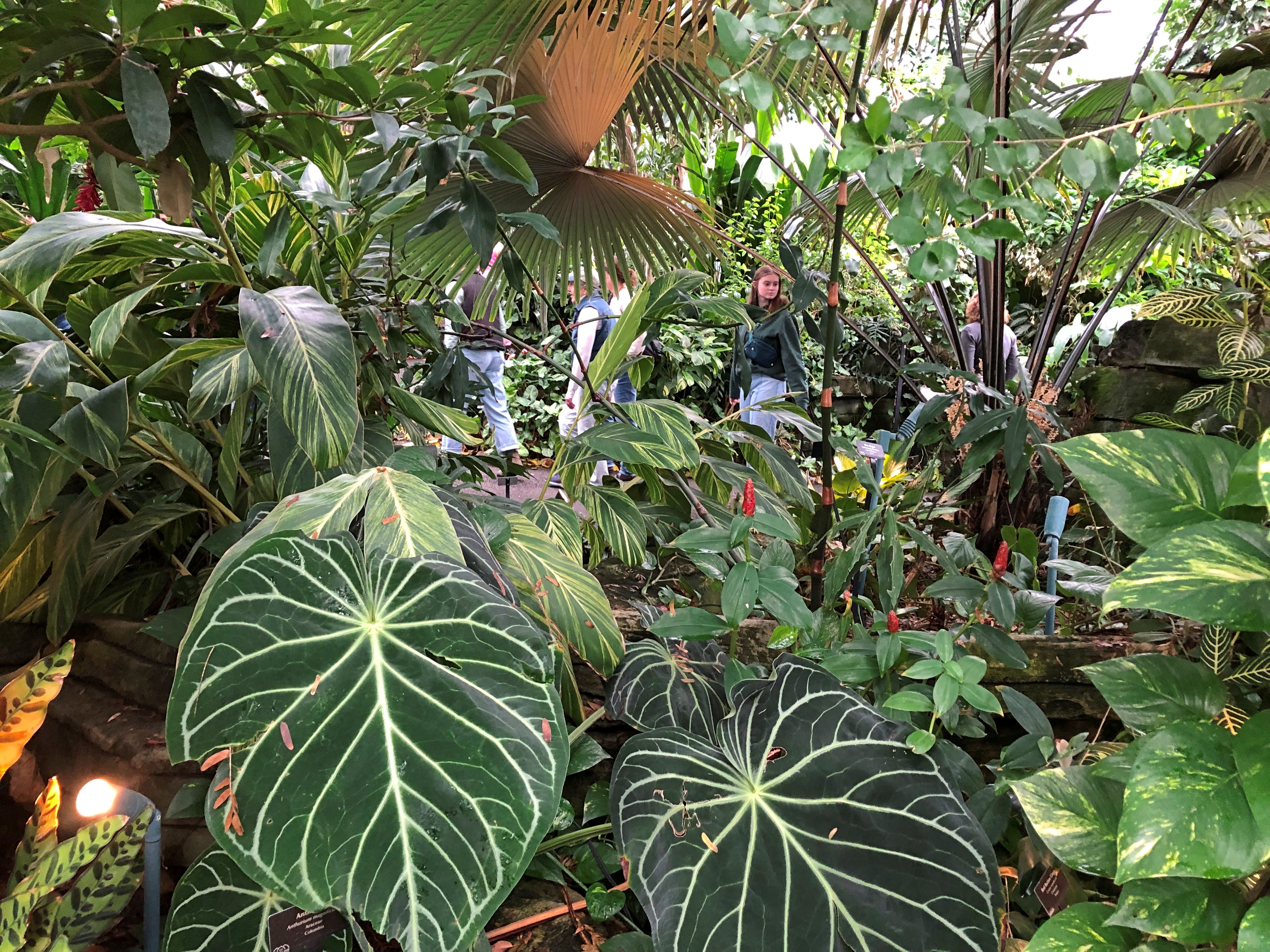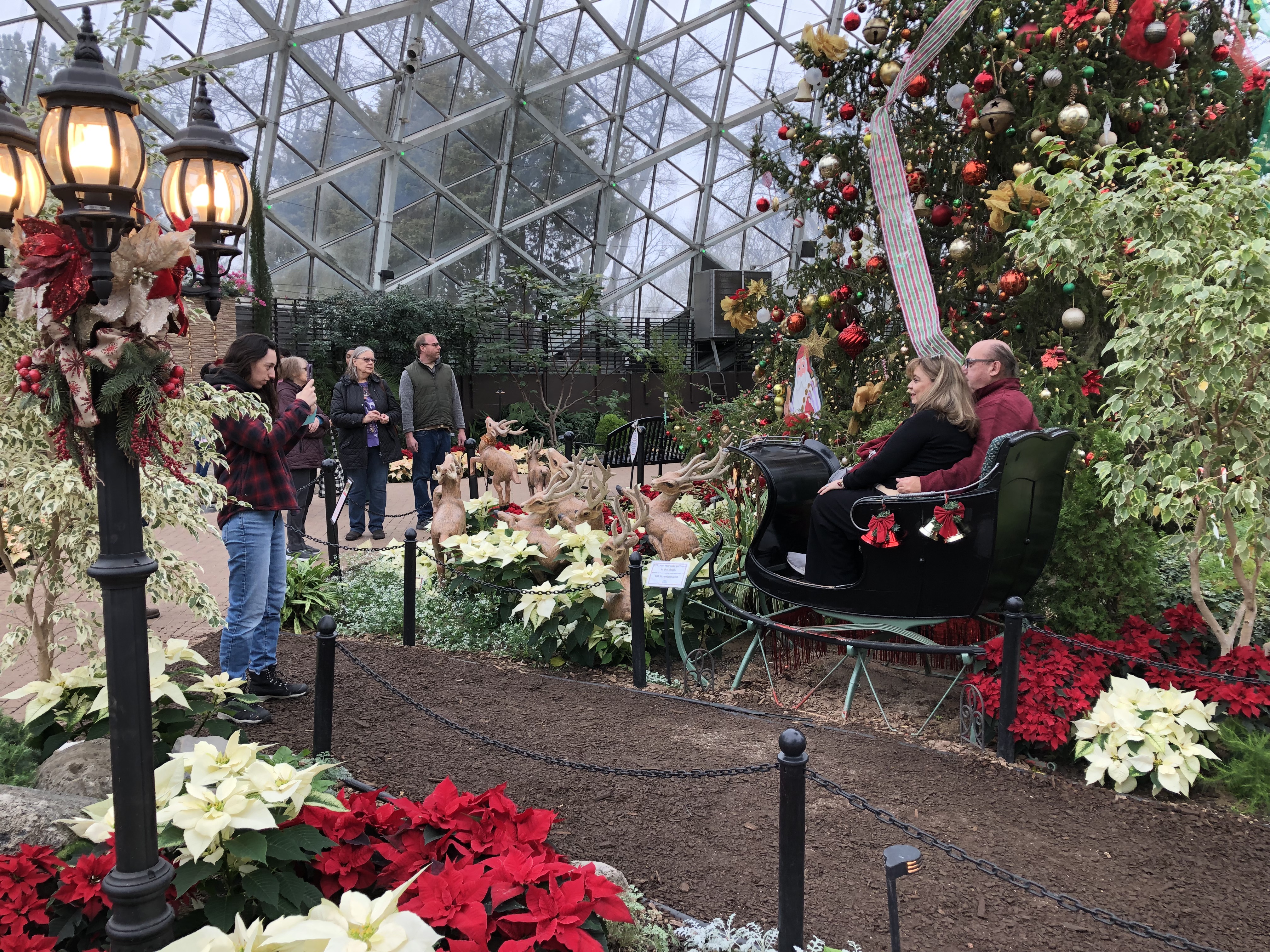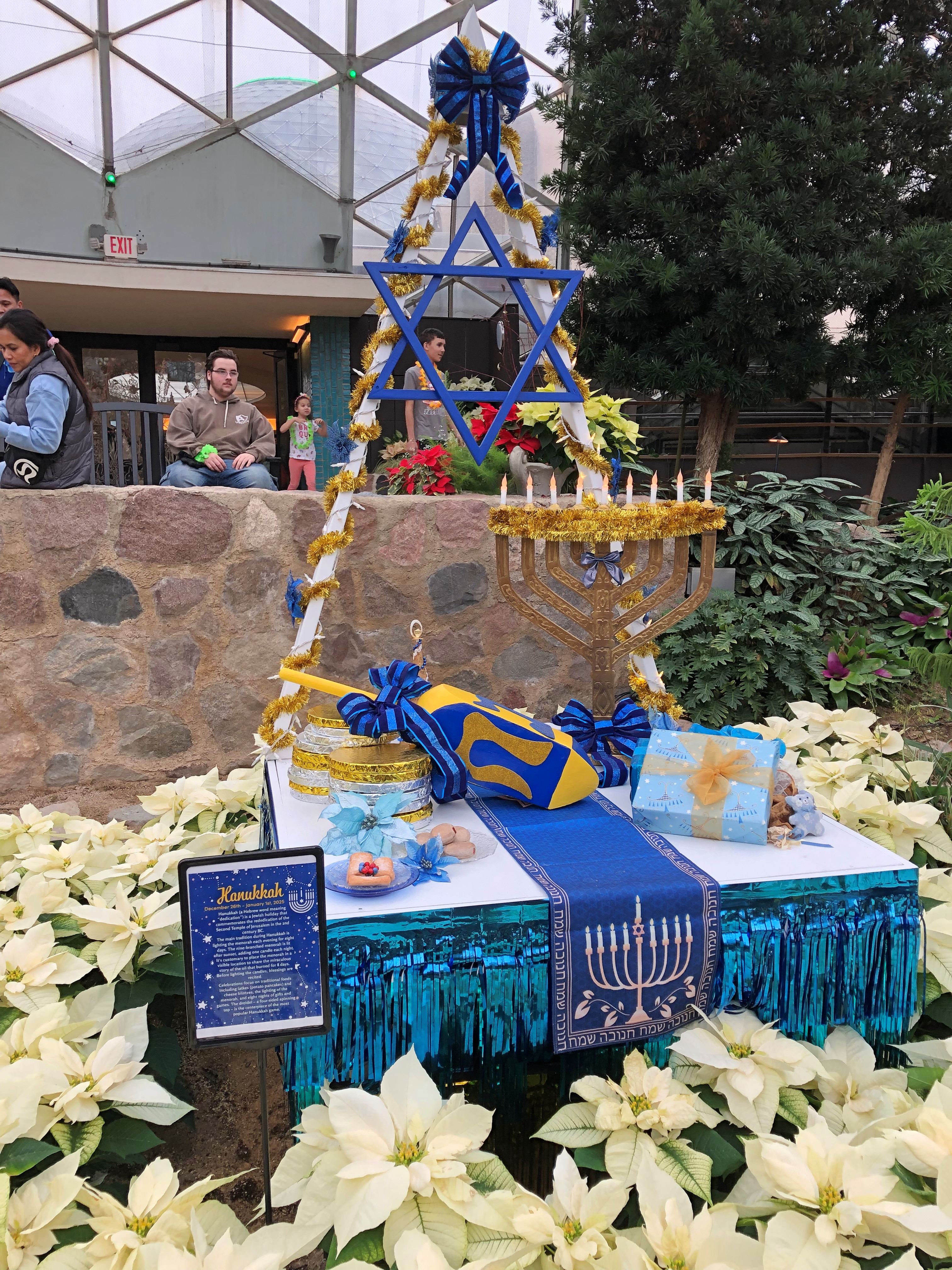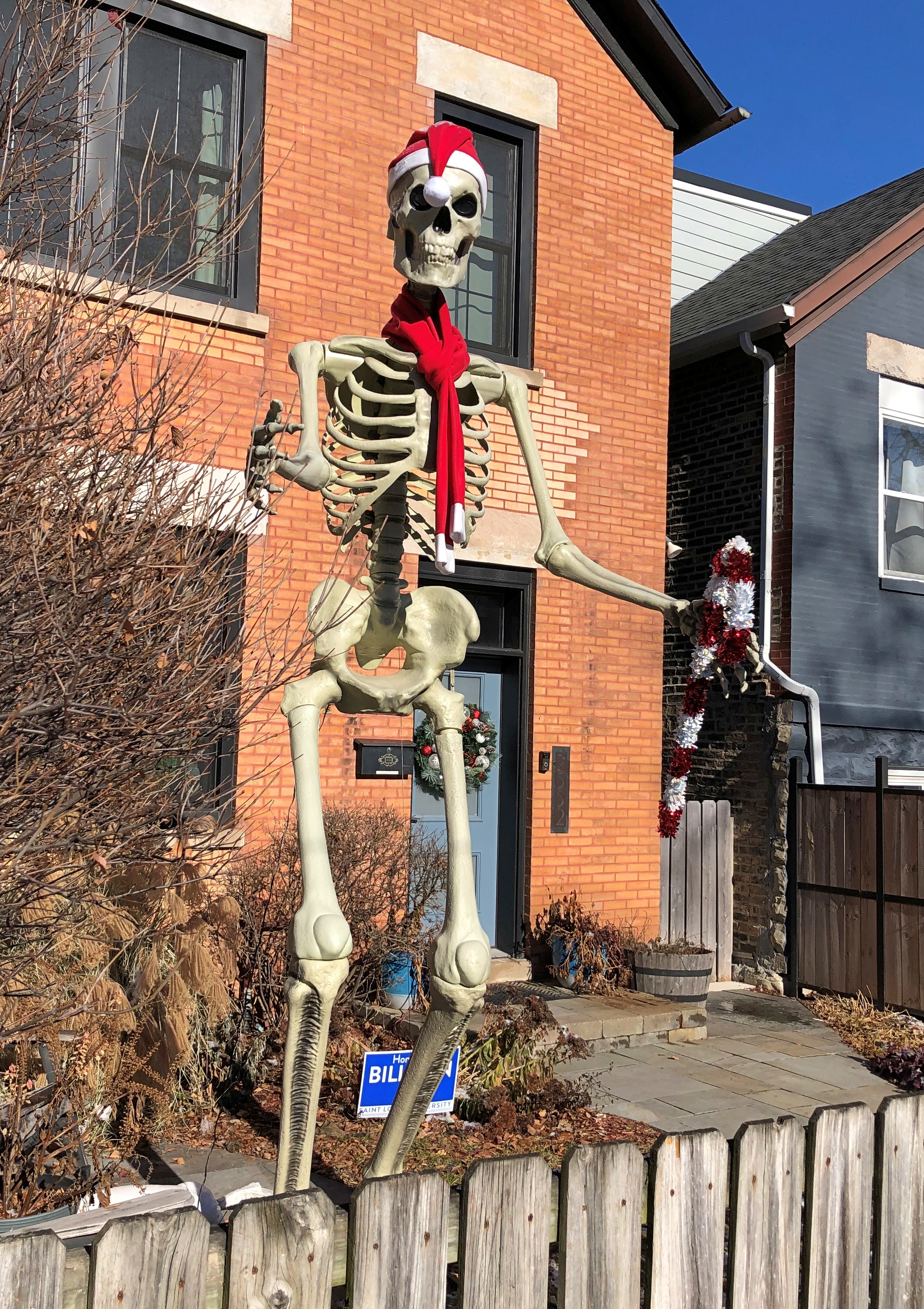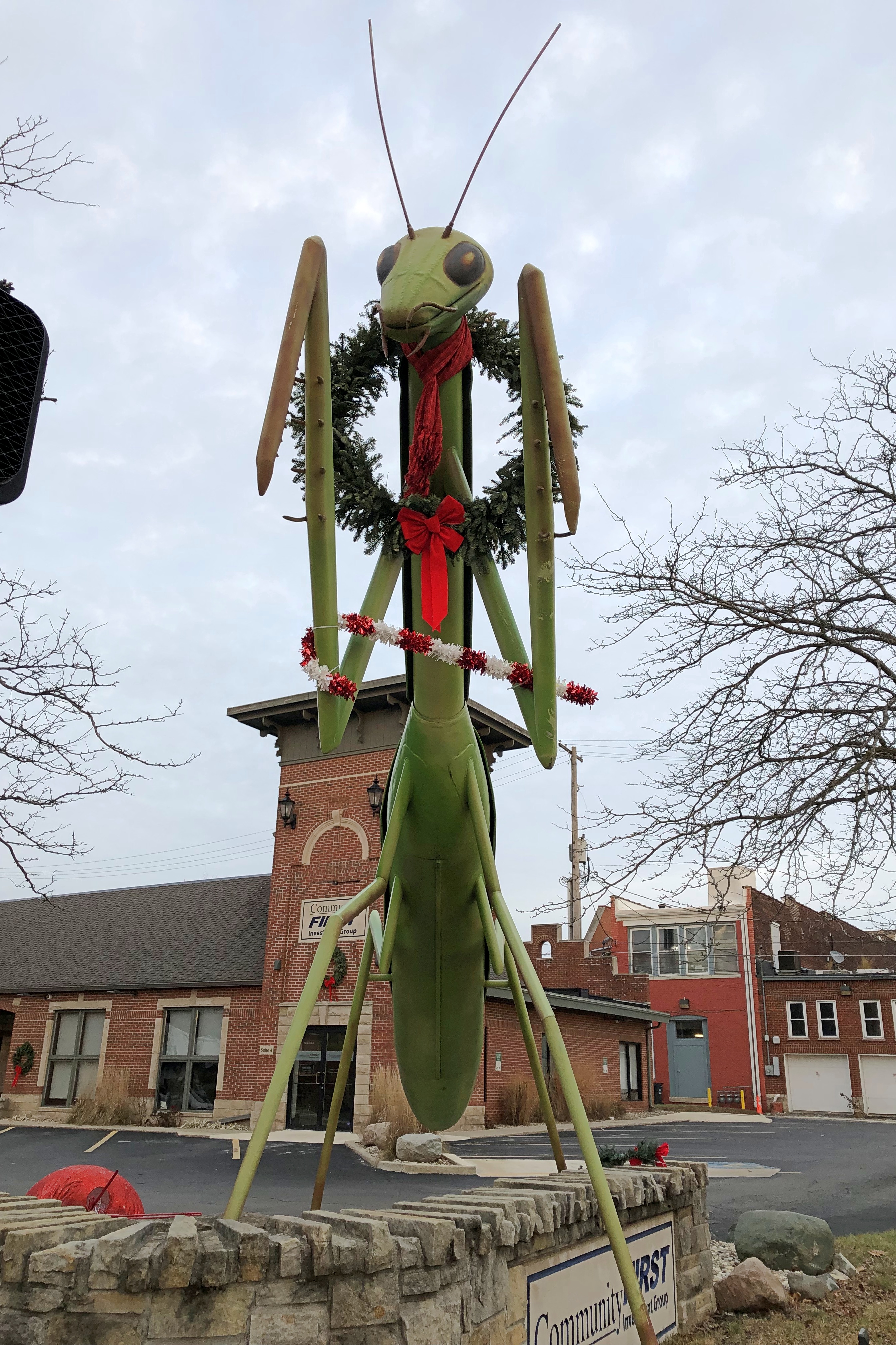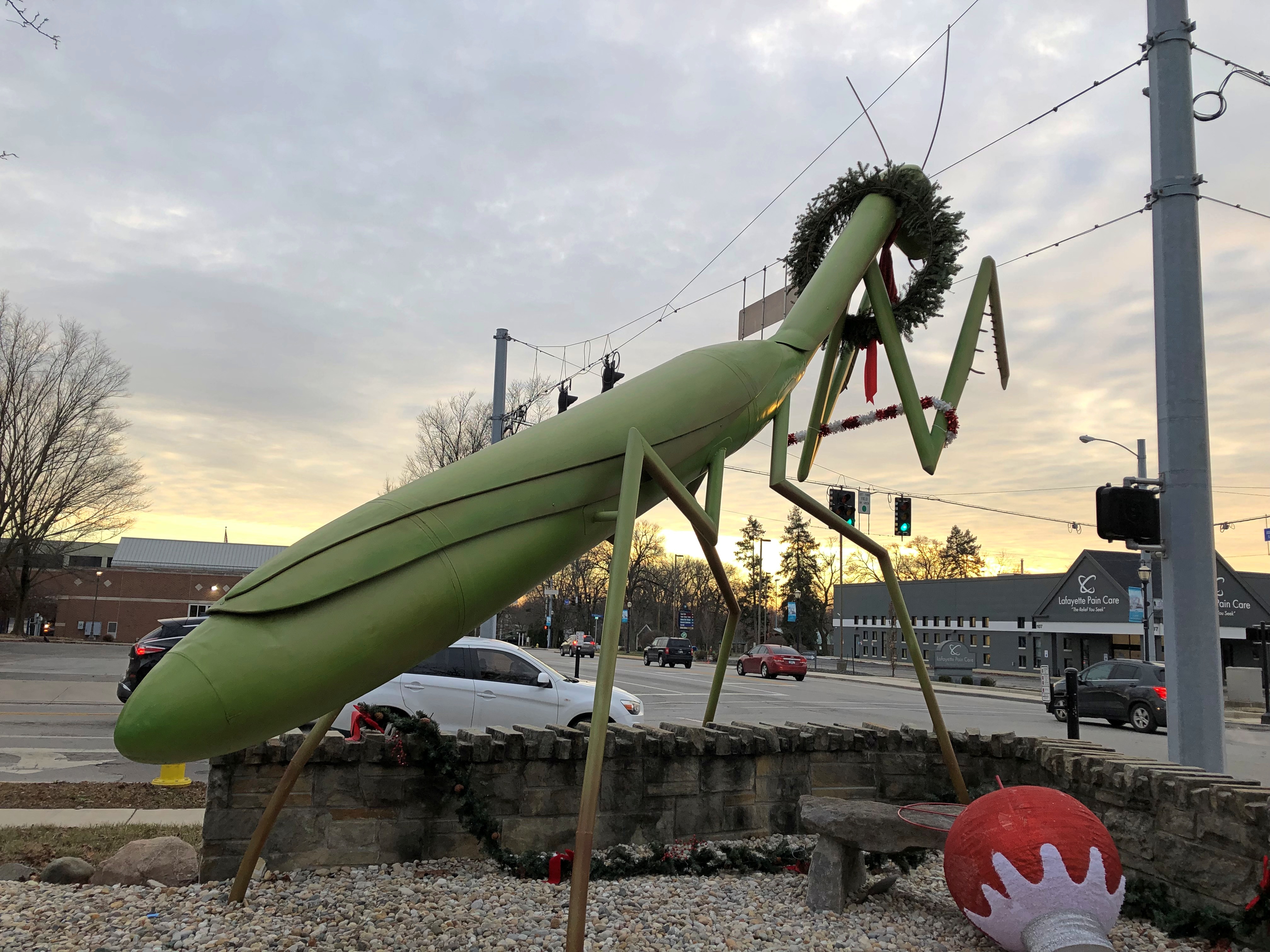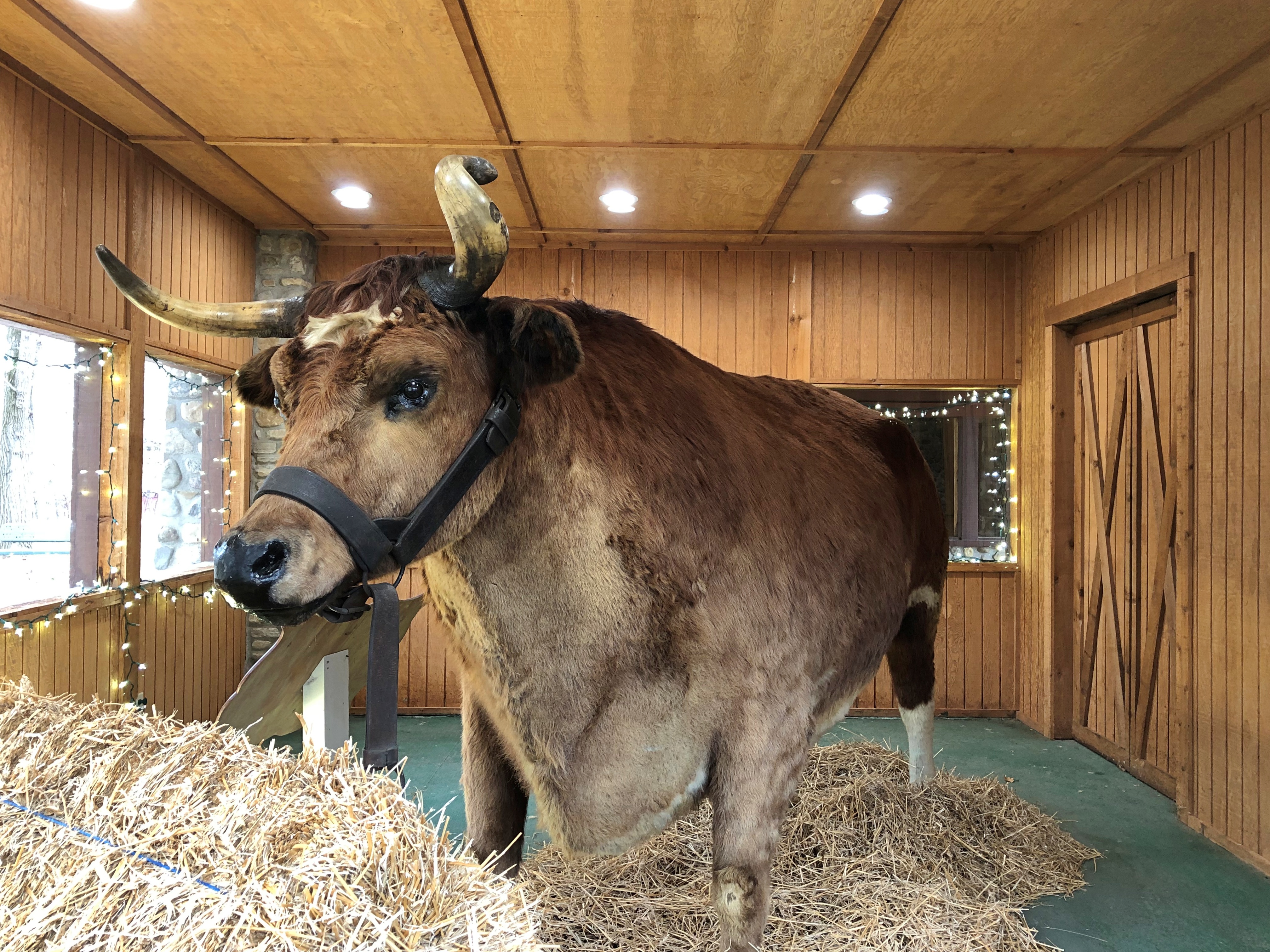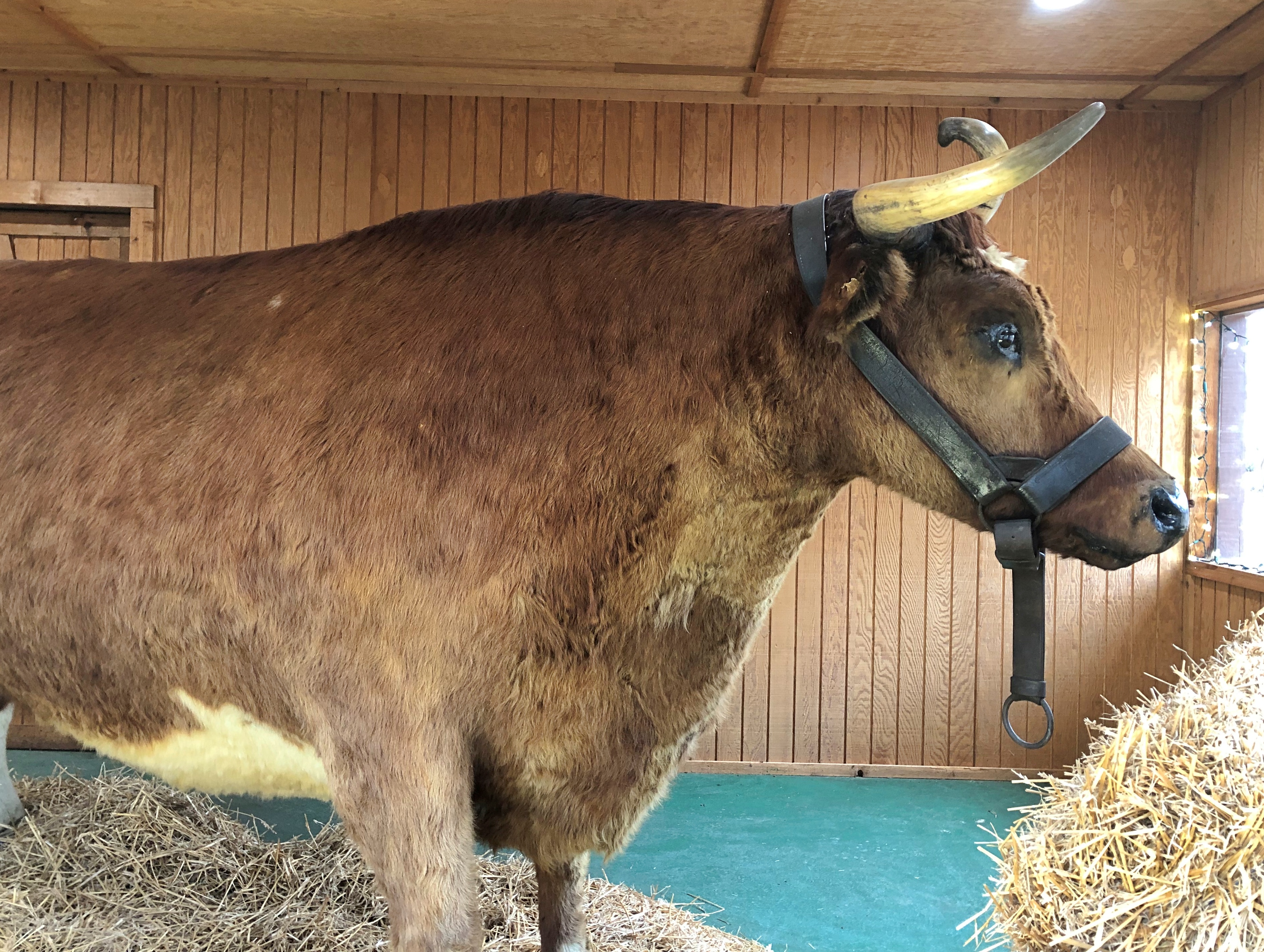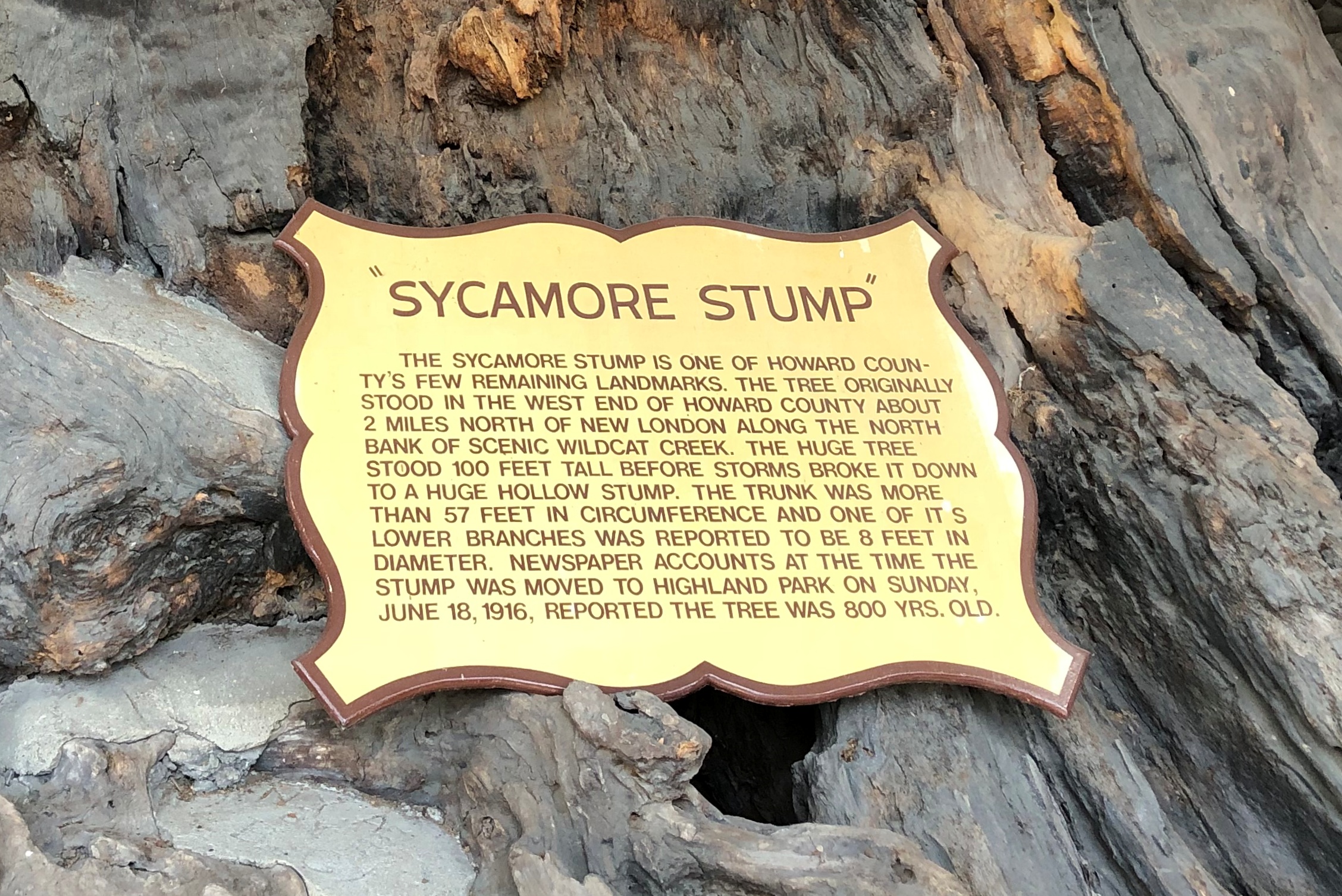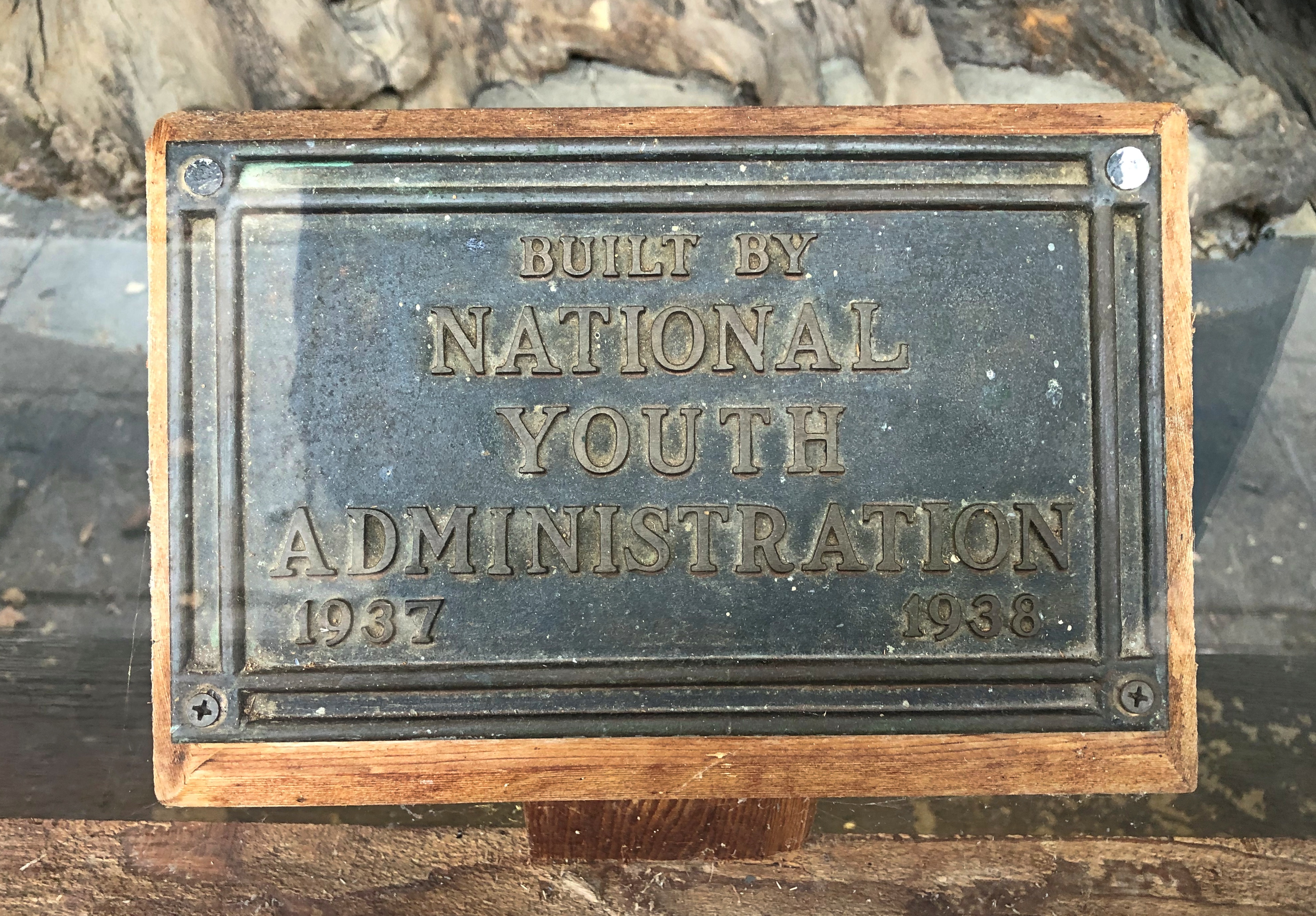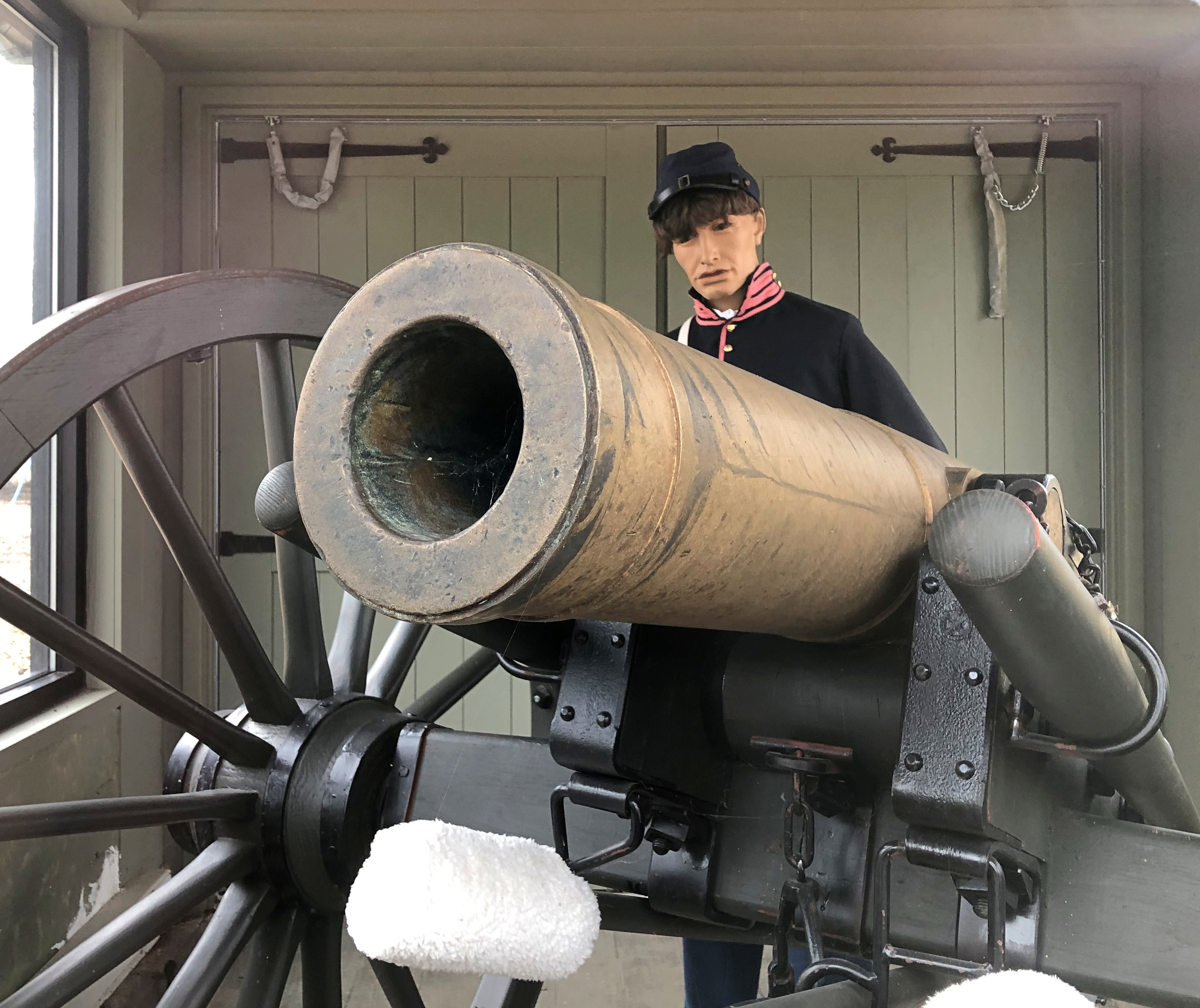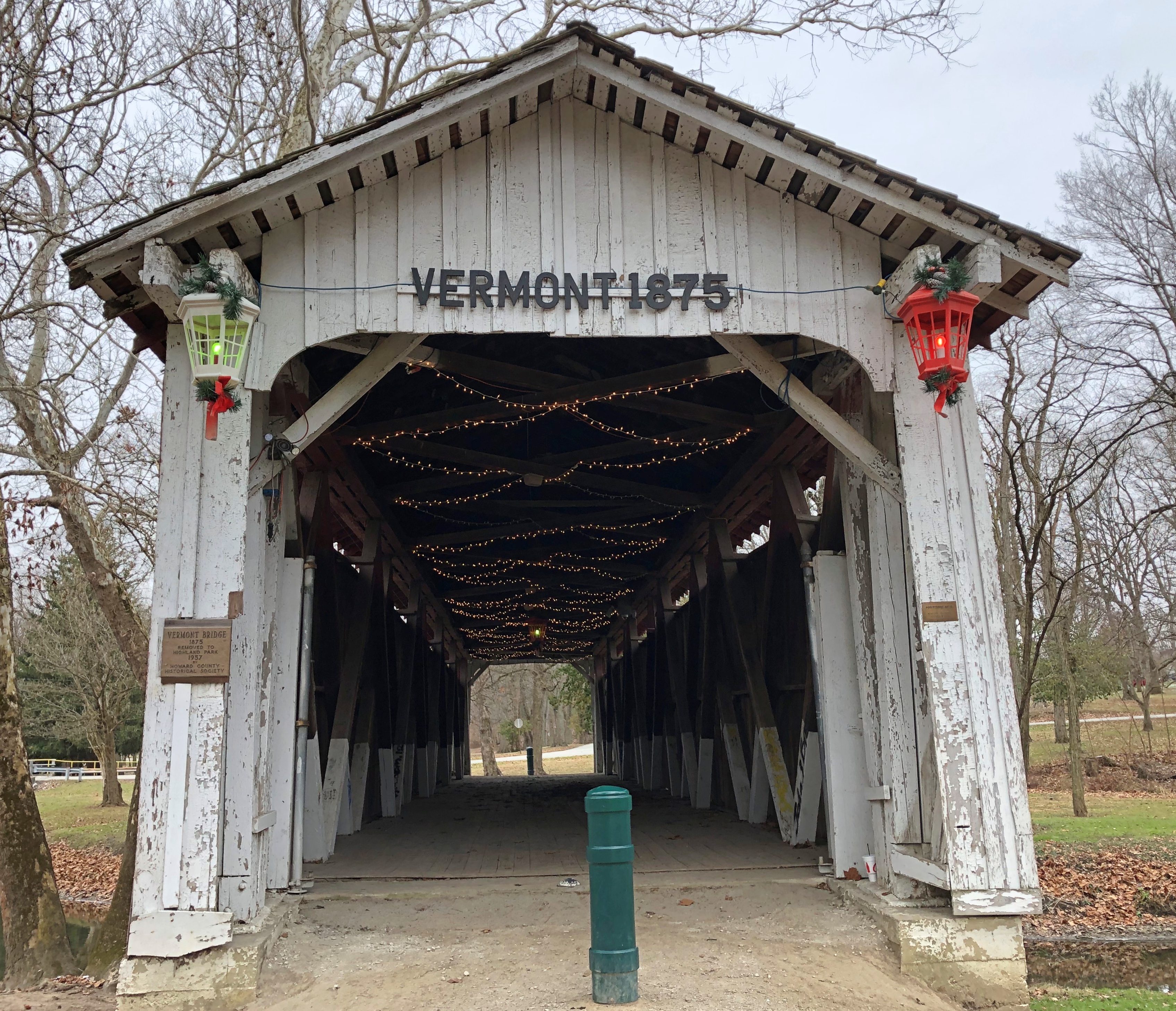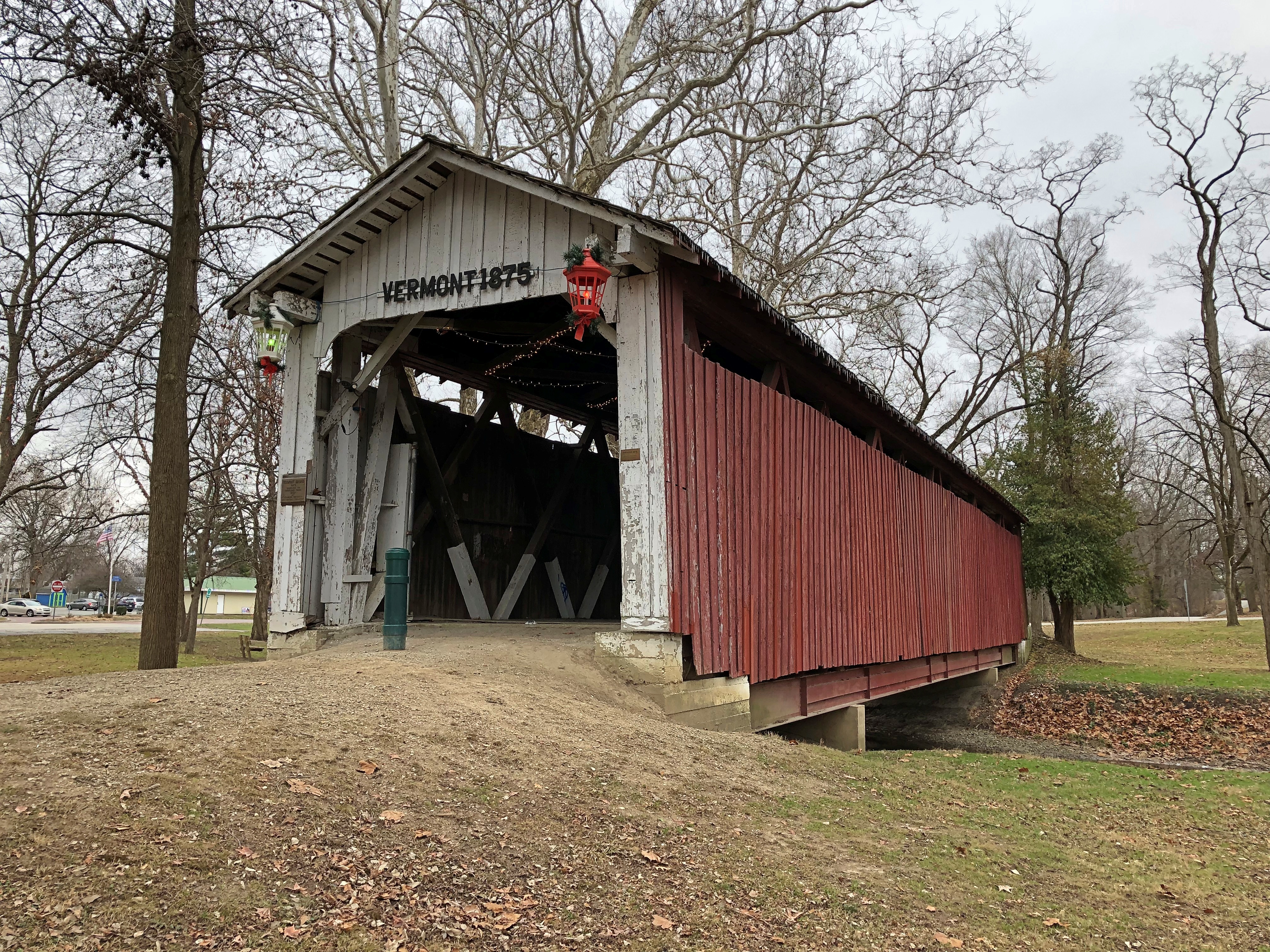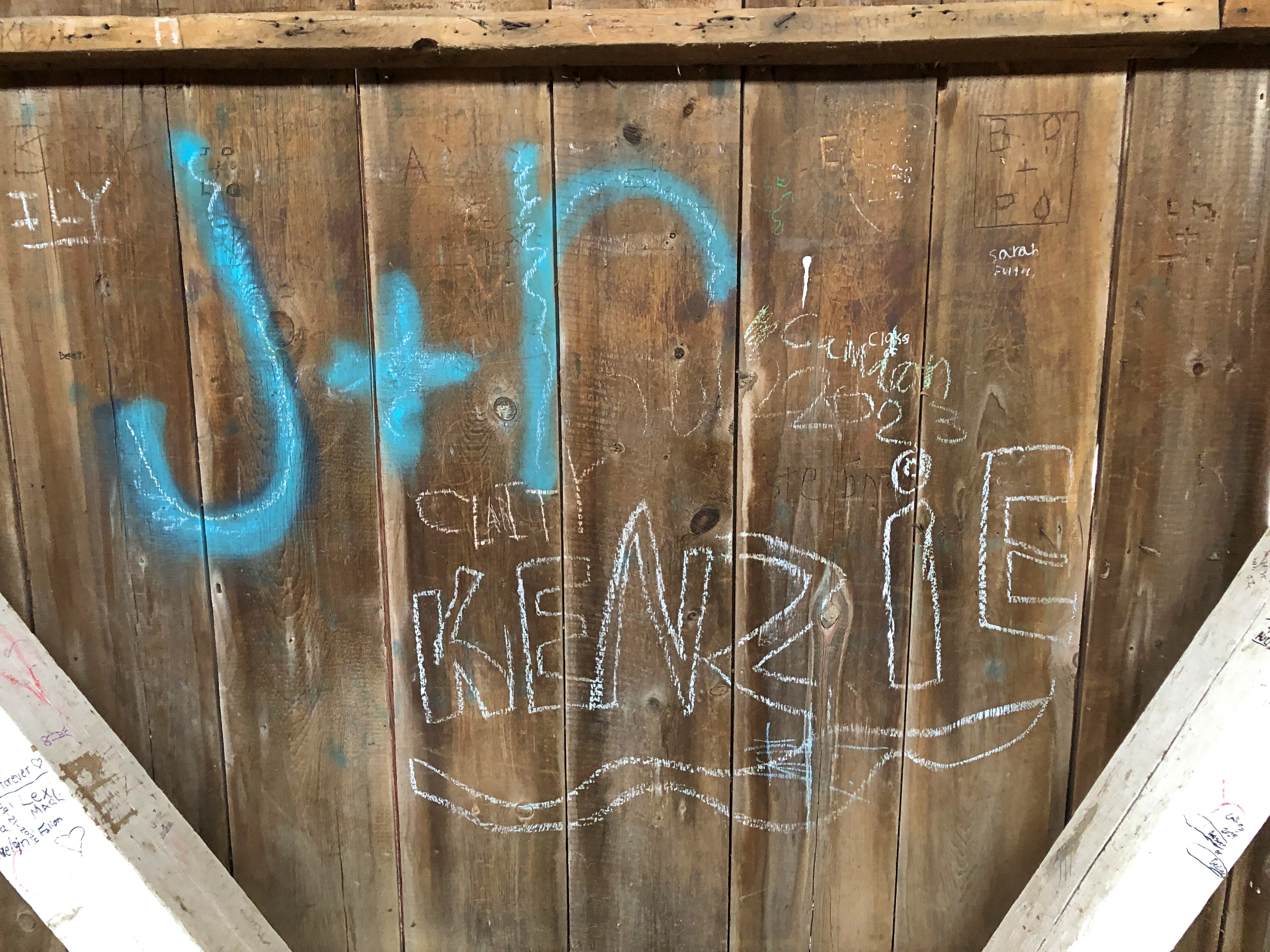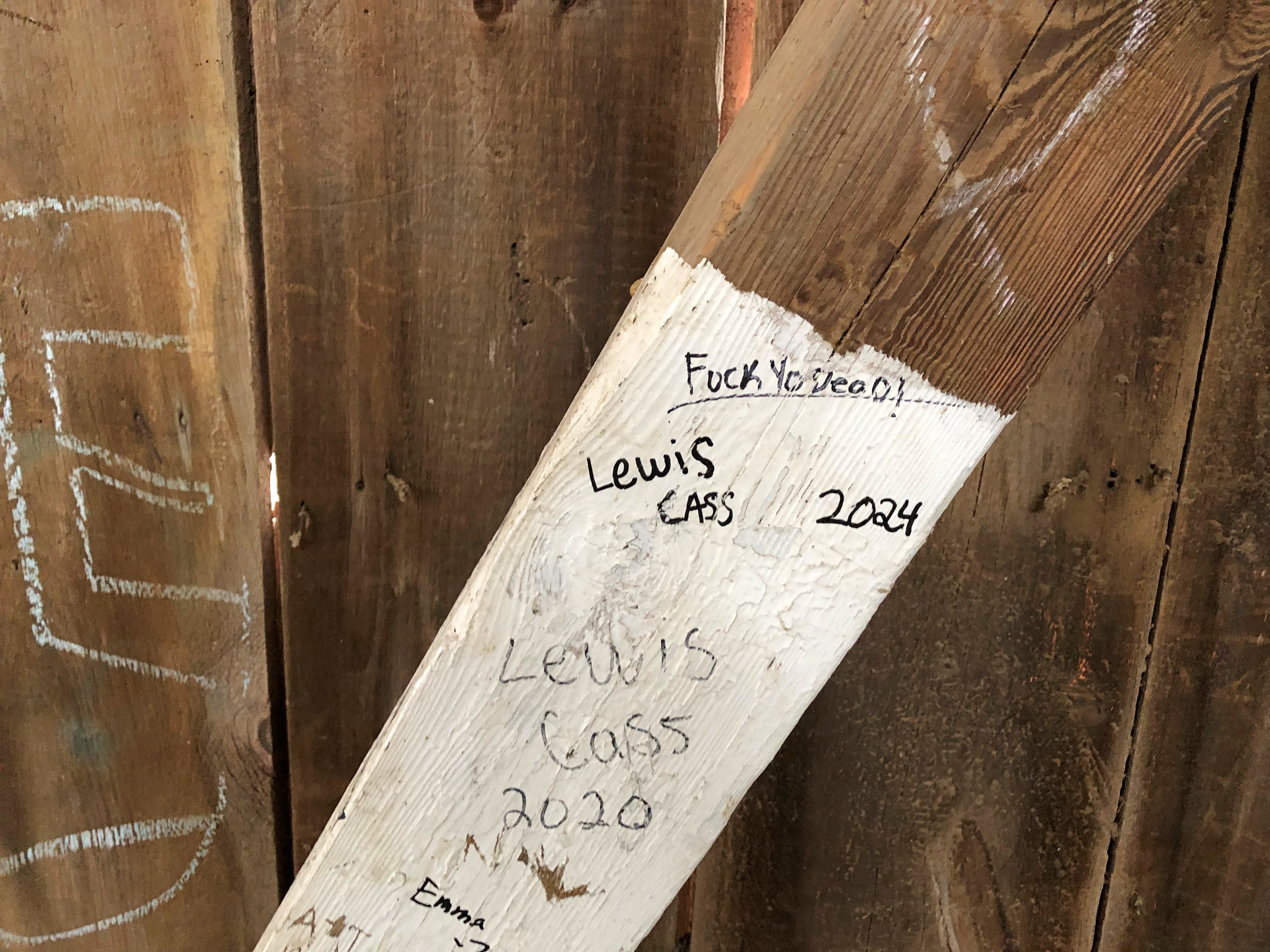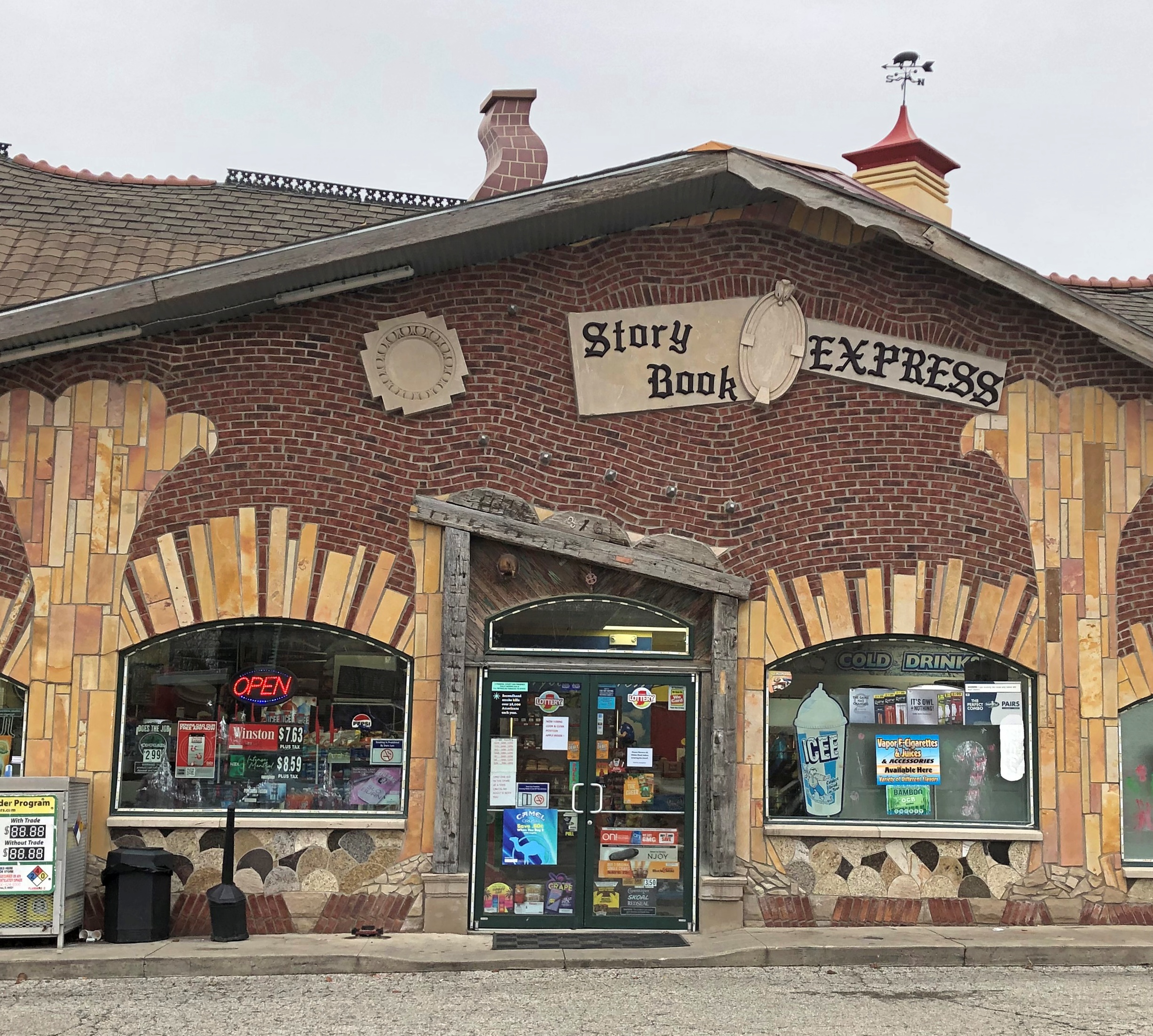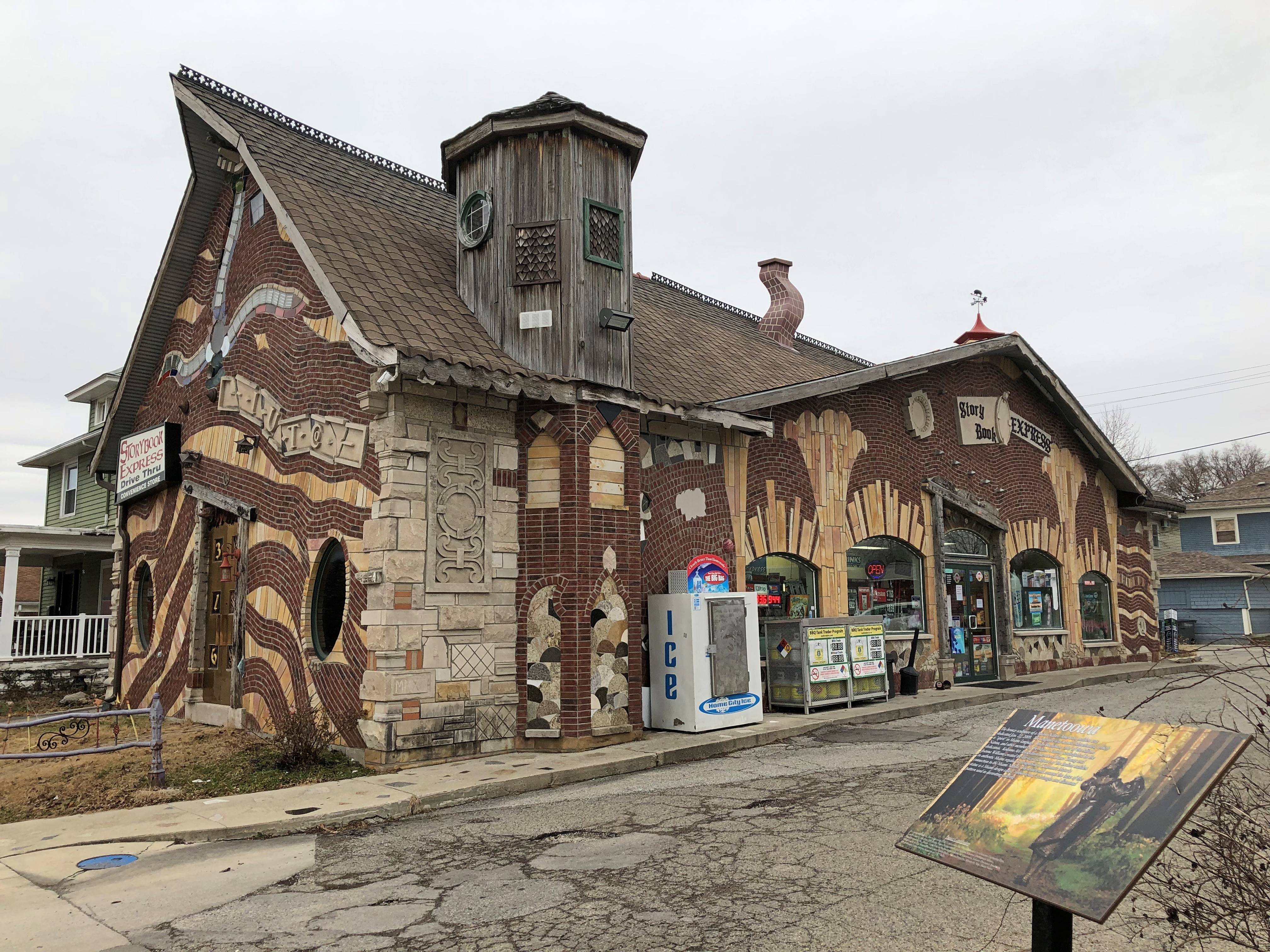The sparse neighborhood cut off from the rest of Corpus Christi by I-37 at least offers a view of the new bridge, nearly complete, that will connect downtown with the North Beach district. New bridge in the foreground, existing through-type arch bridge in the background.
The new bridge has been in the works awhile, including a delay arising from firing FIGG Bridge Engineers from the project part way through. Another FIGG bridge had infamously collapsed in 2018, with the NTSB reporting that “the probable cause of the Florida International University (FIU) pedestrian bridge collapse was the load and capacity calculation errors made by FIGG Bridge Engineers.” Reportedly TexDOT in particular was leery of that company continuing on the Corpus bridge project.
The new bridge will be open by this summer, and soon after the old bridge (vintage 1959) will be demolished. For a narrow window, including January 2025, there are two bridges.
We got a good look at the old bridge from a different vantage.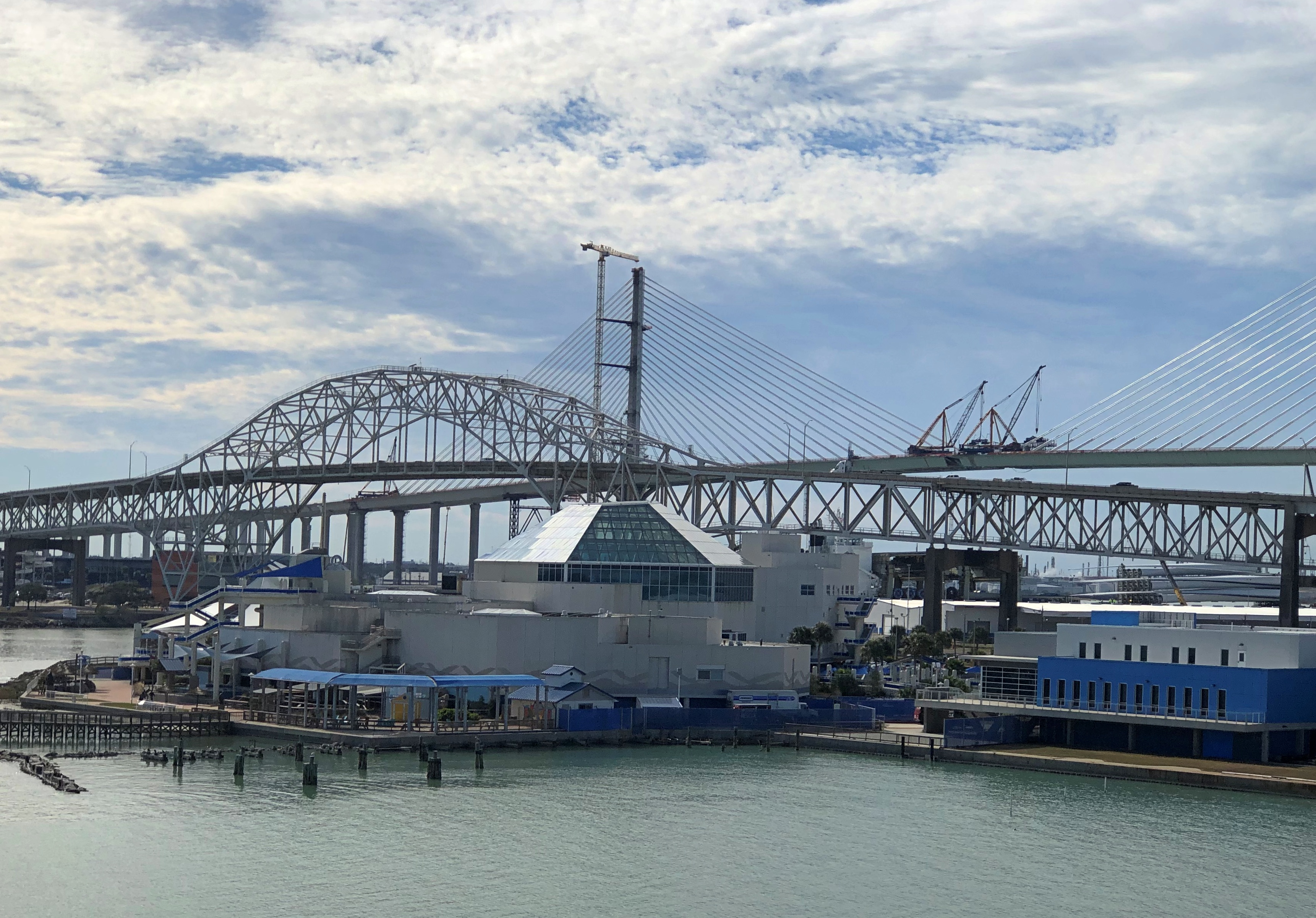
In this case, the Texas State Aquarium is in the foreground. If I’d known that old bridge was coming down so soon, I’d have taken better pictures of it, including from the ground practically under it in North Beach. Never mind. Time flies, things change.
When was the last time I was in Corpus Christi anyway? A question of no importance to anyone else, and not even that much to me, but something I wondered about while visiting the city (January 16). It occurred to me after I returned home that I might have documentation to pinpoint it – the pages of the desk calendars I kept, starting my sophomore year in high school. I used it, as one would, to keep track of things I had to do for school, but I also made notes about social activities, of which there were a fair number. A speech tournament counted as both, and a travel opportunity to boot, even if it were only to other high school campuses in town.
So I checked: I went to a speech tournament at CC Ray (W.B. Ray HS) January 12-13, 1979, and at CC King (Richard King HS) February 16-17, 1979, so the latter is the answer to my question. I don’t ever remember attending a tourney at CC Miller (Roy Miller HS), where my mother graduated in 1943, when the school was simply Corpus Christi HS, the only one in town.
Early in my sophomore year in high school, I was considering joining the speech club, which mainly would mean debating, and in the fullness of time that’s what I did. I must have mentioned my deliberations to my English teacher, Bill Swinny, who also taught drama at Alamo Heights HS. I can picture him: not as old as I am now, but wrinkled with a slightly leathery face, probably from years under a South Texas sun; silver narrow rim glasses; and a full shock of white hair without a hint of youth.
“If you do debate, your learning is going to go like this,” he said, holding his hands near each other, as if he were about to clap, and then spreading them wide apart – a hell of an effective gesture, with the fact that I remember it after nearly 50 years proving the point. Guess Swinny, who had been on the stage professionally, had that actor’s instinct for gestures.
He was right and it wasn’t long before I realized it. But I probably would have joined debate without his encouragement. Debate meant Friday and Saturday trips to other high schools in San Antonio (I suppose we got all or part of Fridays out of class to go, at least when I didn’t have a football game to go to, and assuming good enough grades). Even better, it sometimes meant going to other cities: Austin, Houston, Dallas, Corpus, even as far as Midland, Texas.
Under the sort of loose supervision that was common in those days. People wax nostalgic for that sort of thing, and they’re right.
I remember traveling by student-filled bus all the way to Stevens Point, Wisconsin in August 1978 for a school club trip (not speech, math) and being completely free to set my schedule once I got there. One day I skipped a few of the organized events and took a long walk around Stevens Point, including a visit to a local church, St. Stanislaus – probably the first time I’d ever looked inside a church, just to see it – and wandering through a large greenbelt around a pond, with fragrant pines that made the place seem intoxicatingly far away. I came home a better person for that amble, and being trusted not to be a moron.
Like band, speech was a social occasion with other members of the club, away from school, away from our families and usual-suspect friends for a little while. It meant nights in motels and occasionally actual hotels, and meals in restaurants beyond our usually haunts – generally organized by the students themselves, such as the time in Corpus we had to put our heads together, in those pre-Internet days, to find and procure food from the known-by-reputation somehow Star Pizza. (Or maybe Starr Pizza, since there’s a street of that name in the city). It might have been middling pizza by later standards, but I’m sure it tasted better for the effort we put into it.
We speech club types were bright but mostly well behaved, and I don’t remember that the teachers ever regretted our loose supervision. There were minor amounts of unreported underage drinking (which I never liked much myself), but no one got too stupid from it, to the point of anyone’s parents having to collect them.
There was the time we sang a few parody songs in one of our hotel rooms. In Houston, maybe. Fairly mild stuff, even then. “Rock Around the Clock” became “Rock Around the Cross,” for instance, with lyrics that would have been offensive, and certainly ridiculous, to some older ears in Texas at that time; but no one else heard it. We might have been loud enough to be heard in the hall, but I doubt in any other rooms. None of us recorded it, either. No one would have thought of that.
That same hotel-room gathering, without any one older around, we talked about what we knew or had heard about some of the other teams from other schools, including opinions about who were the toughest opponents, and otherwise. I don’t remember any details. It would be demented if I did. But I know that that moment was both business and pleasure.
Speech was also an opportunity to meet fairly smart girls who were also exotic. By exotic I don’t mean anything like ethnic background, but rather that they went to other high schools. Even more exotic, other high schools in other cities.
There turned out to be a lot of nuance to that meeting girls thing, something adolescent boys are only dimly aware of. During that single trip to Midland for a speech tourney, I remember my debate partner and I went up against two female partners from who knows what school in an early round of what was called Standard Debate: one team affirmative, the other negative, each partner speaking in turn about whatever the subject was that year. Energy policy? It was the energy-crisis ’70s, after all.
The opposing teams sat across from each other at the front of a classroom, with the judge and any other spectators sitting where students normally would, though in early rounds you could expect few other people besides the judge. So the teams had a pretty good view of each other. One of the opposing girls spent a fair amount of time staring at me. Or so it seemed.
She was lovely. My kind of lovely, as it happened: dark hair, dark eyes, slightly olive complexion. Unusual for those days – an era of straight hair for girls – she sported a lot of curls. Also, she was dressed if not to the nines, pretty close, since nice clothes were mandatory for all debaters, and of course the girls tended to put a lot of effort into how they looked, while it was enough for boys to be in a suit and have taken a shower recently.
I don’t remember anything else about that debate, not even who won. After it was over, the girl debate team was gone in a disappointing flash. No time for small talk, as was sometimes the case.
In conversation not long after with some other (male) debaters, this particular team and its curly-headed debater came up. That’s what she does, I was told, stares at male debaters to distract them. So it was high school-level psyop.
I could have taken a misogynistic lesson from that, but I don’t think I did, and certainly don’t now. She was just using an advantage that was temporarily hers, and, since everyone else seemed to learn about it pretty quickly, probably not that effective. But it was memorable.
One more story: there was that other time that the faculty advisor of the speech club, a youngish woman (early 30s, perhaps) who was with us on a trip to Uvalde, apparently left us completely and went across the border with her boyfriend for an entertaining evening (or night?). The student president of our chapter of the National Forensic League, who did not like her – thought of her as ditzy, if I remember his phrasing right – got wind of that and narked her out to the administration. Soon we had a new advisor. Supervision might have been loose, but it wasn’t supposed to be nil. I don’t know whether there were any other negative professional repercussions for that teacher or not.
Well, maybe that time that was an example of a teacher regretting the loose supervision of a bunch of bright ’70s high school students.
